
I first visited Anglers Paradise over thirty years ago and at the time it was all very new and I wasn’t too impressed with the rather stark collection of large ponds and lakes. At the time I frowned upon the extensive commercialism that was creeping into angling.
Today when I visit Anglers Paradise I rejoice in the amazing transformation of the complex nestled deep within the heart of Devon the thirty plus lakes have matured along with the extensive woodland and wetlands that now provides a diverse habitat abounding with wildlife and fauna.
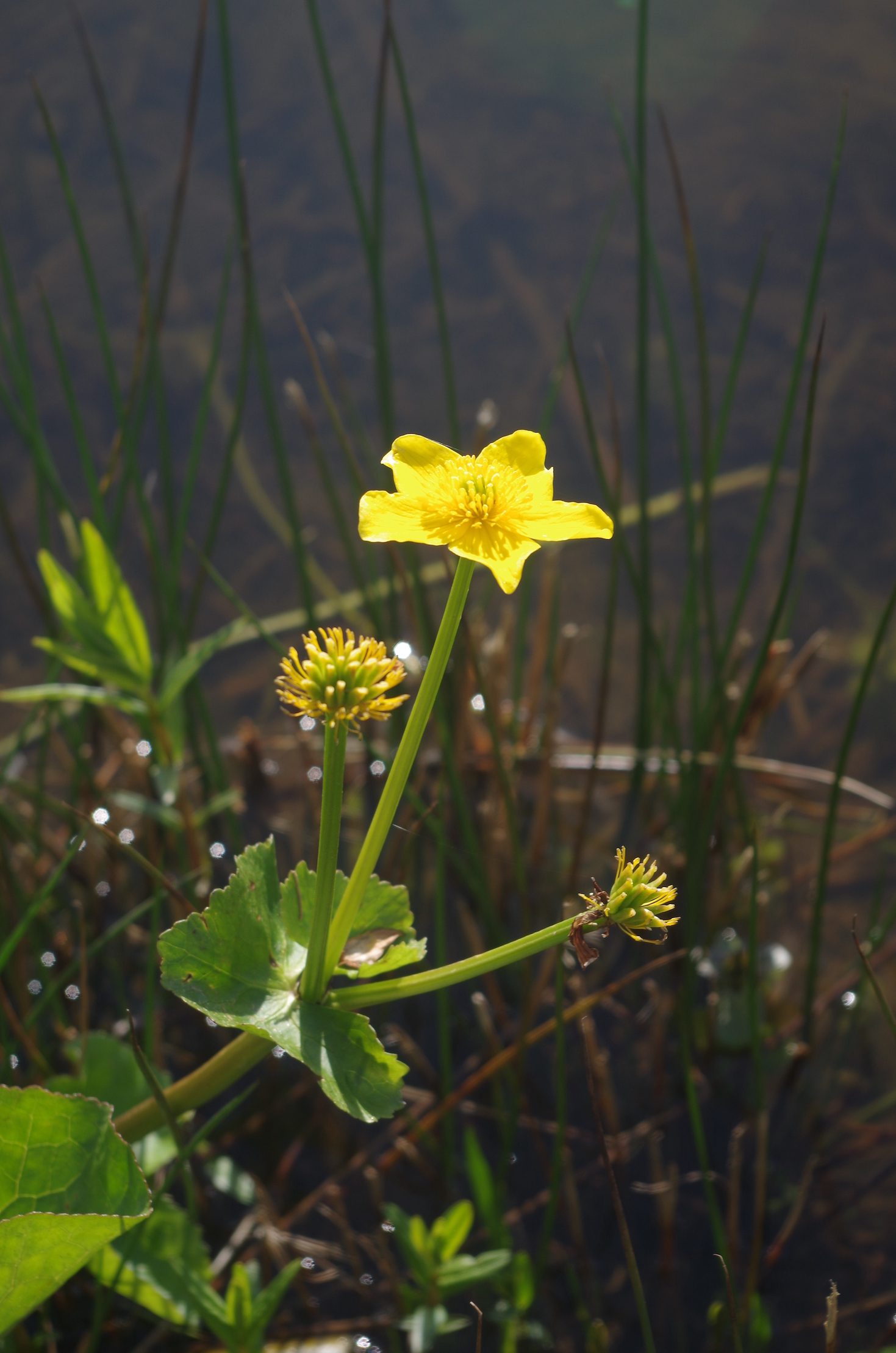
At the heart of the complex is of course Anglers Paradise the vision of the colourful character Zyg Gregorek. The luxury holiday destination for thousands of happy families over recent decades and famous for its wealth of fishing opportunities.
On this occasion I was visiting the Nirvana Trout lake with Snowbee Ambassador Jeff Pierce. Recent reports had hinted at some rather special trout residing in this 2-acre lake including specimen tiger, rainbow, blue, brown, golden trout and artic char. The lake is strictly catch and release with unhooking matts and rubber nets mandatory along with barbless hooks, single fly and minimum line of 10lb b.s.
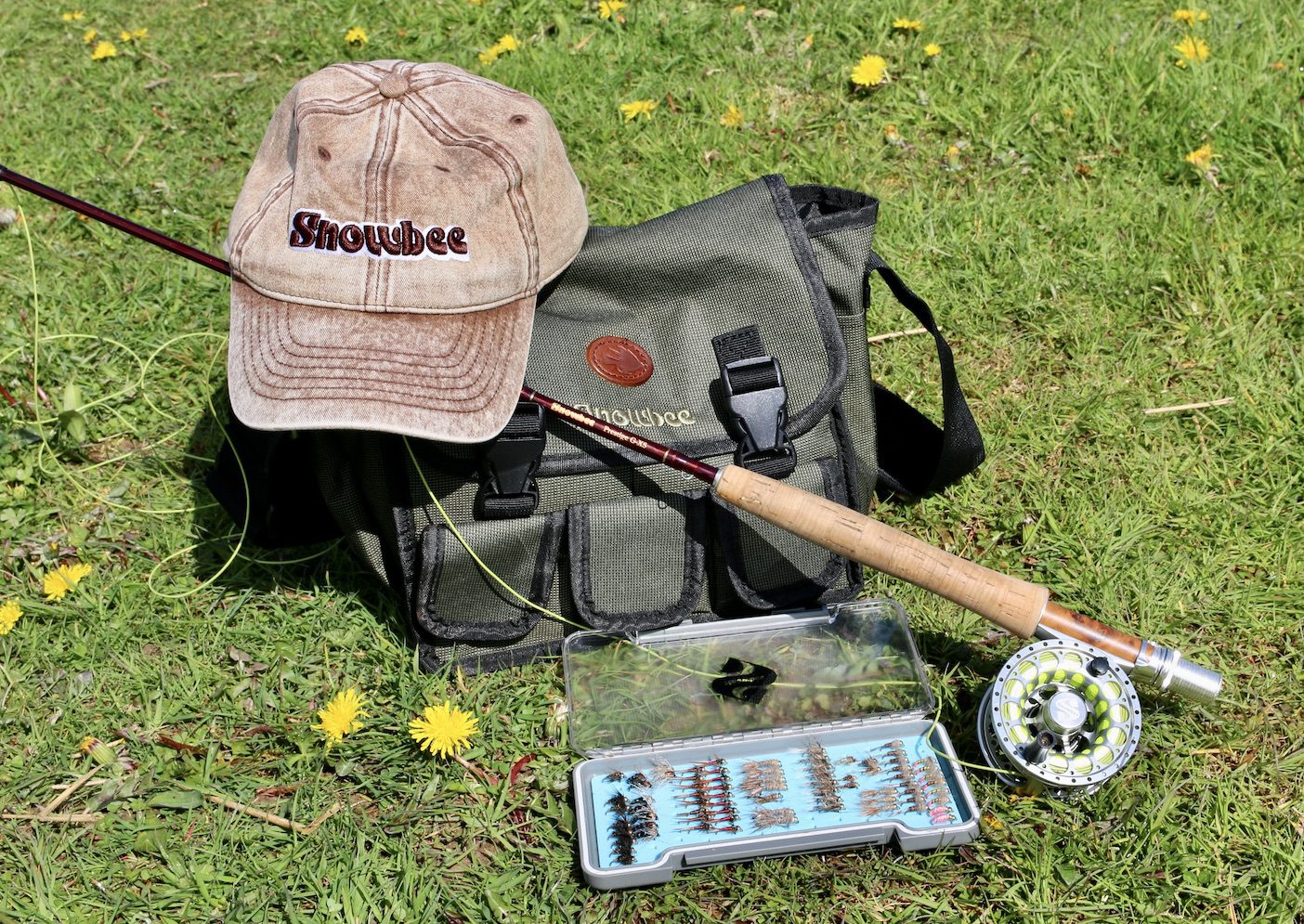
We met up in the lakes car park at 9:30am and looked out to the lake across the grass meadow that was punctuated with hundreds of pale pink cuckoo flowers commonly known as lady’s smock. Wispy white clouds drifted high in the bright blue sky and bird song resonated all around. I passed Jeff a fresh jam doughnut and poured a coffee. A days fishing ahead life doesn’t get much better than this!
We both set up with light 6 -wt rods with floating lines and walked confidently to the lake. The water was crystal clear with tadpoles swimming in abundance along the margins.
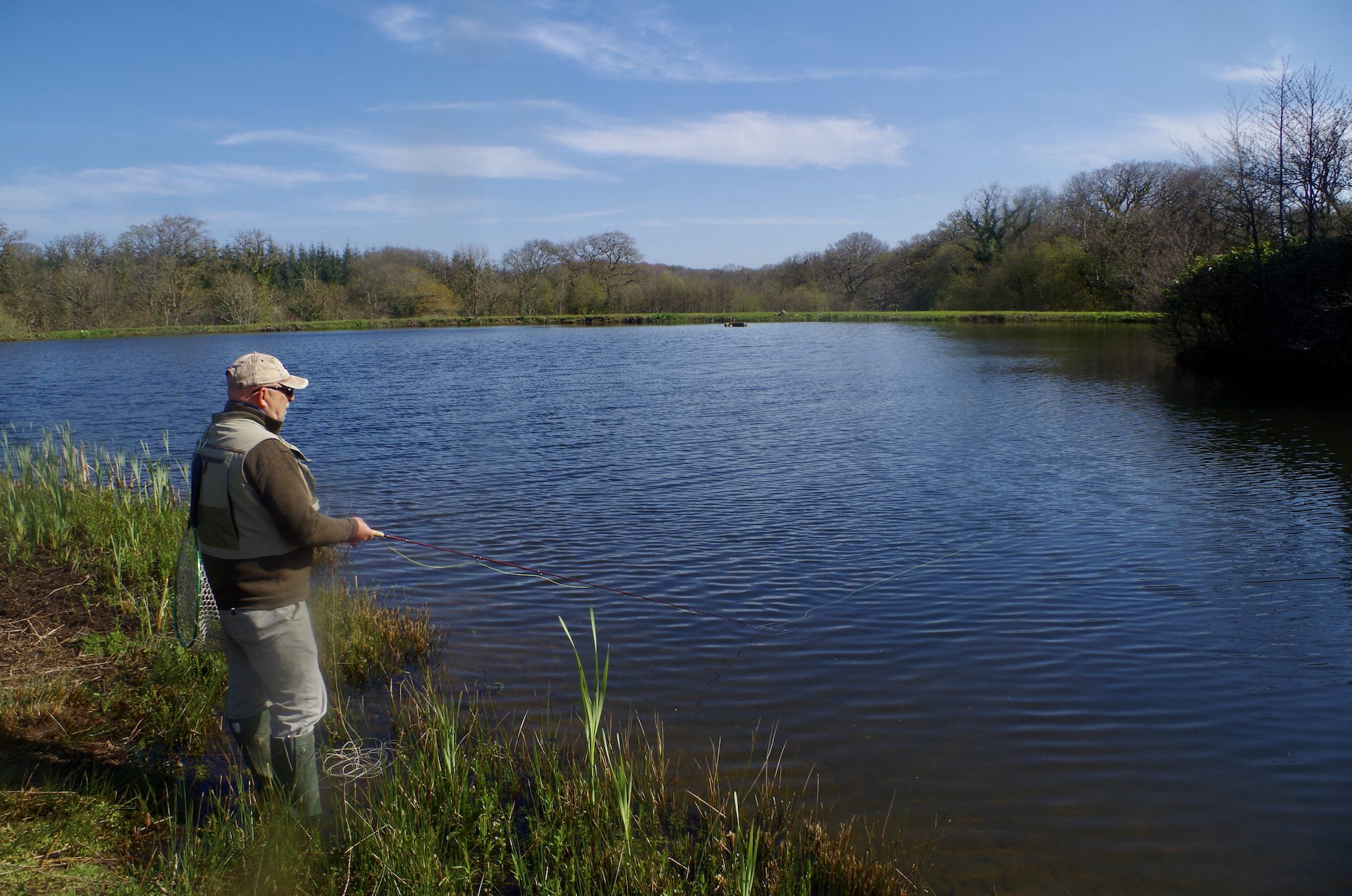
We started fishing on the near bank both of us opting for damsel nymphs. After just a few minutes Jeff called out with his rod well bent and a good trout darting to and fro in the middle of the lake. I rushed over and did the honours with the net, thrilled to share in the moment. A fine tiger trout of close to 3lb was a great start to the day.
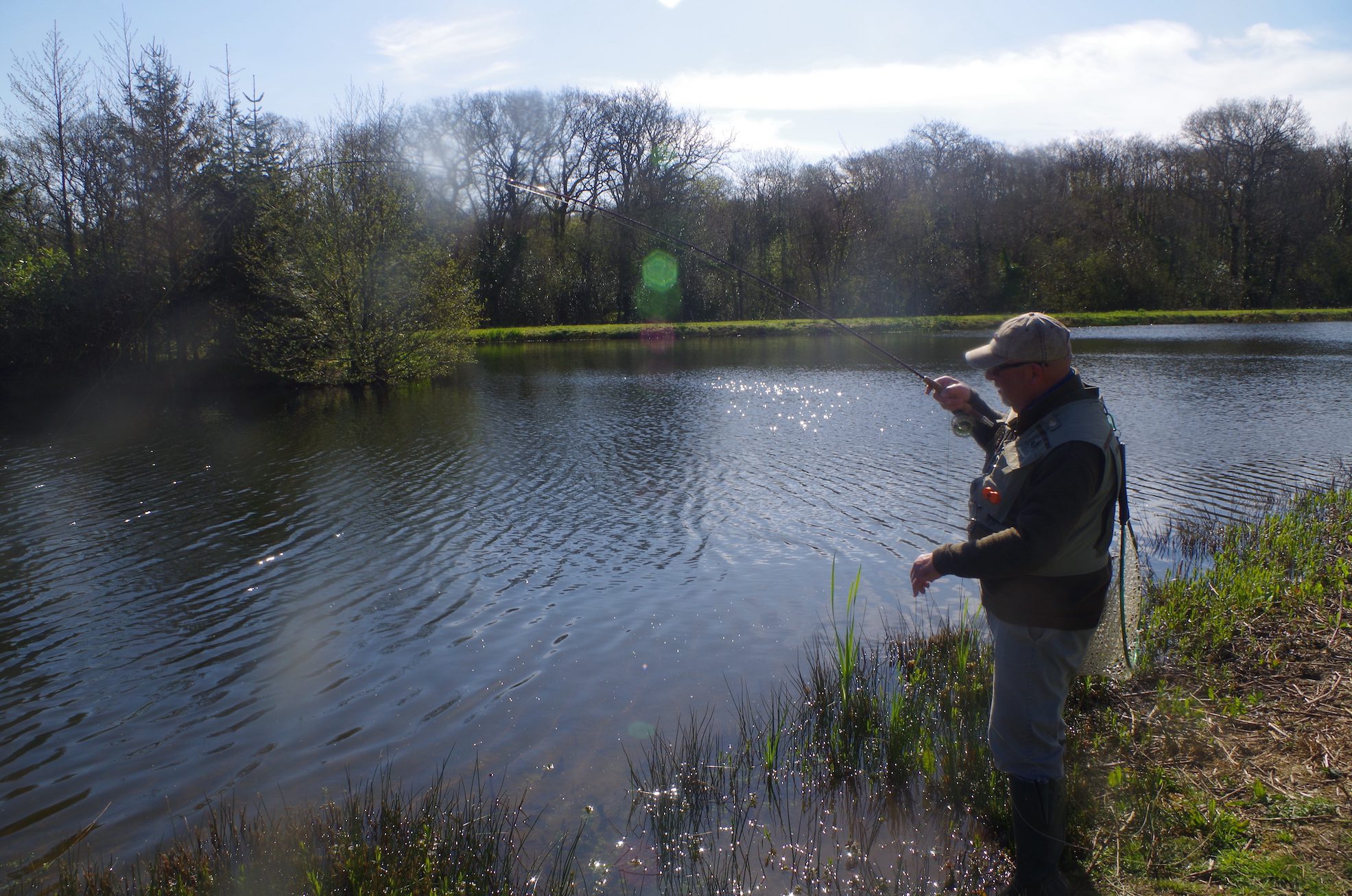
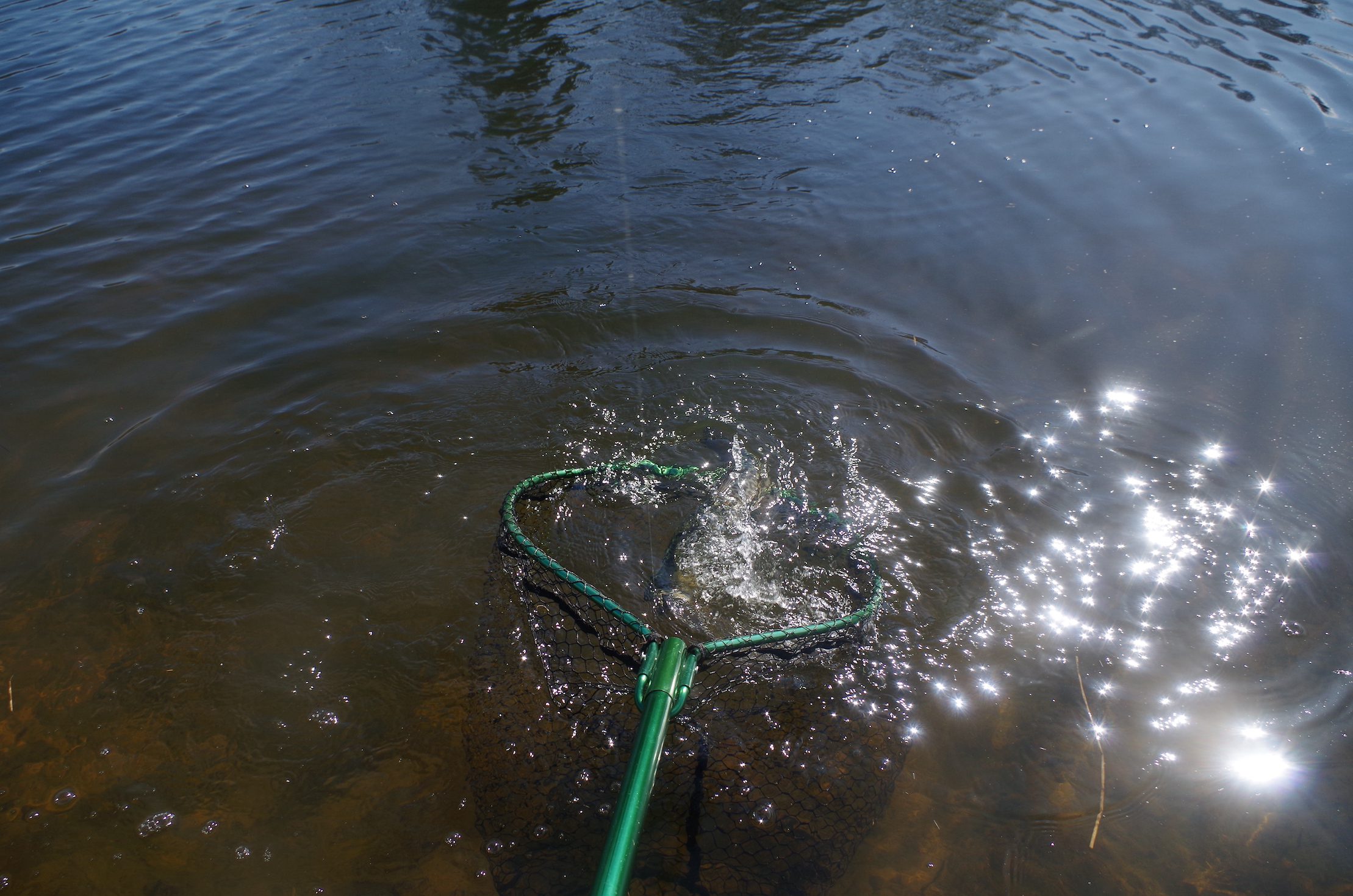
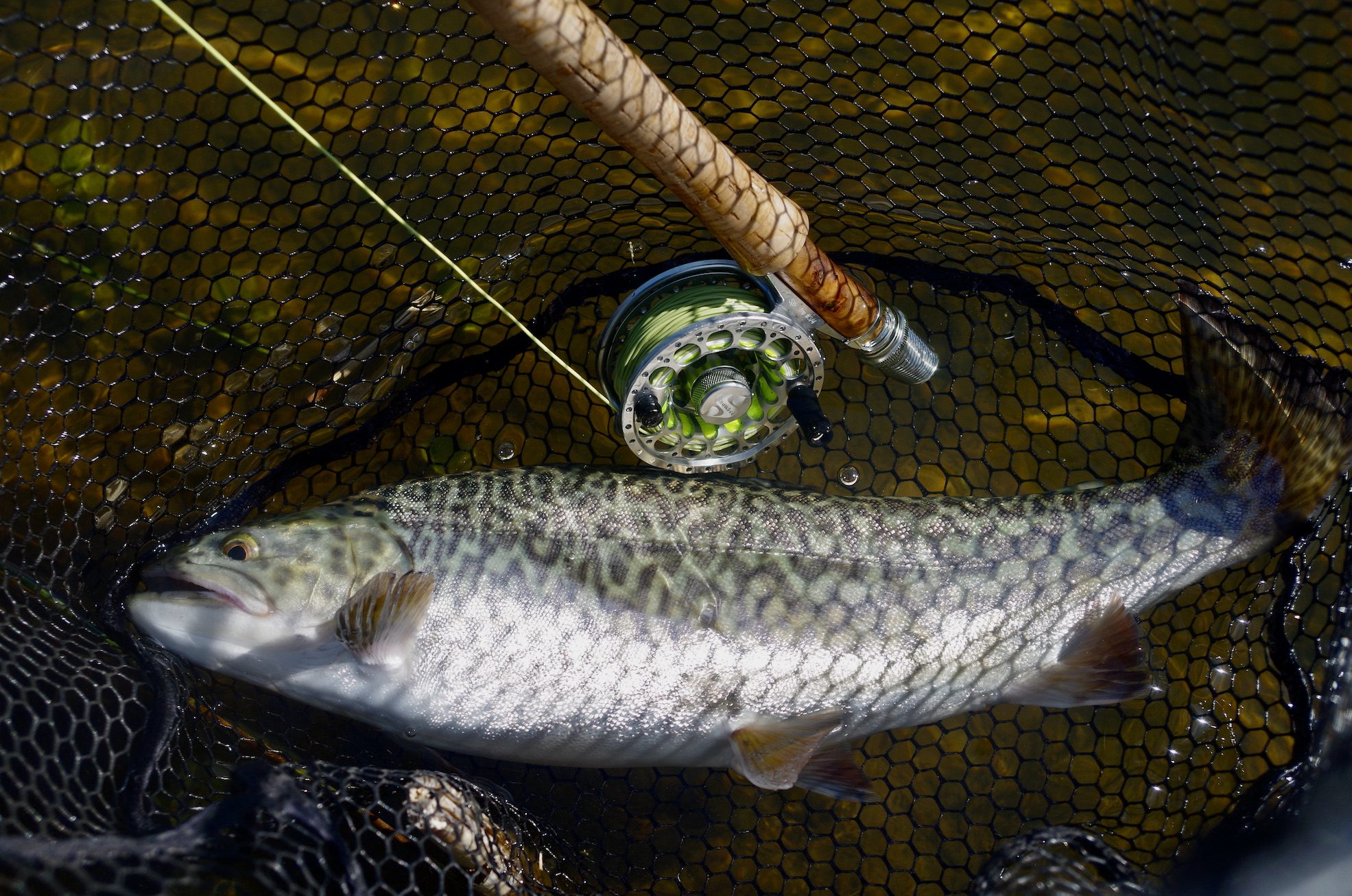
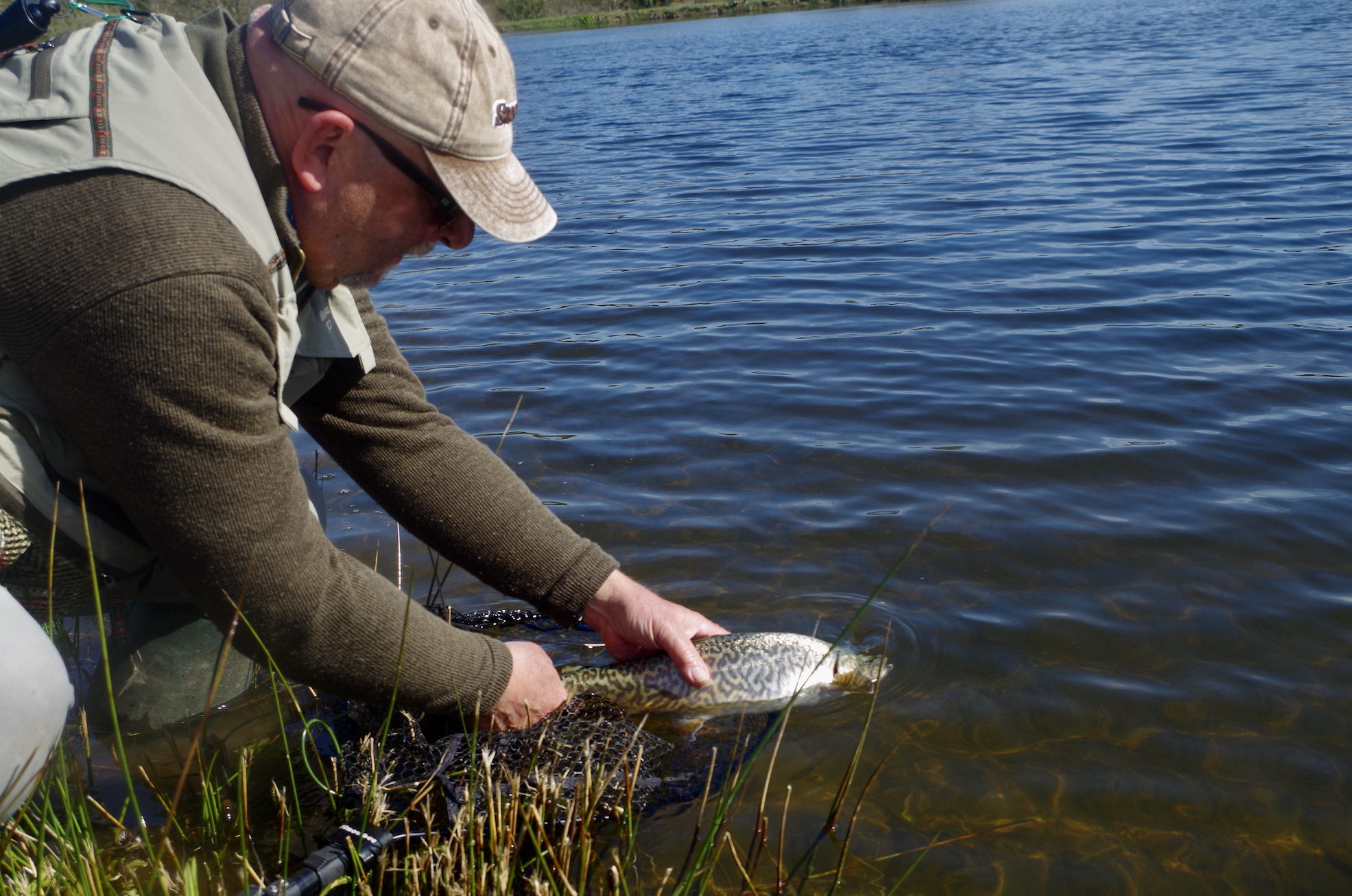
We fished on for half an hour but Jeff and I both eyed up the far bank where several fish broke the surface on a regular basis. The water was deeper on this bank. On just the second cast Jeff was again in action his rod hooped over and his reel singing as line was ripped from the spool at an alarming rate. Several anxious moments followed as the fish headed for the concrete overspill monk. Pressure from the rod soon told and a fine rainbow that must have been close to 6lb graced the net.
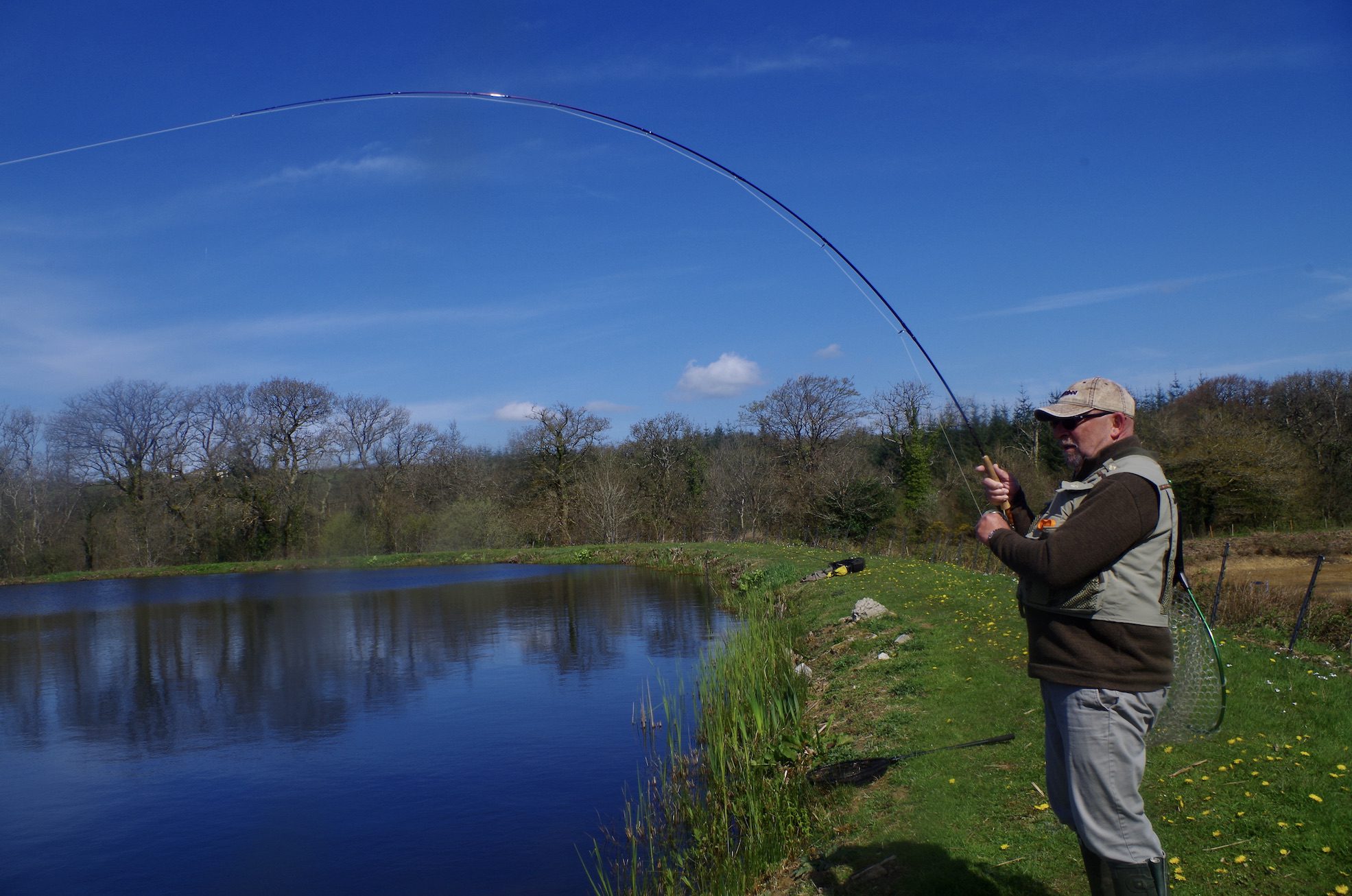
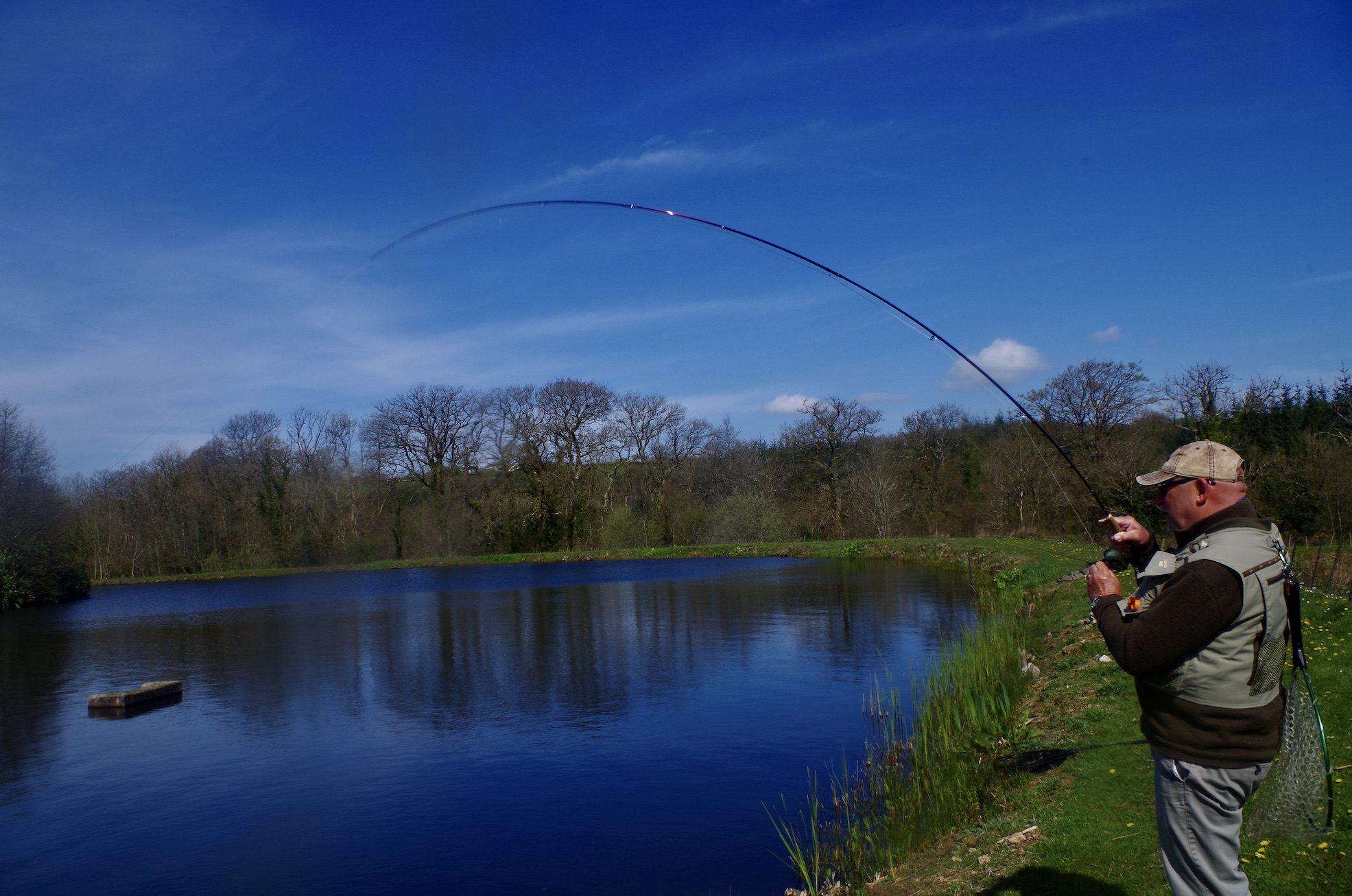
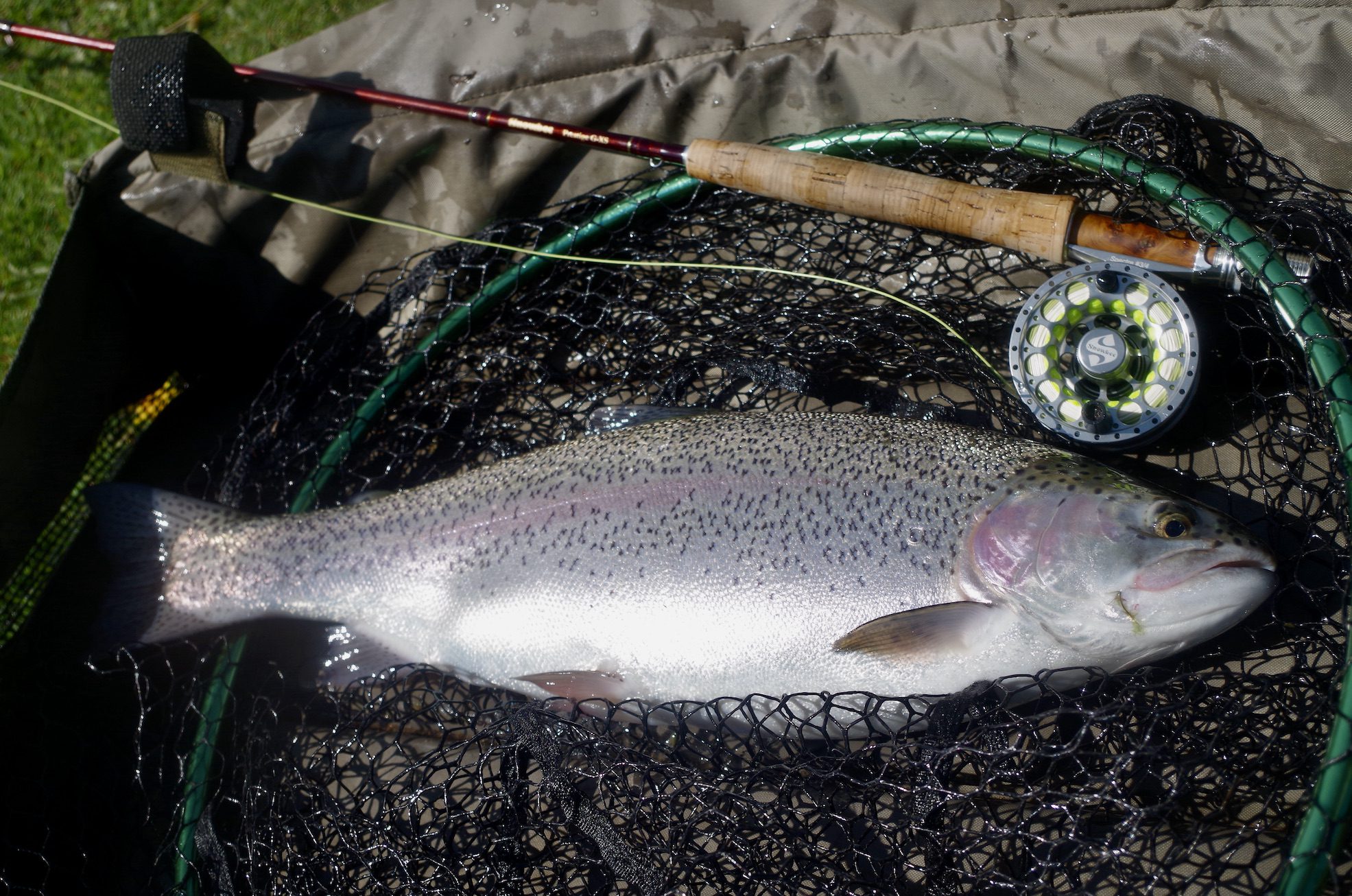
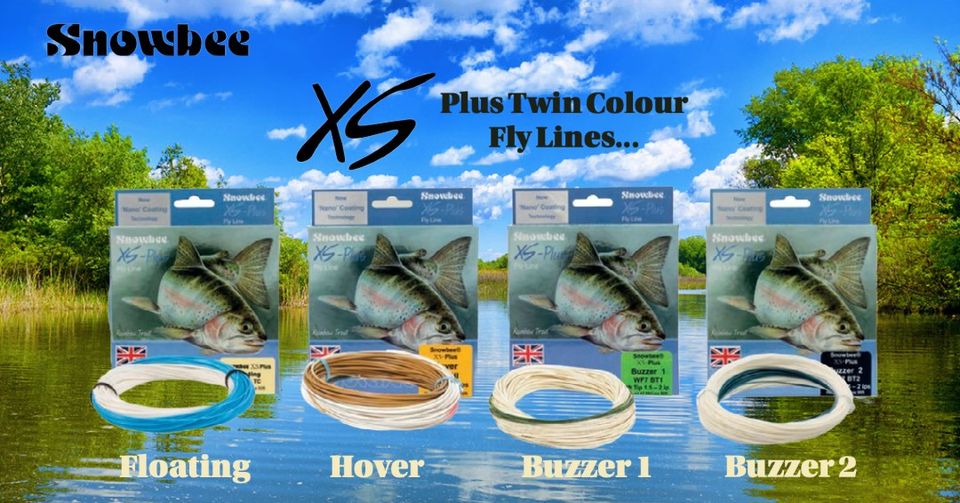
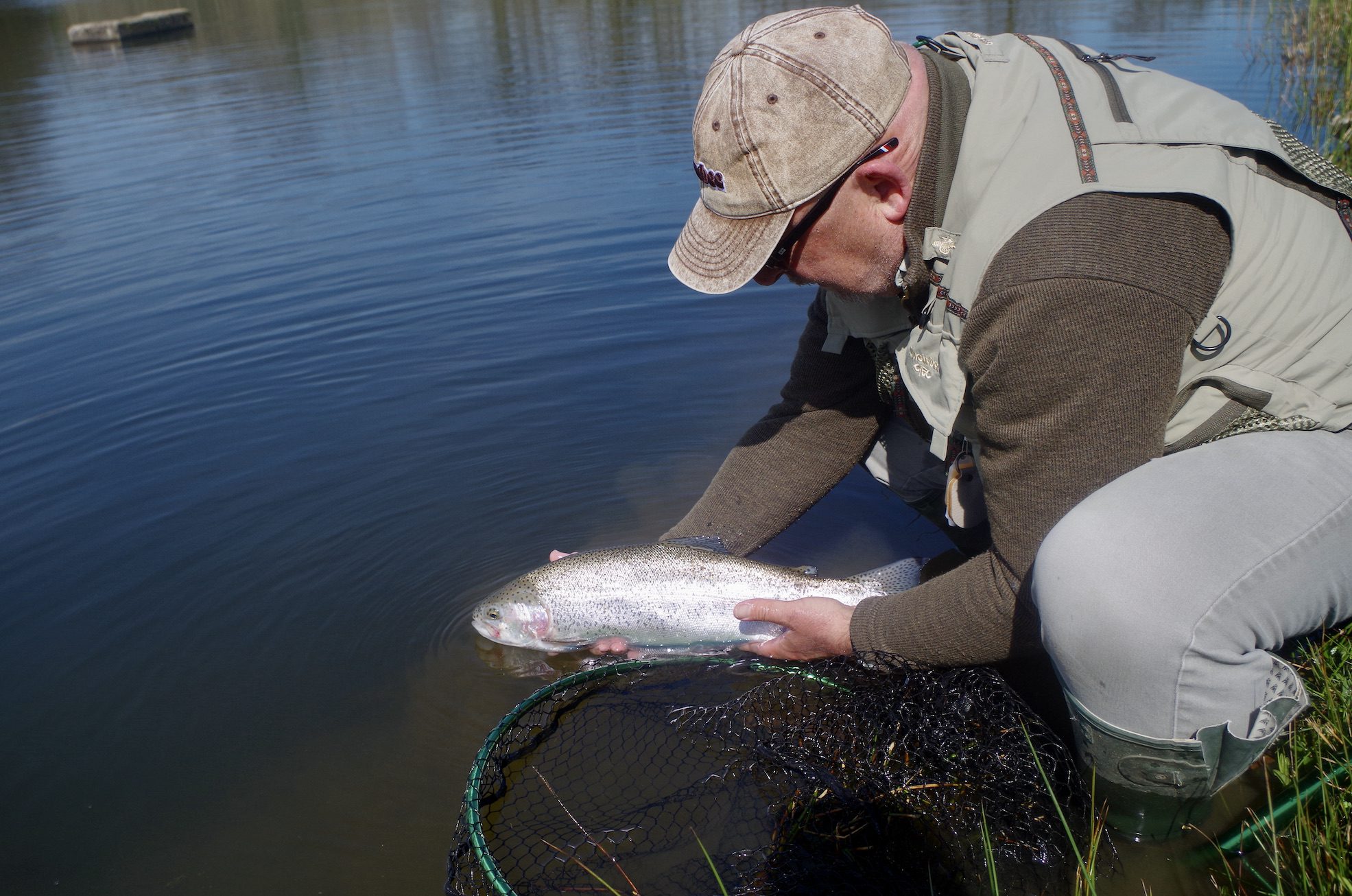
Being catch and release we had both elected to leave the scales at home and not give the fish a number. A quick release of the trout with an absolute minimum time out of the water is essential to maintain these valuable pristine stock fish.
The day progressed beneath the bright blue spring sky. Swallows swooped over the water and an early brood of mallards navigated the lake. The harsh strum of a woodpecker came from the nearby wood. We both fished hard and I glimpsed a couple of fish close to my flies but nothing actually connected.
The bright sunshine and light easterly breeze gave us an excuse for a slow day. Large numbers of hawthorn flies were blown onto the water and we assumed it was these that the fish were occasionally slurping down from the surface.
The morning drifted past all too soon and I suggested we head back to the cars where I fried up some sausages that were devoured with fresh rolls and ketchup. This wasn’t a healthy eating day!
With the fishing proving hard we discussed tactics and I elected to set up a second rod with a sinking line. I tied on one of Jeffs bead headed damsels and returned to the deeper side of the lake. We both searched the water and I eventually made brief contact with a powerful fish that threw the hook. After six hours without a touch my confidence was given a boost. Jeff had a good take from a fish that he glimpsed in the clear water before it too threw the hook.
It was now late afternoon and the prospect of a blank was starting to loom. I hooked another trout that again came off after a few seconds. Surely persistence would pay off? With very few fish now rising I was convinced that my best chance was to persist with the tactics of a deep damsel.
Suddenly a savage pull came through the line and I lifted the rod to feel a heavy fish pulsing deep down in the clear water. The loose line was quickly stripped through the rod rings and I let the fish run as I carefully applied pressure. After several tense minutes the fish was holding deep beneath the rod tip. I put the rod into a deep curve and we both peered into the dark water for that first glimpse. Jeff exclaimed “wow what a fish !” as the flanks of a large tiger trout appeared. I patiently applied pressure guiding the magnificent fish over the nets rim.
The barbless hook fell easily from its jaws and we admired the fish in the net before lifting it from the water for a quick grip and grin before slipping it carefully back and watching it swim away strongly with a flick of its broad tail.
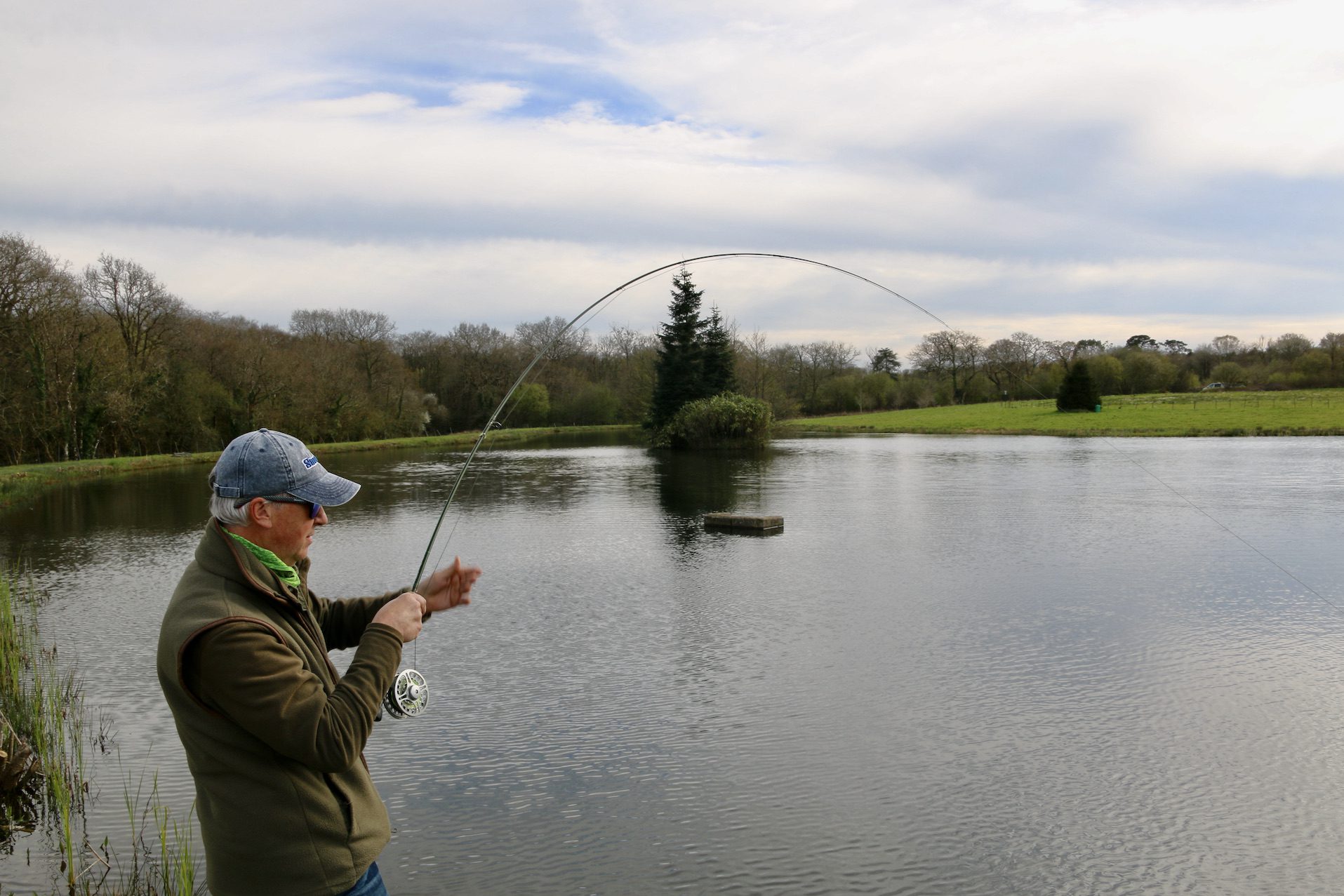
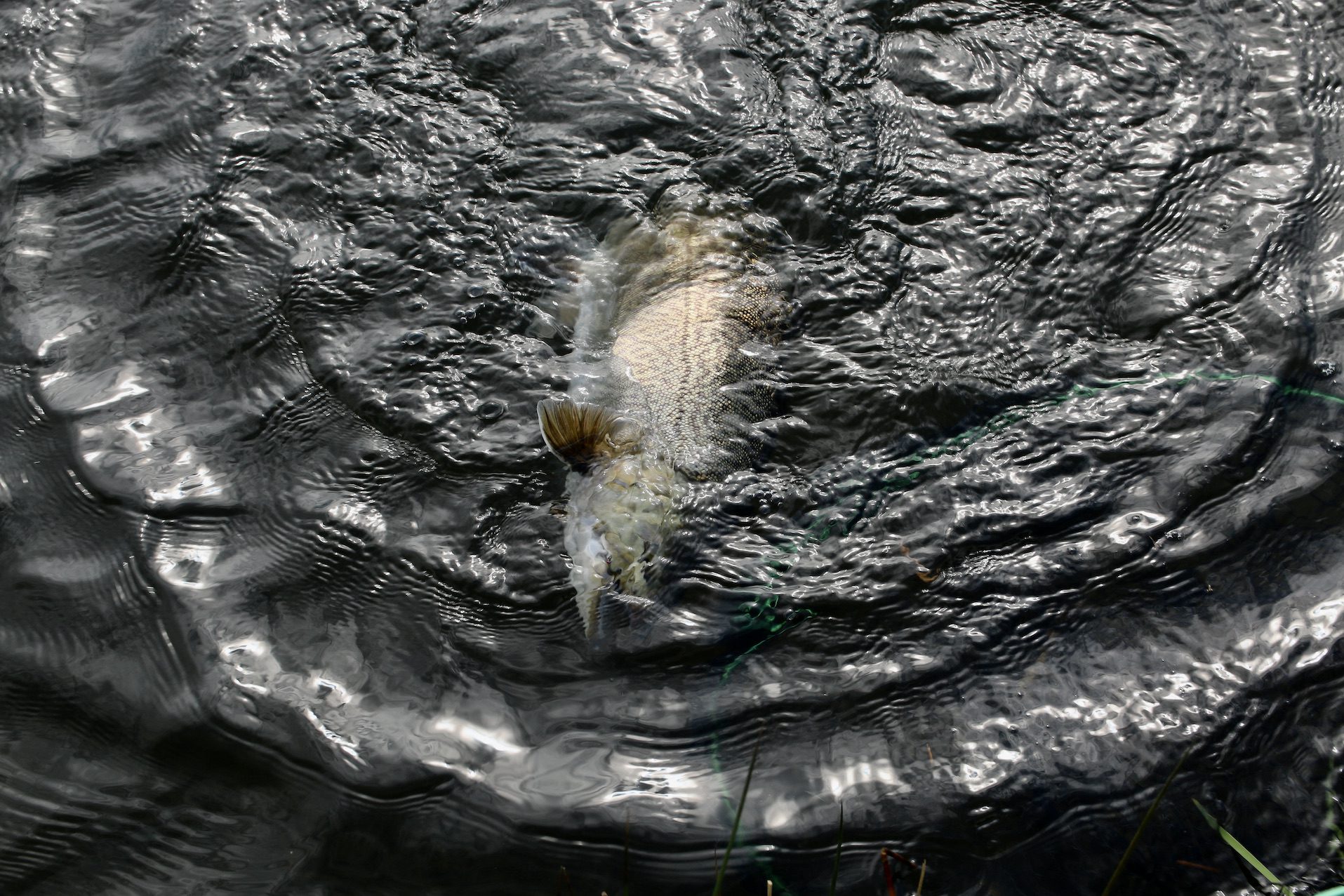
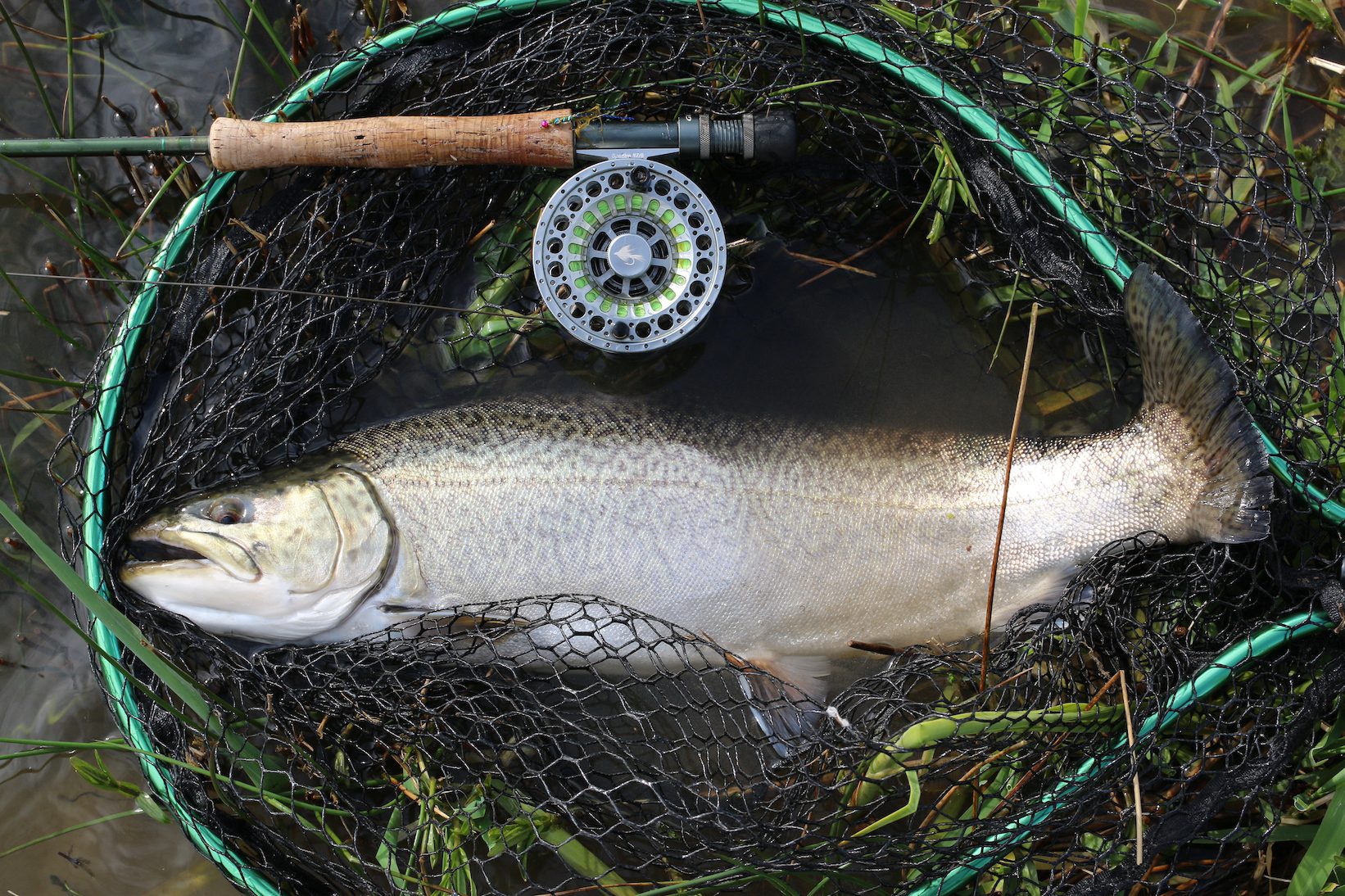
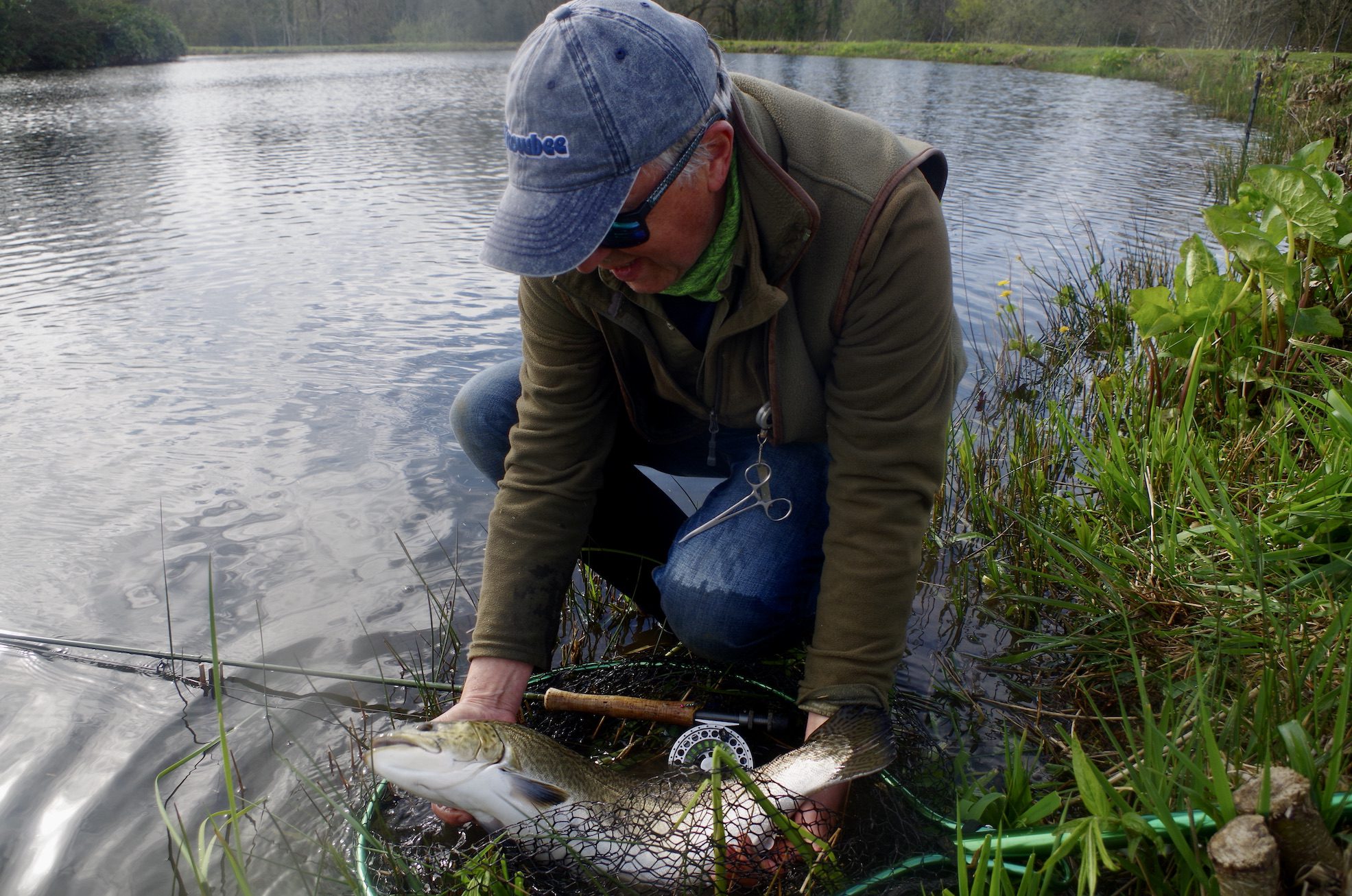
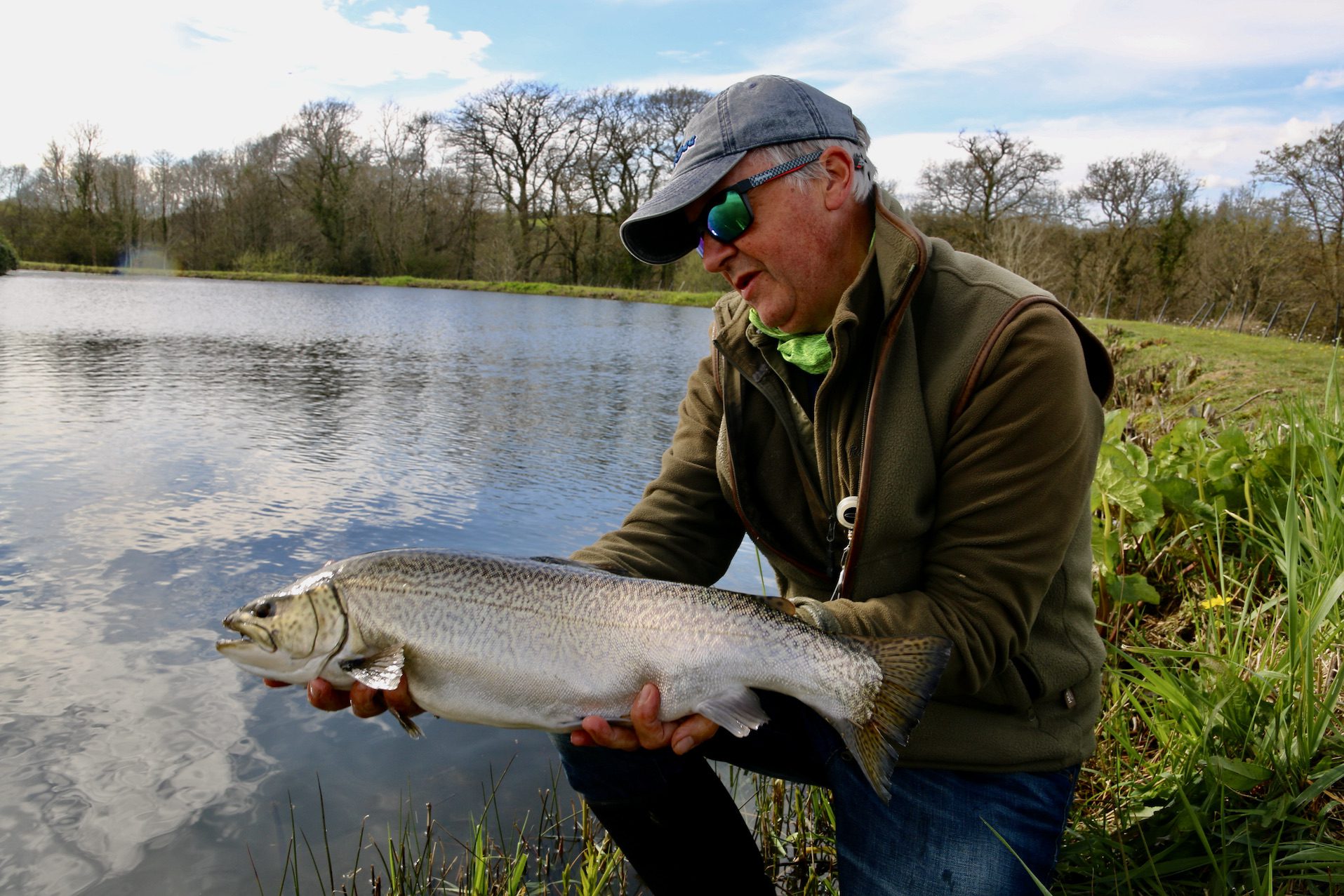
I could have packed up then but I wanted to savour the moment and after all perhaps the fish had just come on the feed? Five minutes later my line once again zipped tight and another hard fighting tiger was secured and briefly admired.
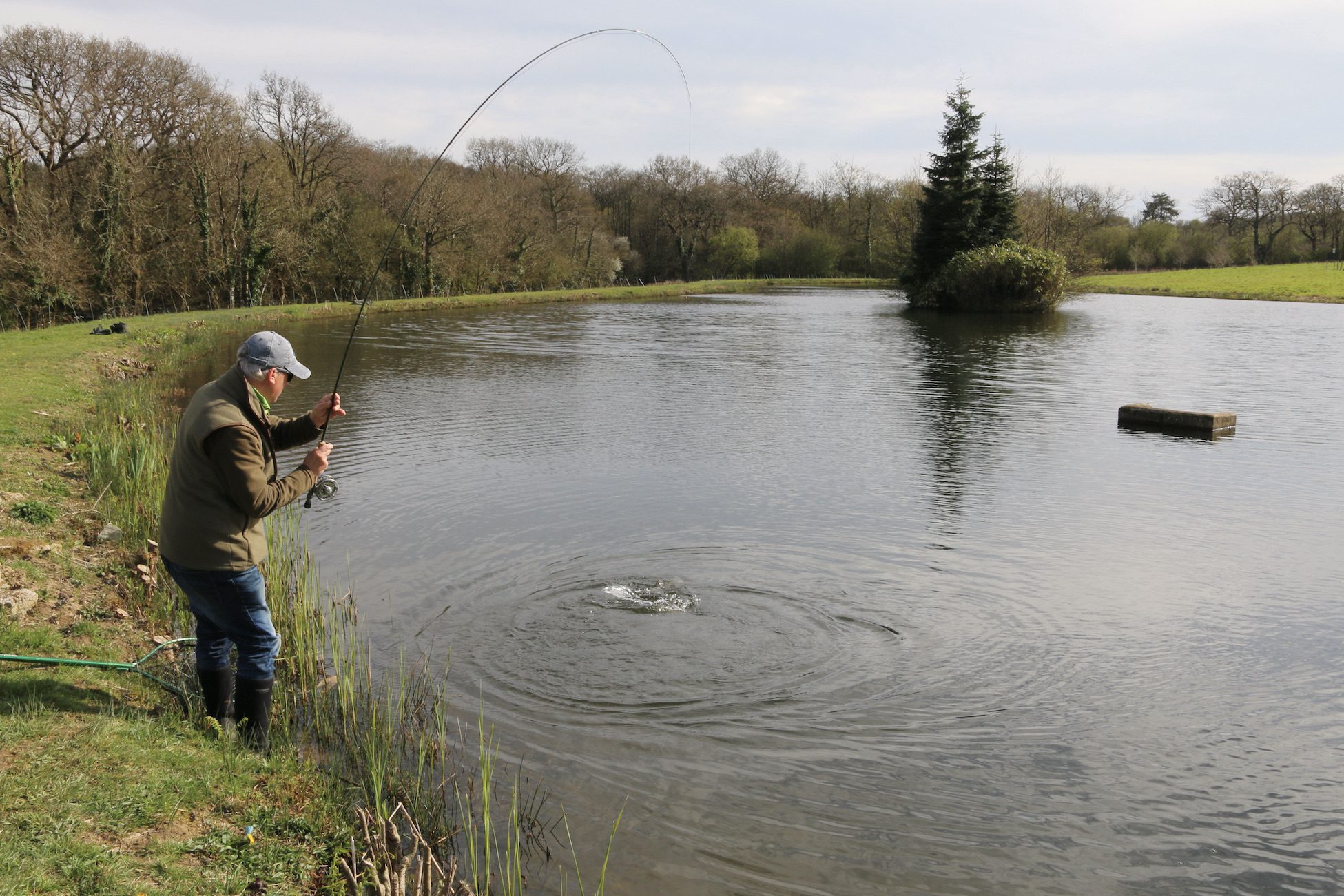
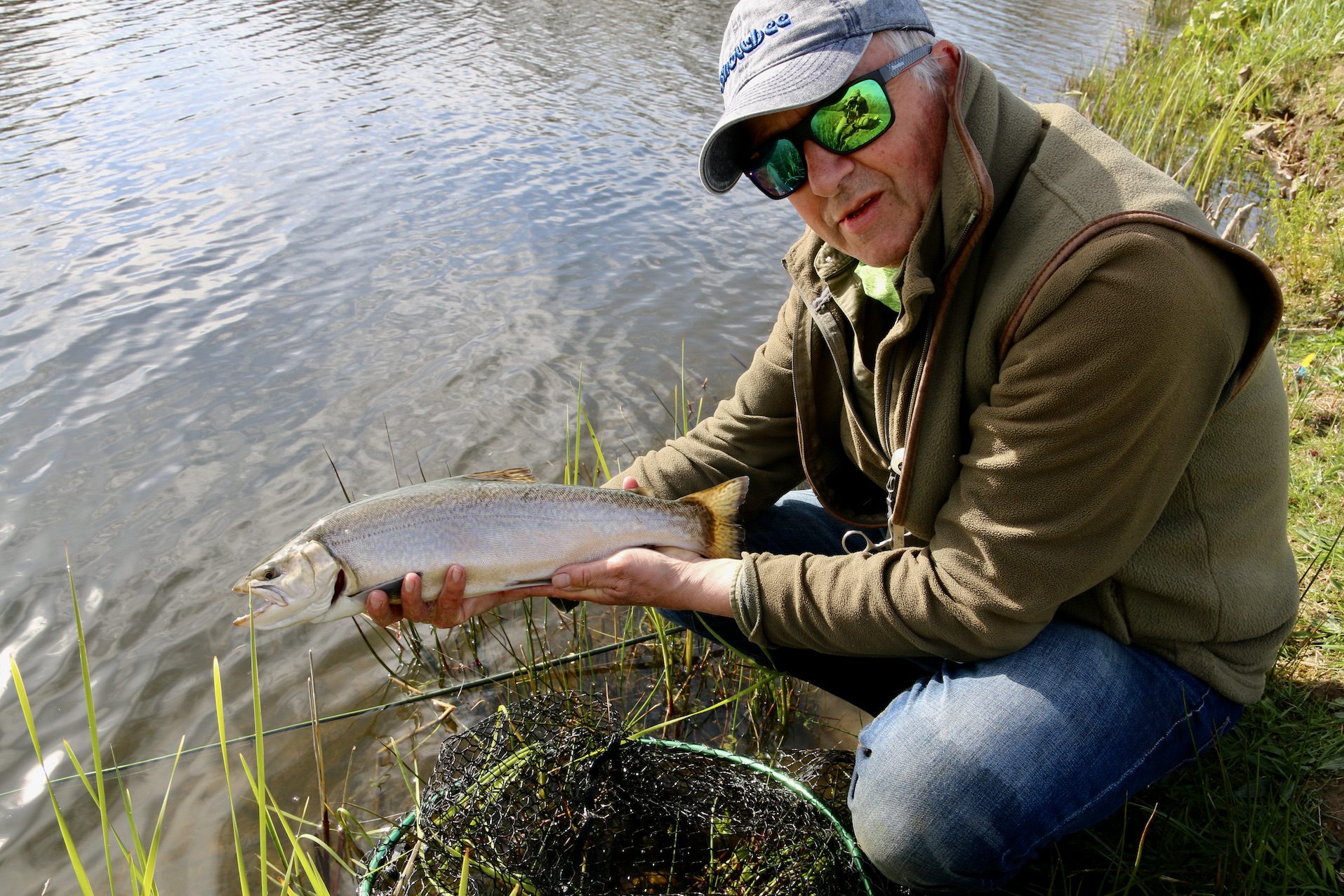
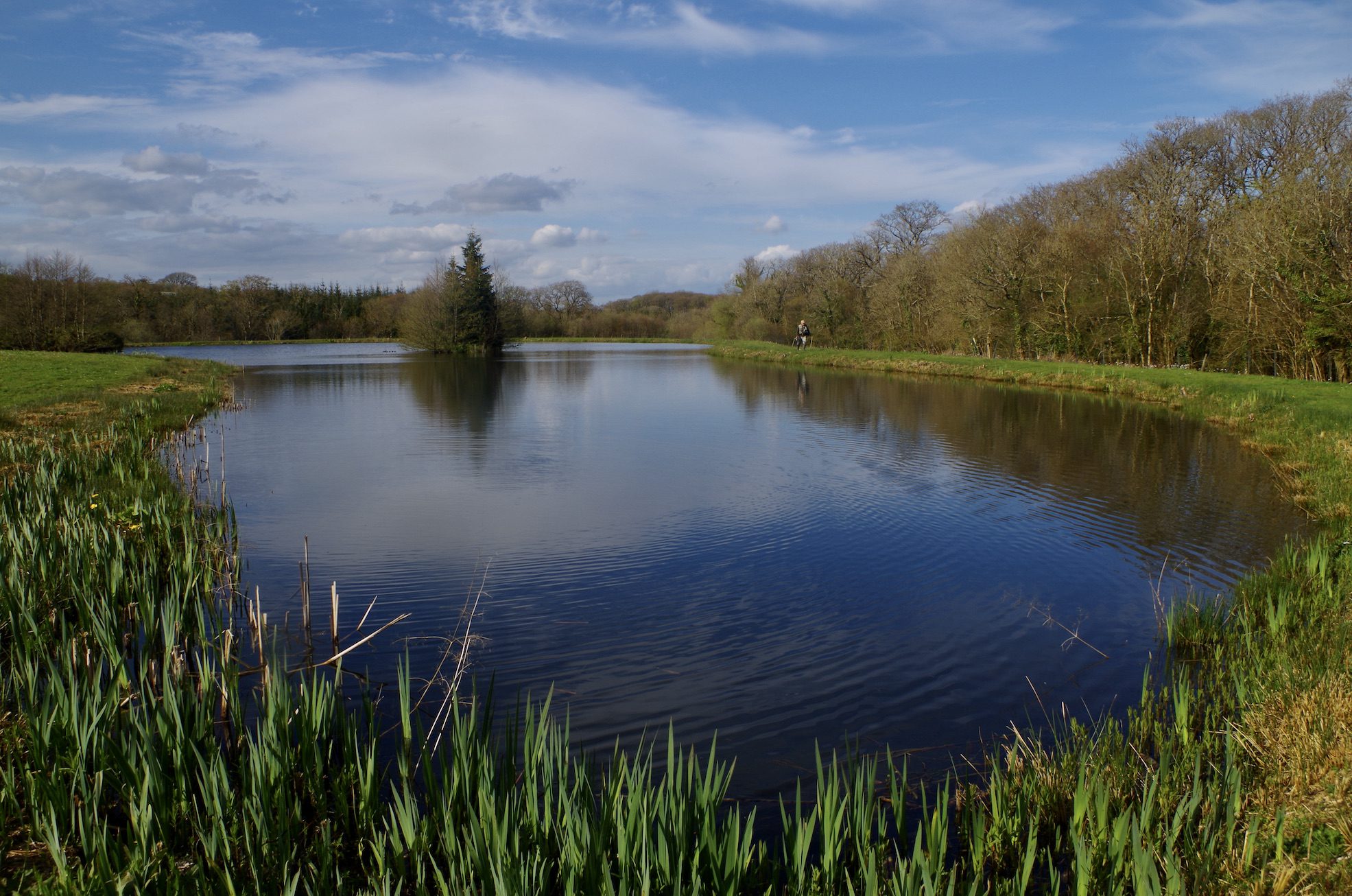
At two all it seemed a good time to pack away for the day. Memories made and plans made for a return visit to Paradise next spring.
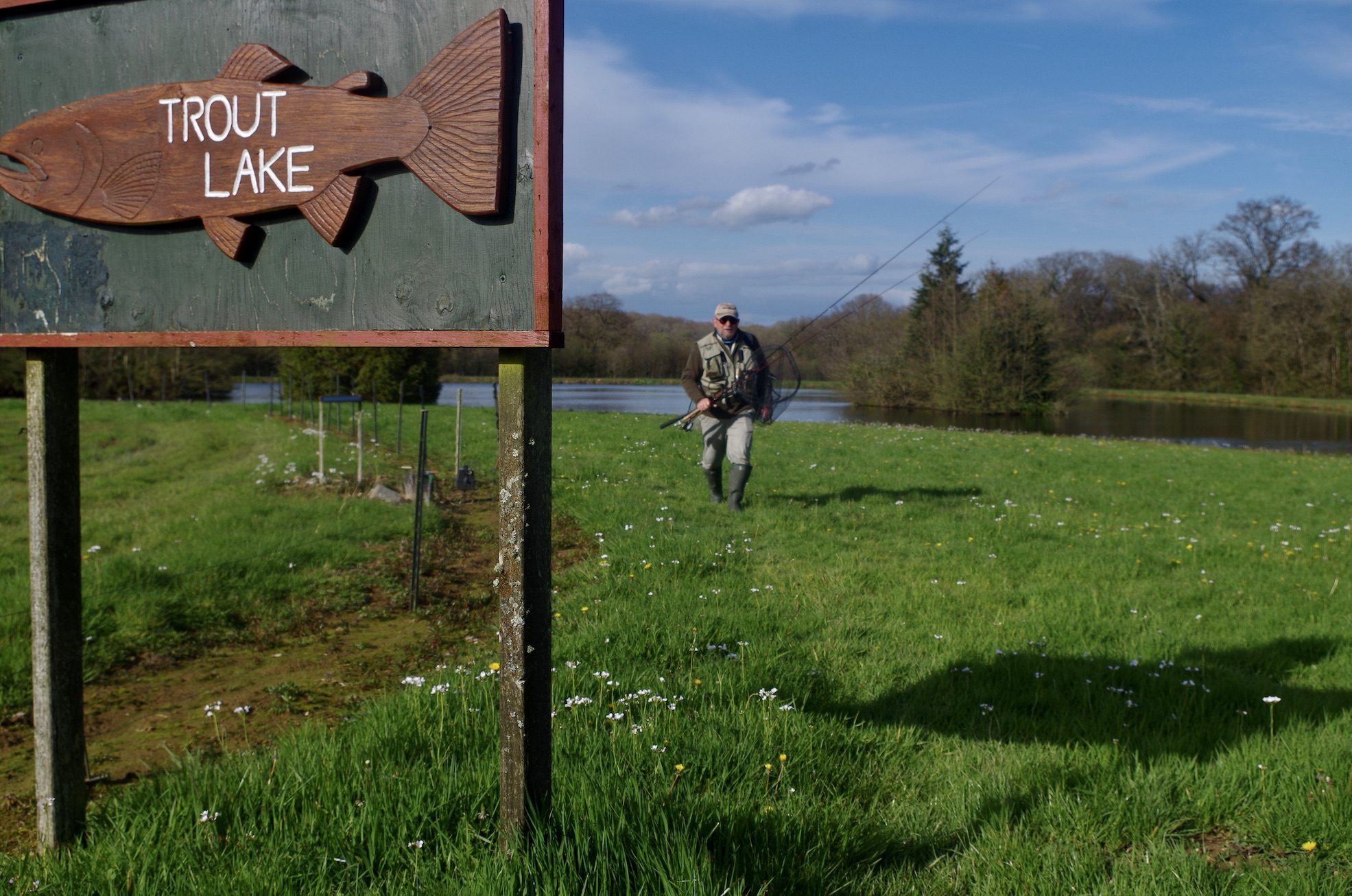
Prior to that I have a trip in search of the catfish of Eldorado during the summer.


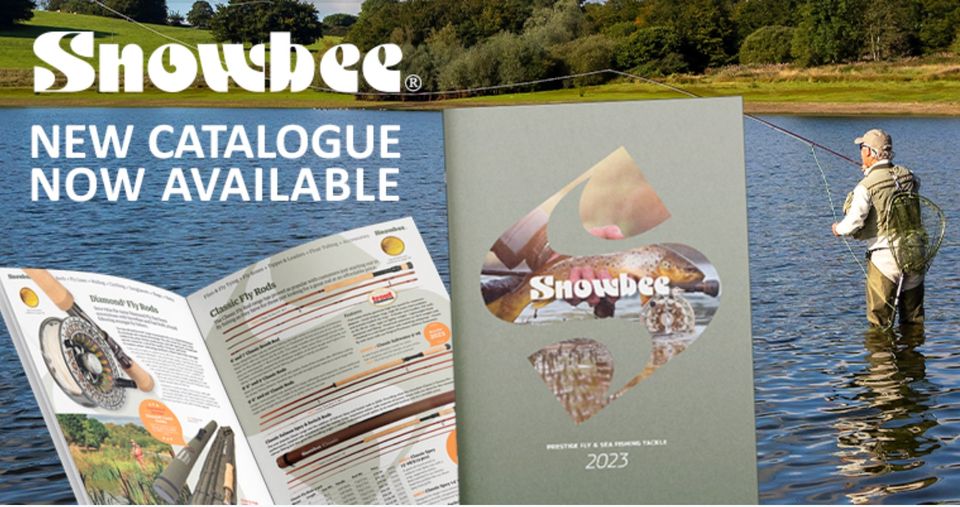
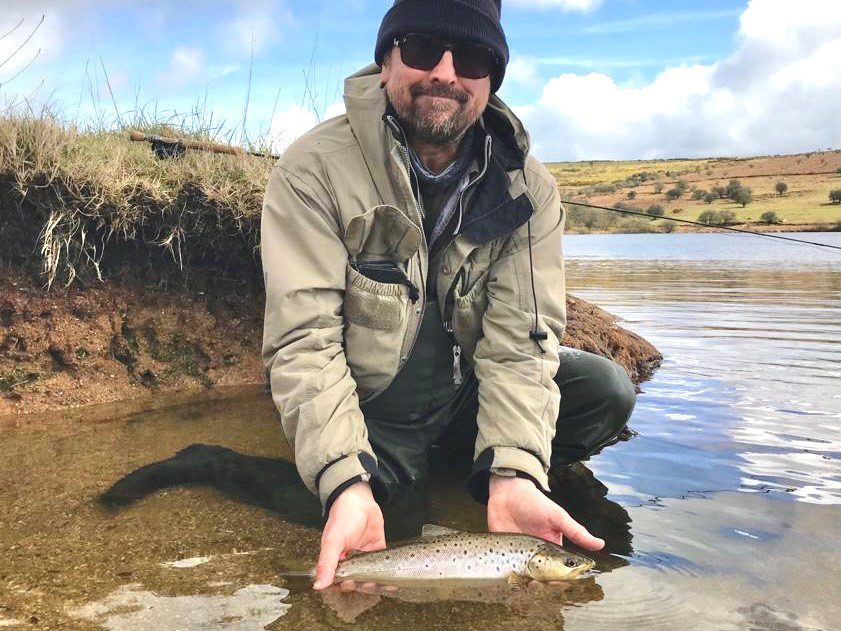
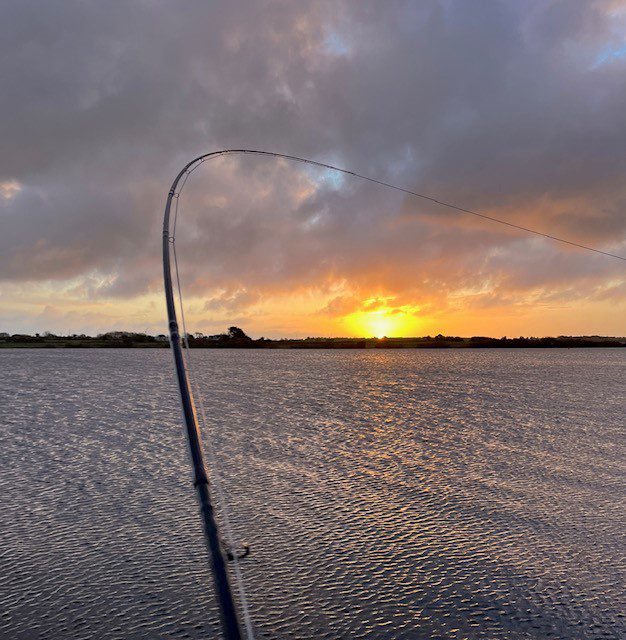

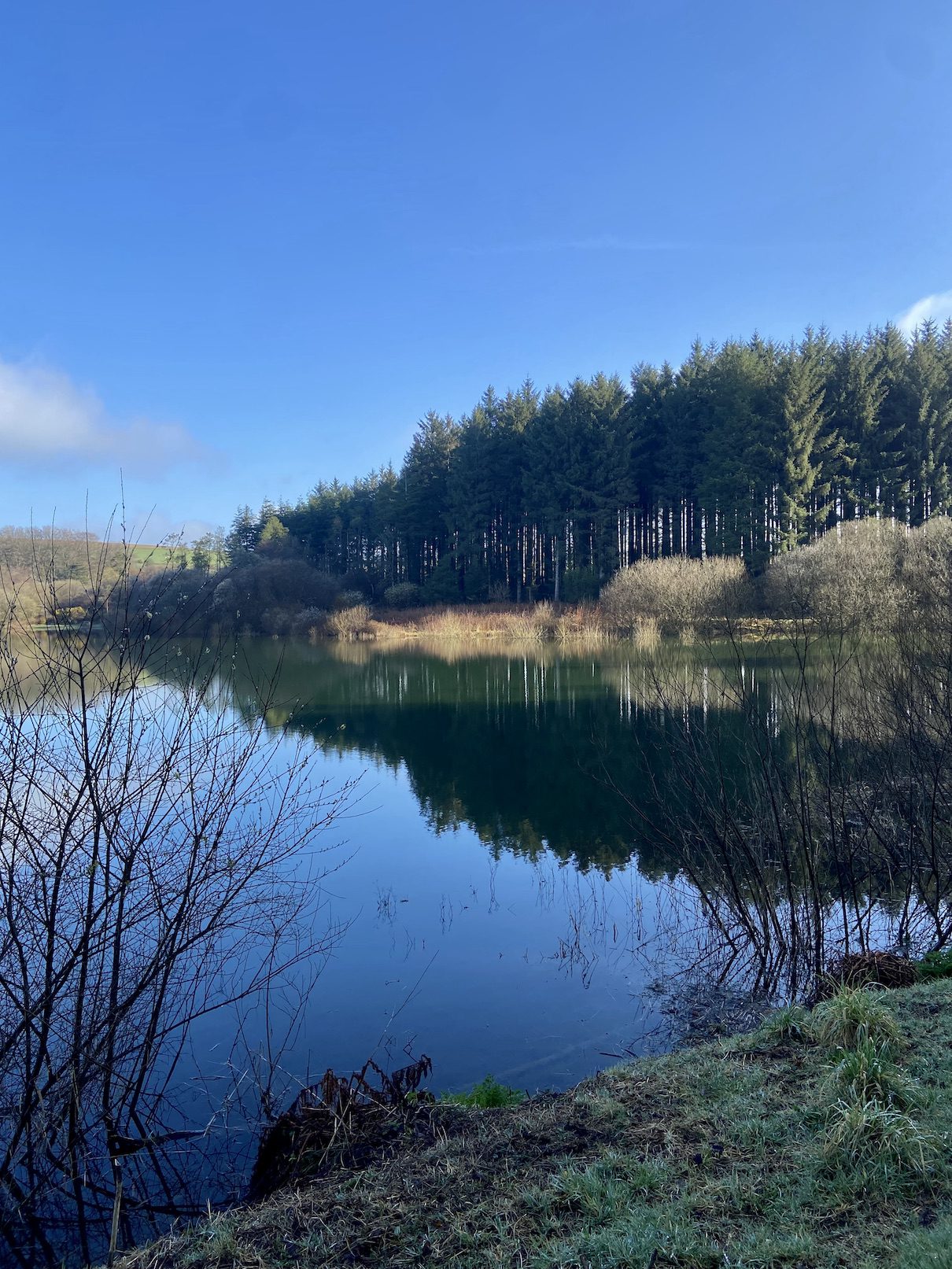
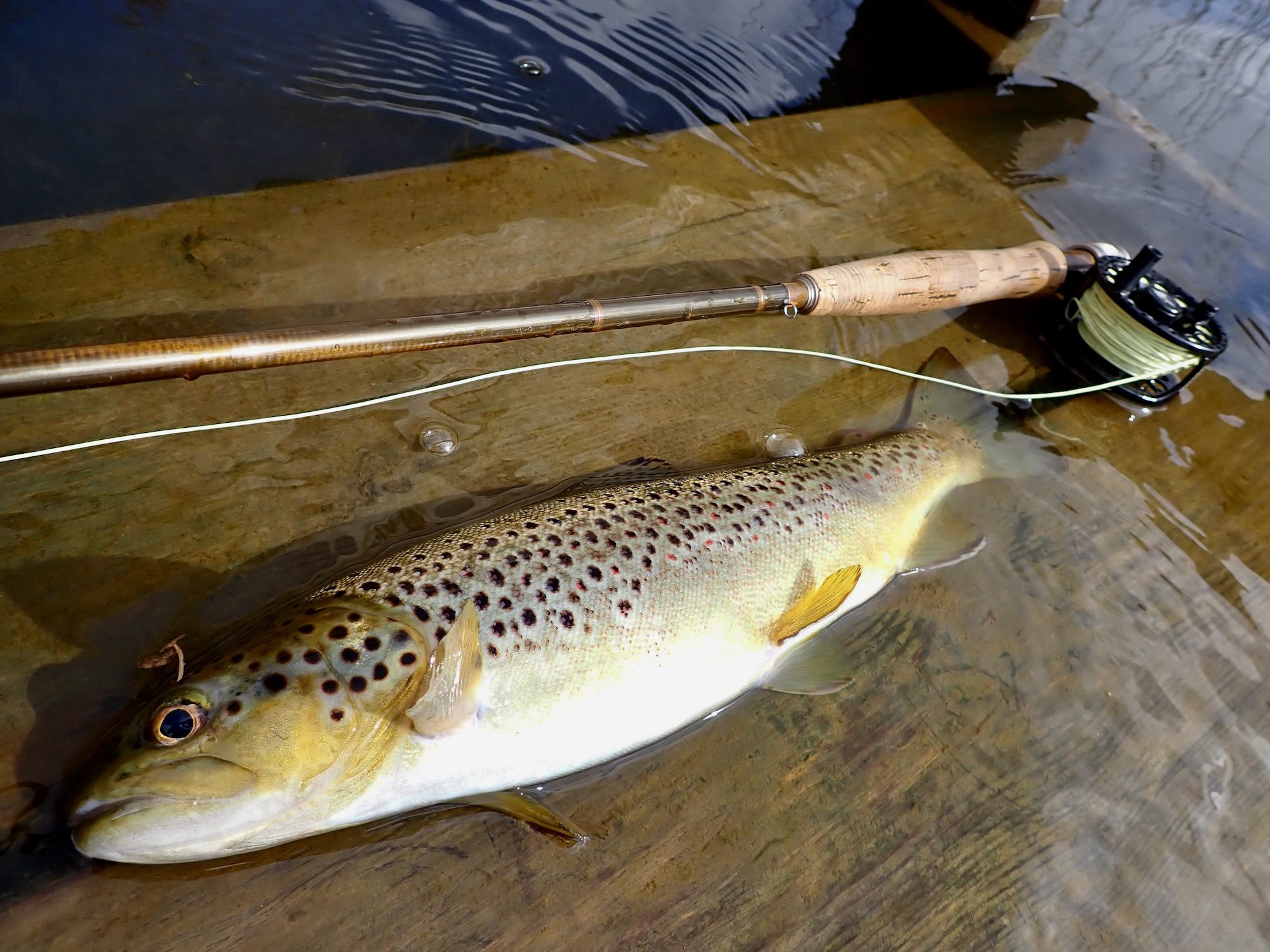

 The River Torridge fishing community gathered at the Half Moon Inn at Sheepwash for the AGM of the River Torridge Fishery Association. Pauline and I always enjoy the twice yearly coming together of the membership for the AGM in the Spring and the annual fund raising dinner at the seasons close at the end of September.
The River Torridge fishing community gathered at the Half Moon Inn at Sheepwash for the AGM of the River Torridge Fishery Association. Pauline and I always enjoy the twice yearly coming together of the membership for the AGM in the Spring and the annual fund raising dinner at the seasons close at the end of September.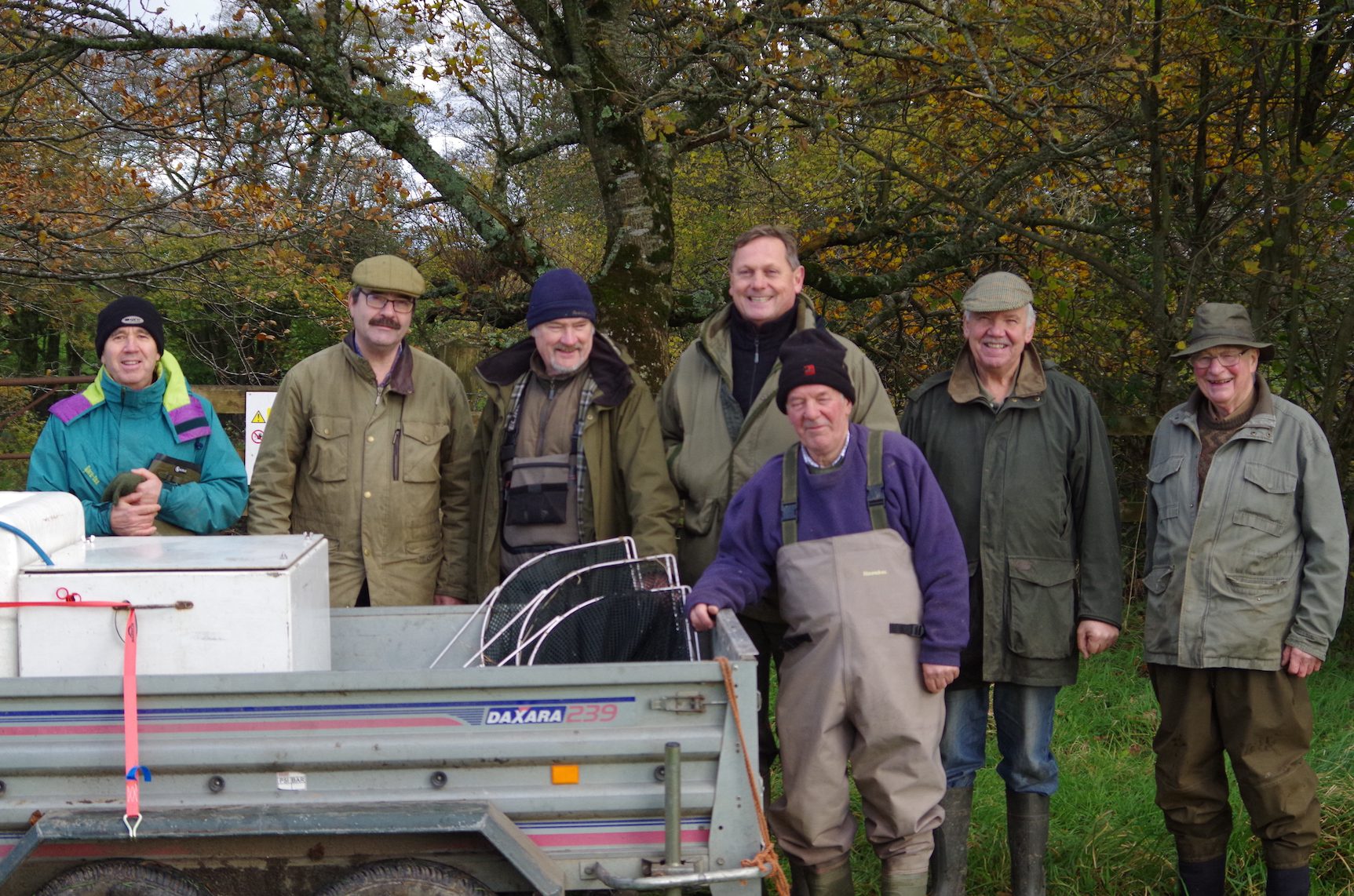
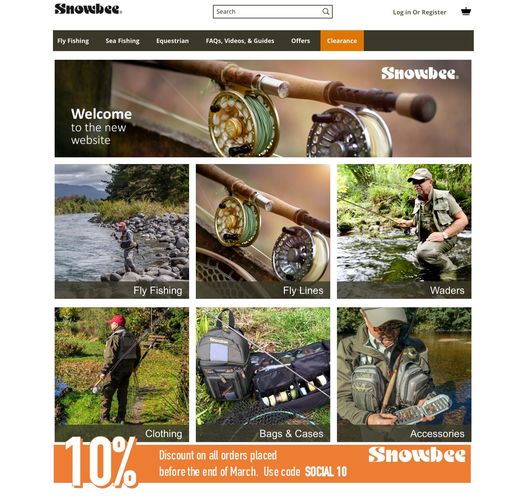
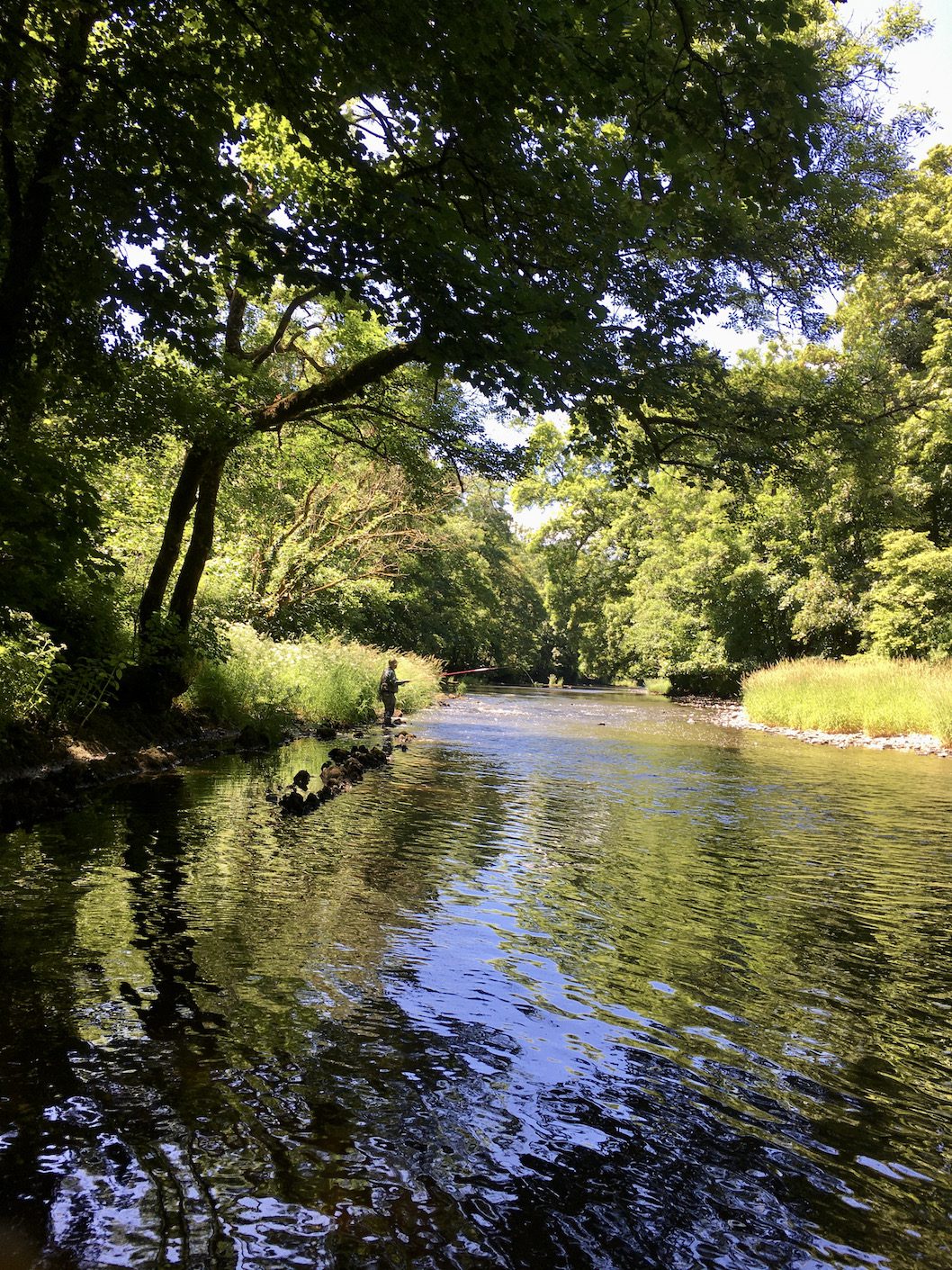
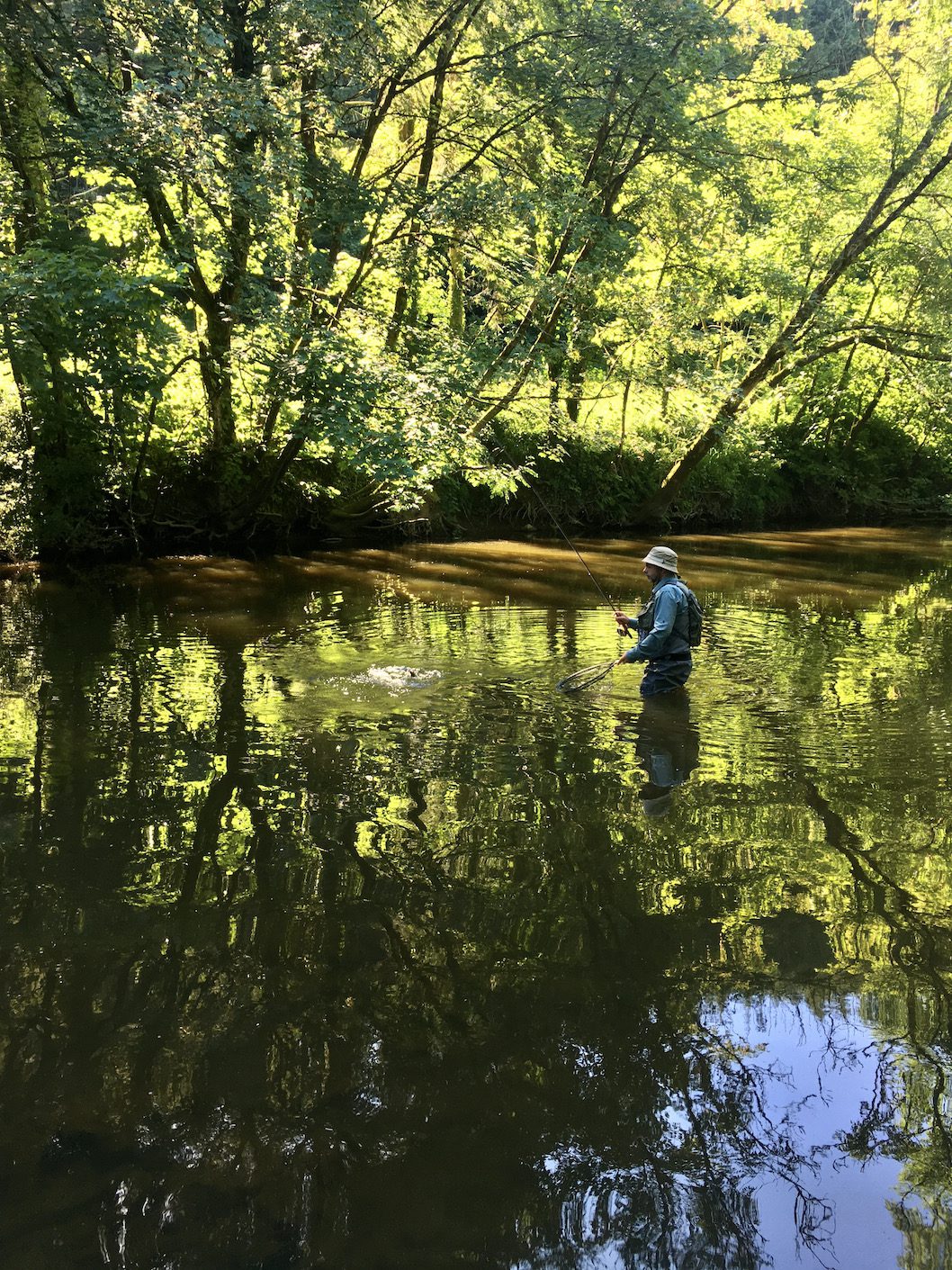
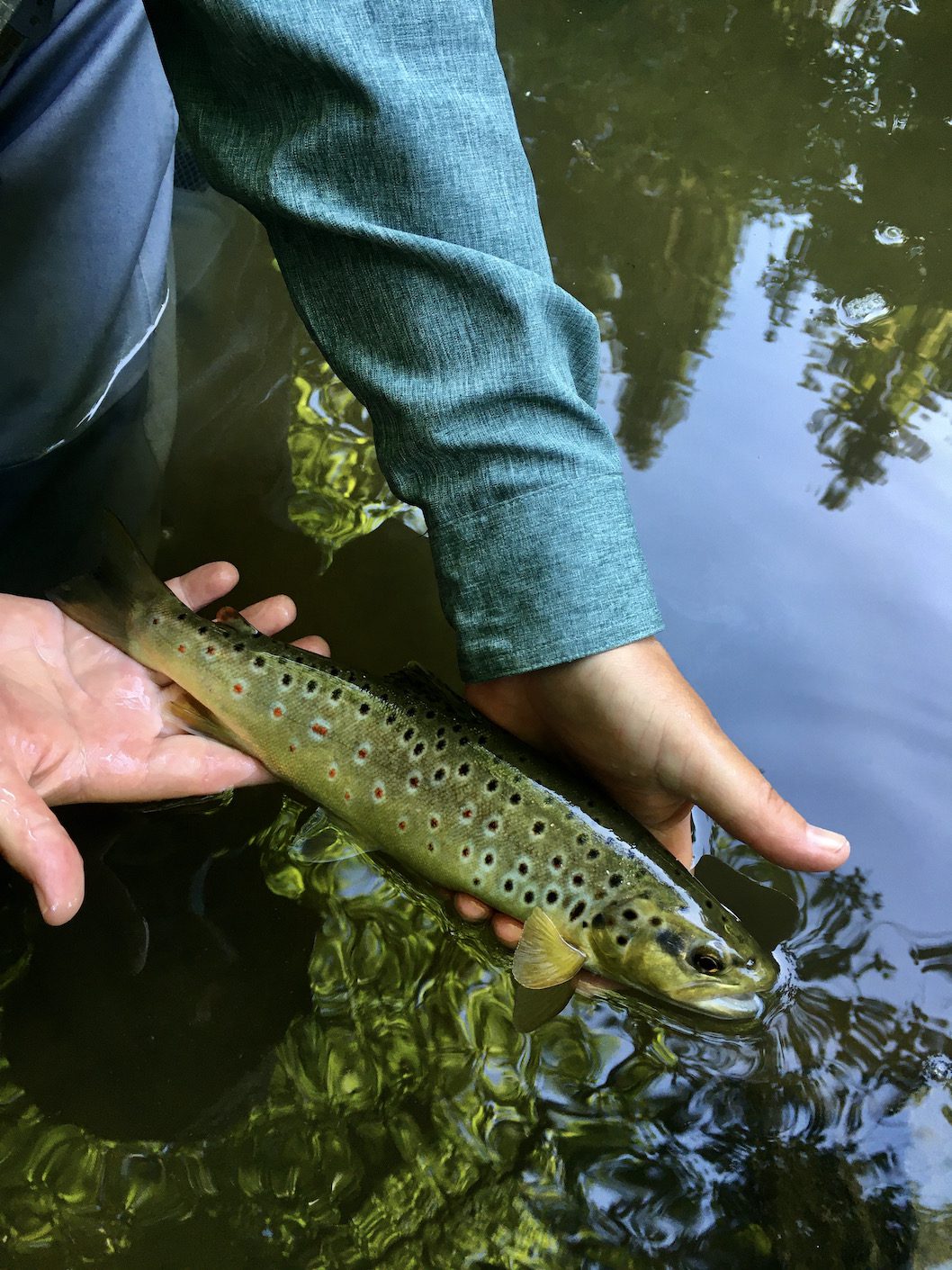

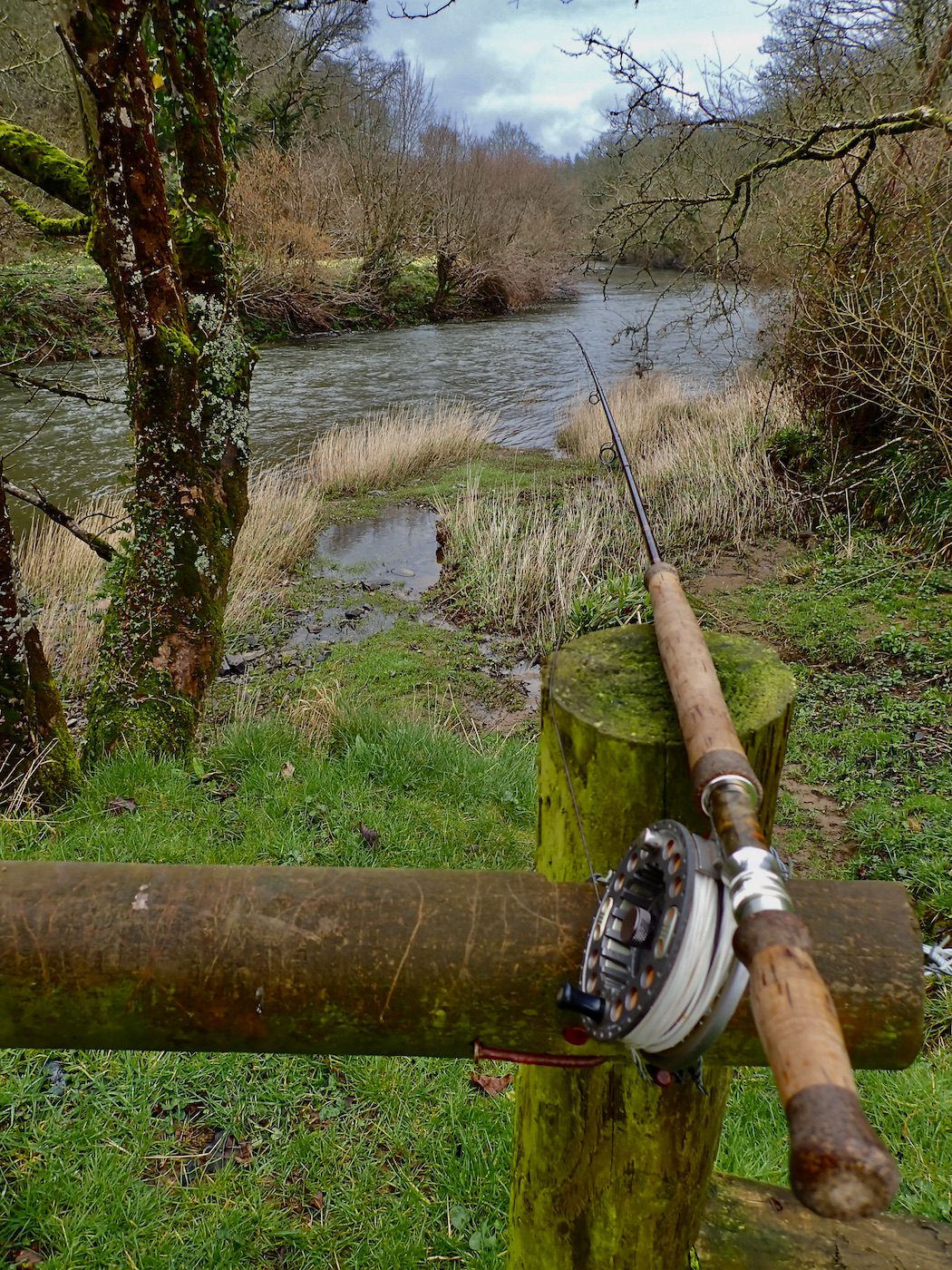 Hard to believe that three weeks of the 2023 salmon season have passed already. The first few days of the season saw rivers running low and clear with numerous kelt’s tempted by anglers fishing the lower Taw. There were rumoured to be a couple of fresh springers tempted but I have not actually seen any pictures of such fish.
Hard to believe that three weeks of the 2023 salmon season have passed already. The first few days of the season saw rivers running low and clear with numerous kelt’s tempted by anglers fishing the lower Taw. There were rumoured to be a couple of fresh springers tempted but I have not actually seen any pictures of such fish.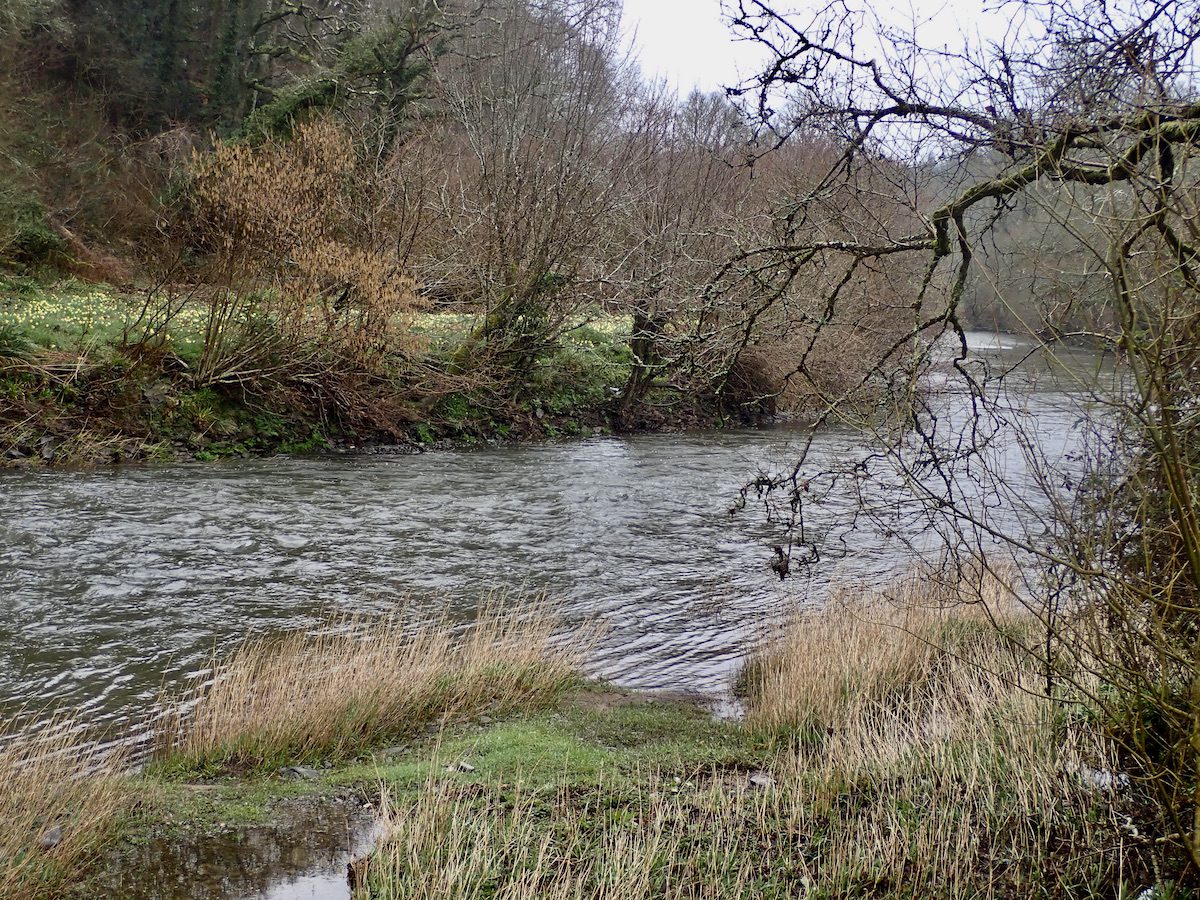


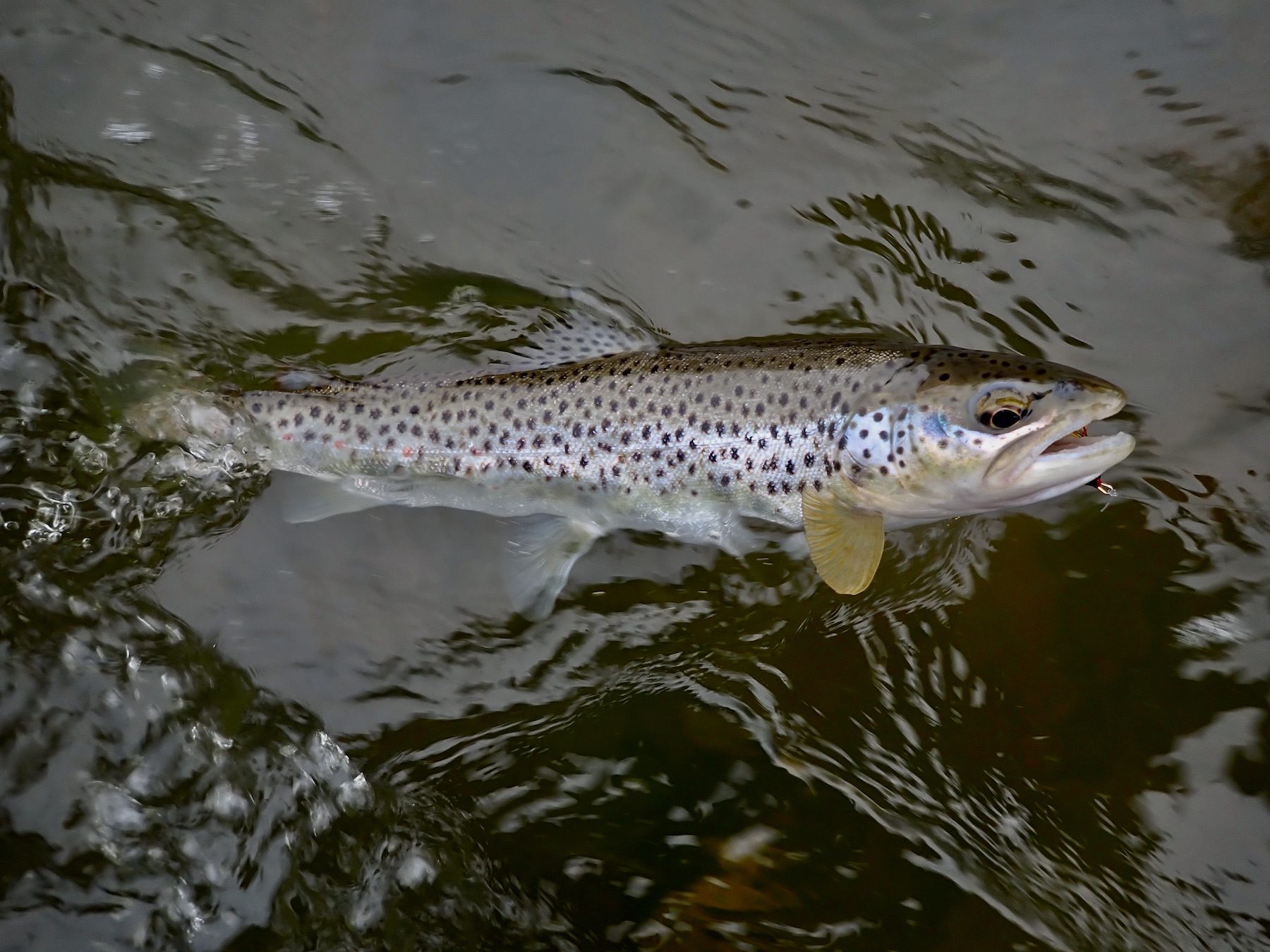
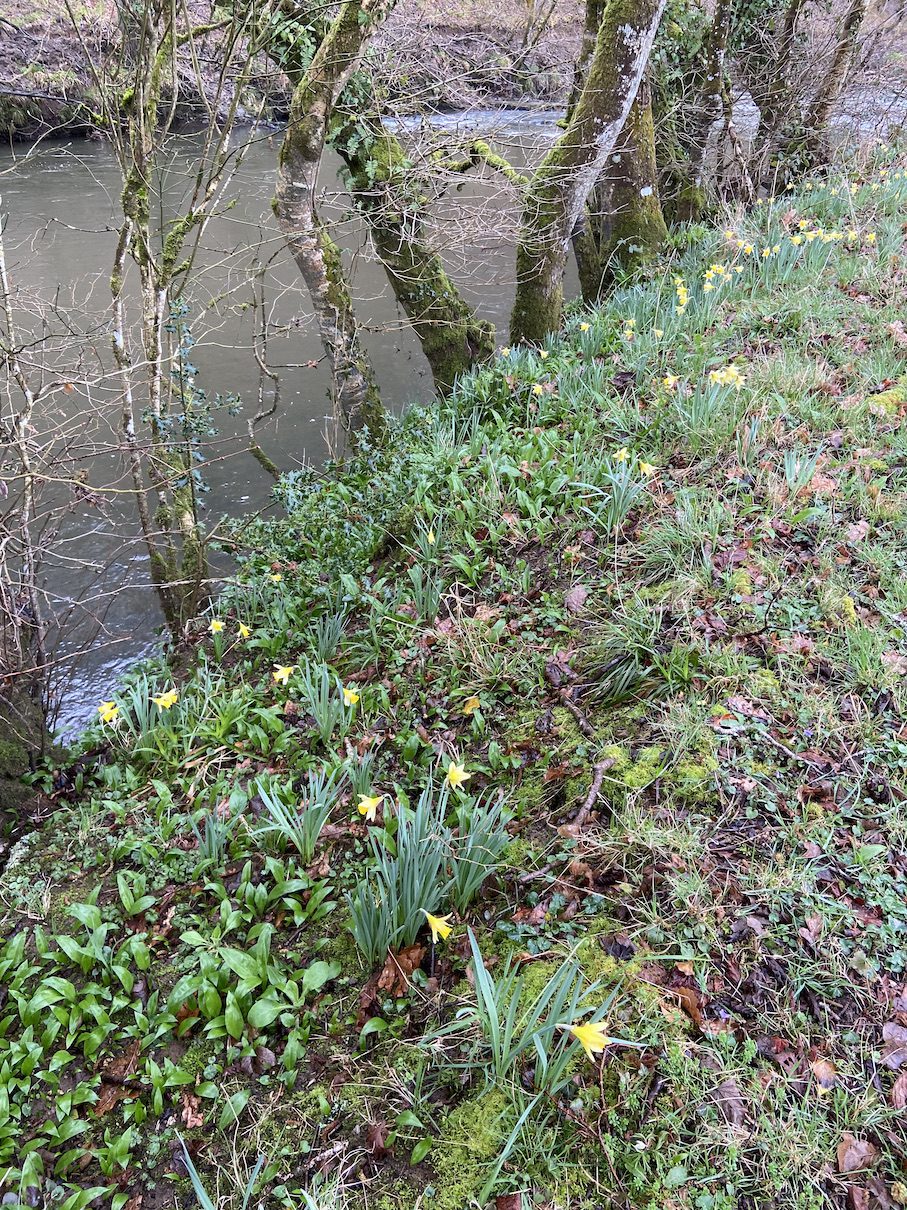
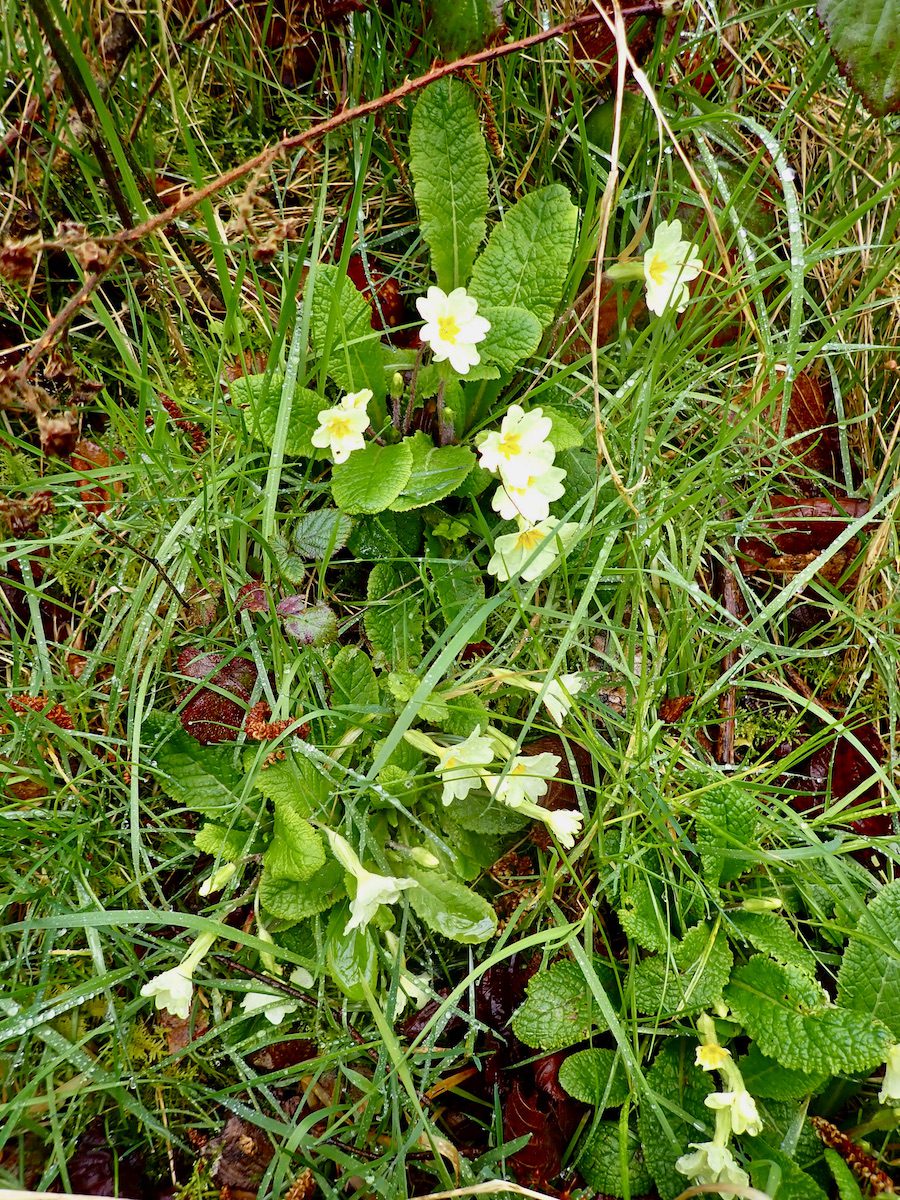
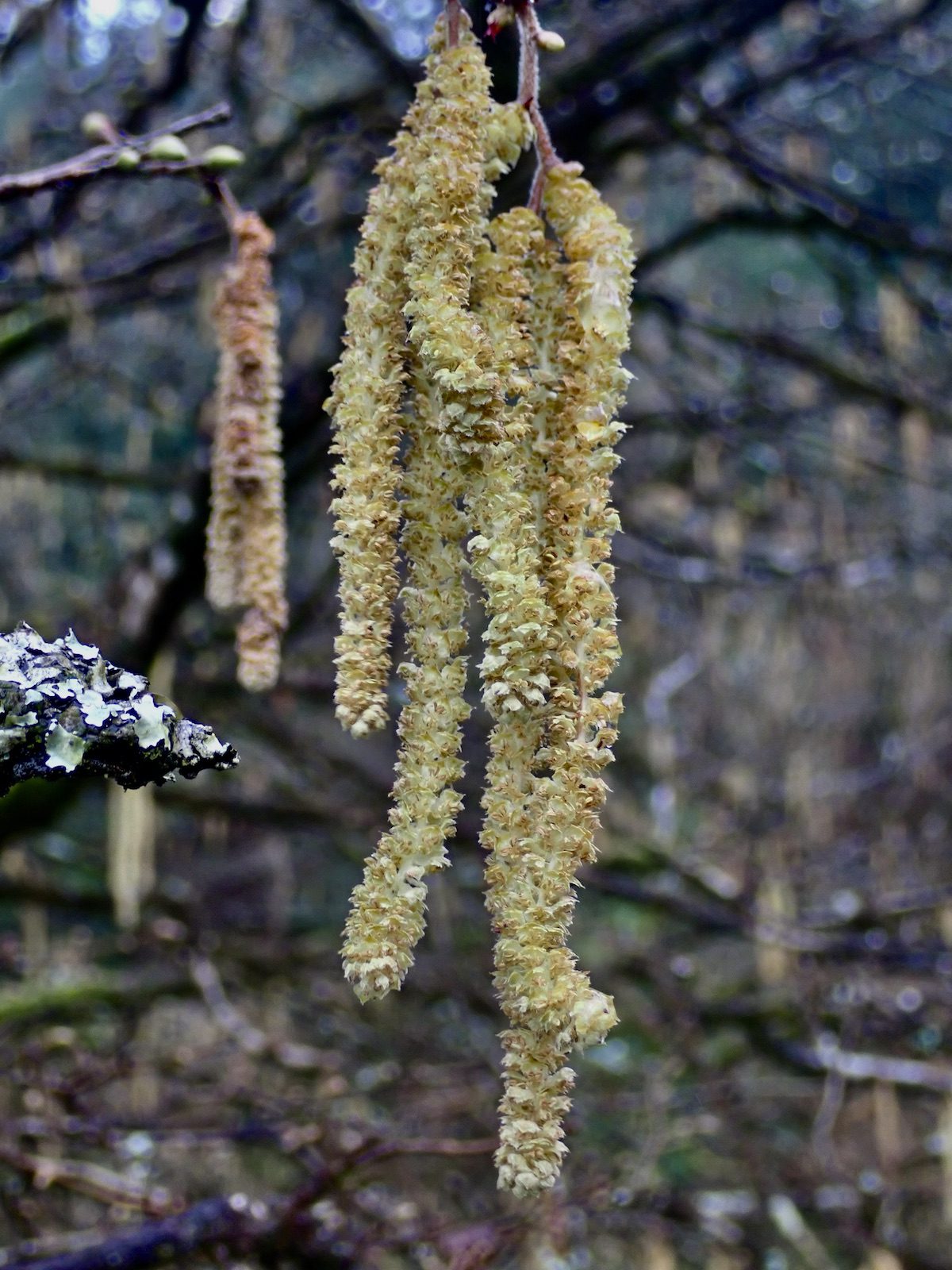
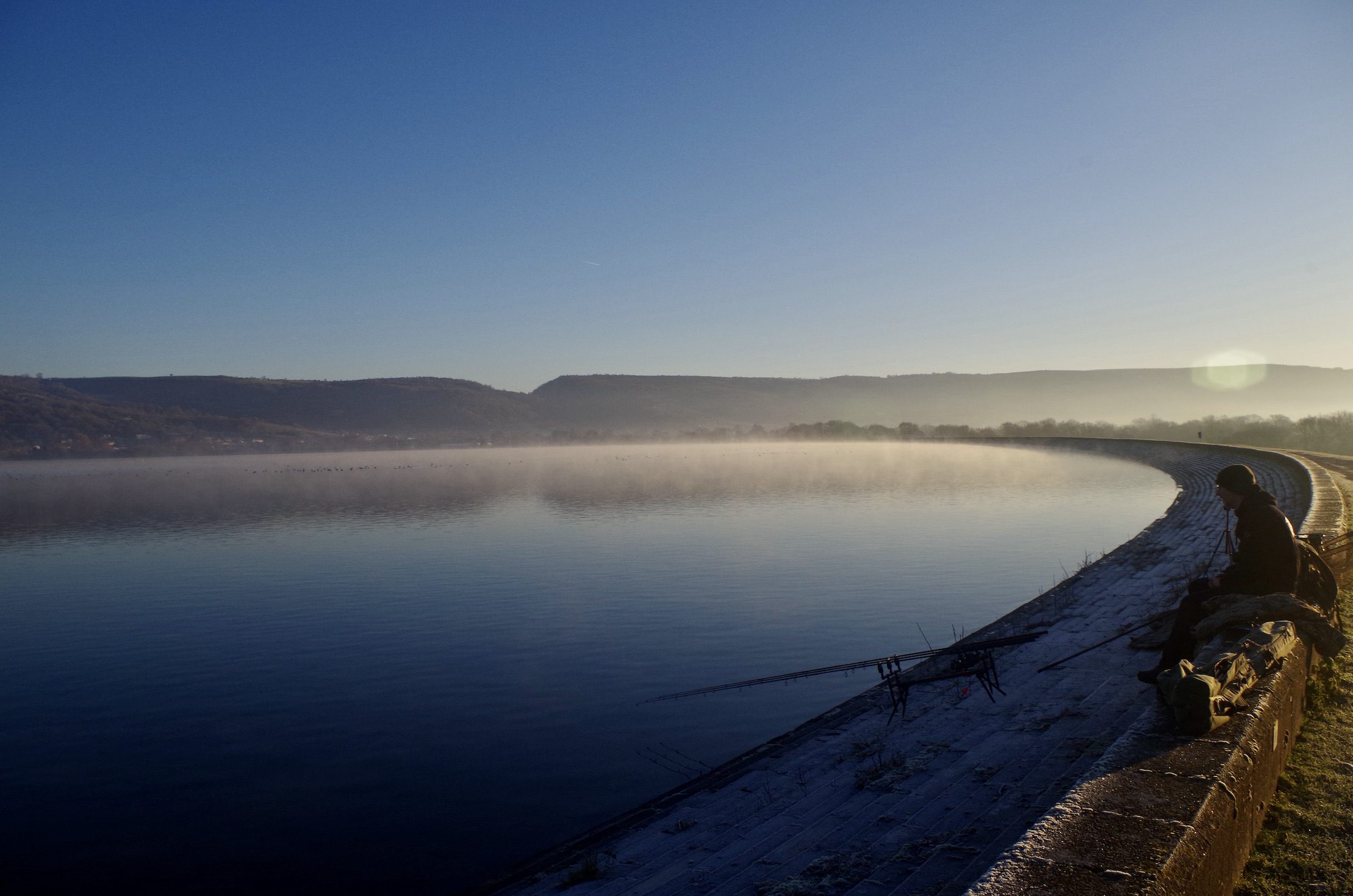

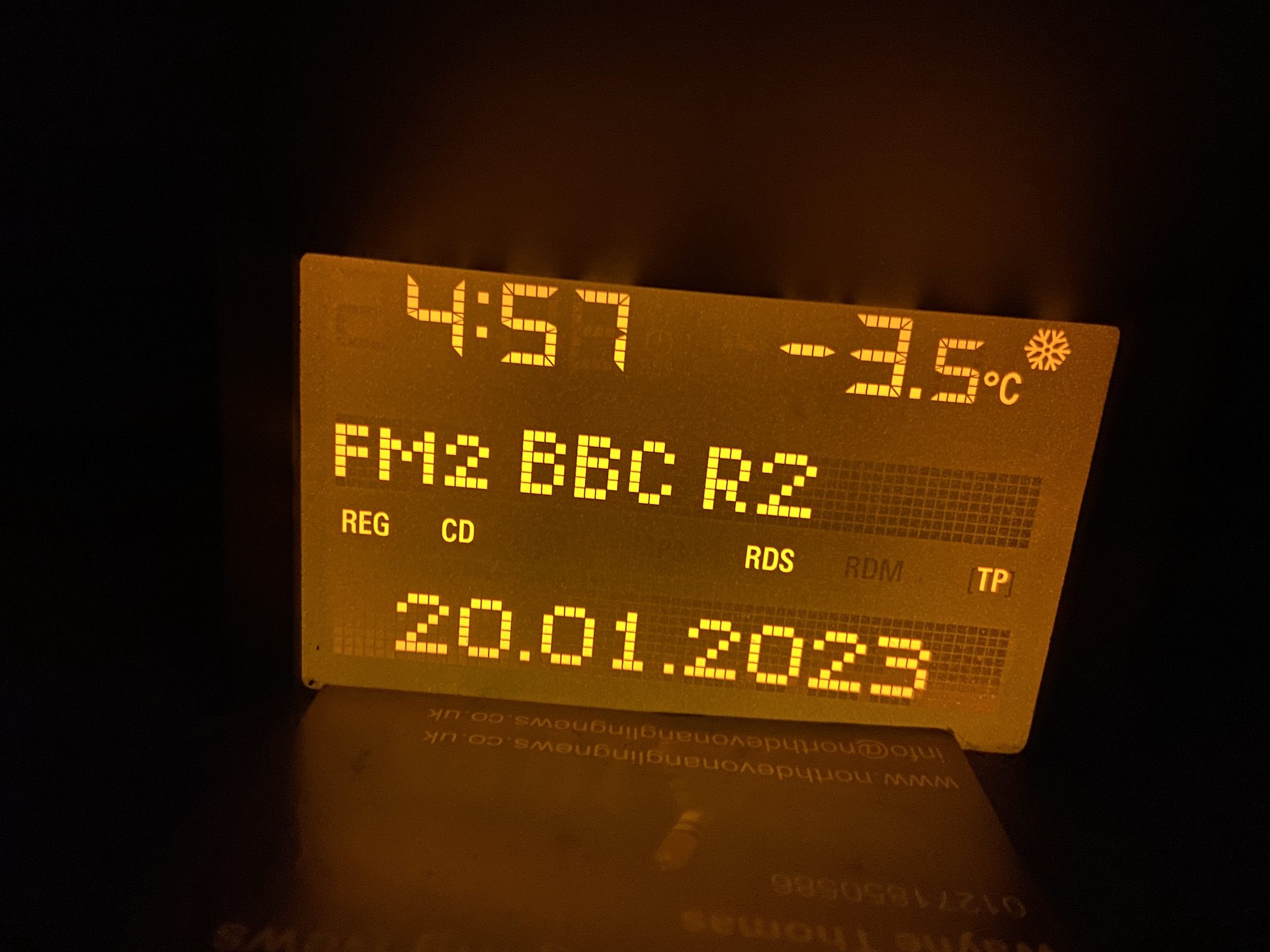
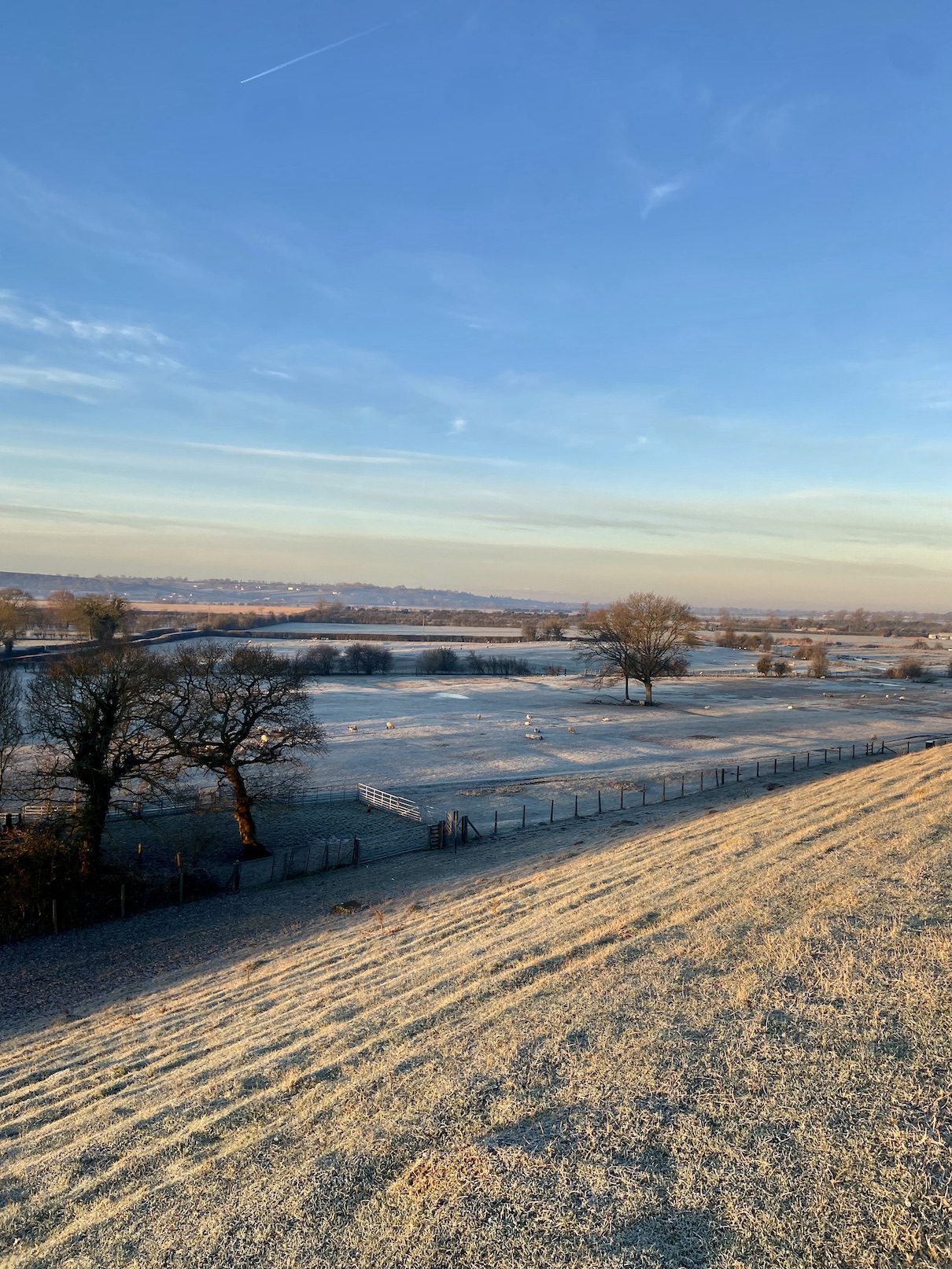
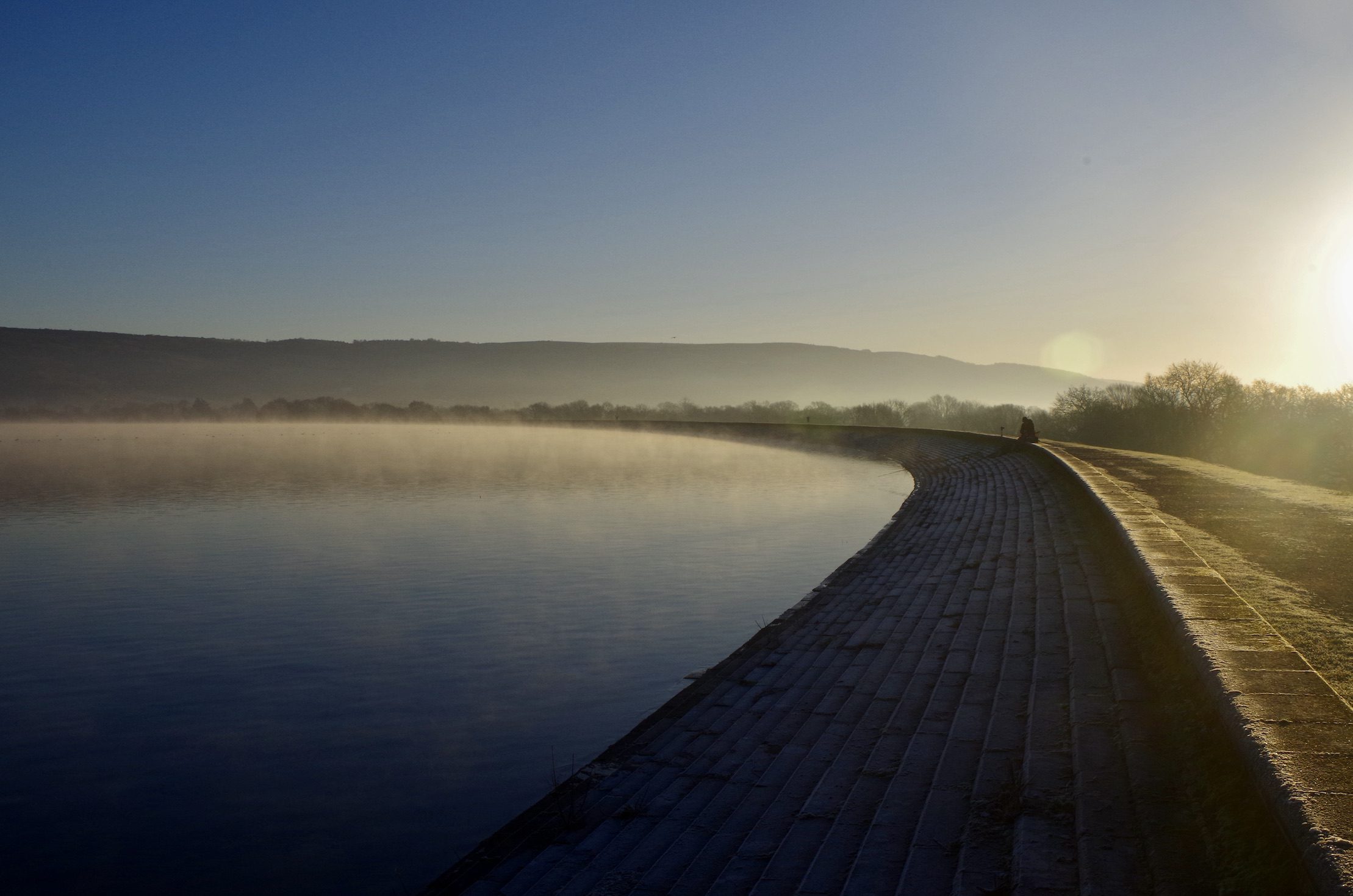
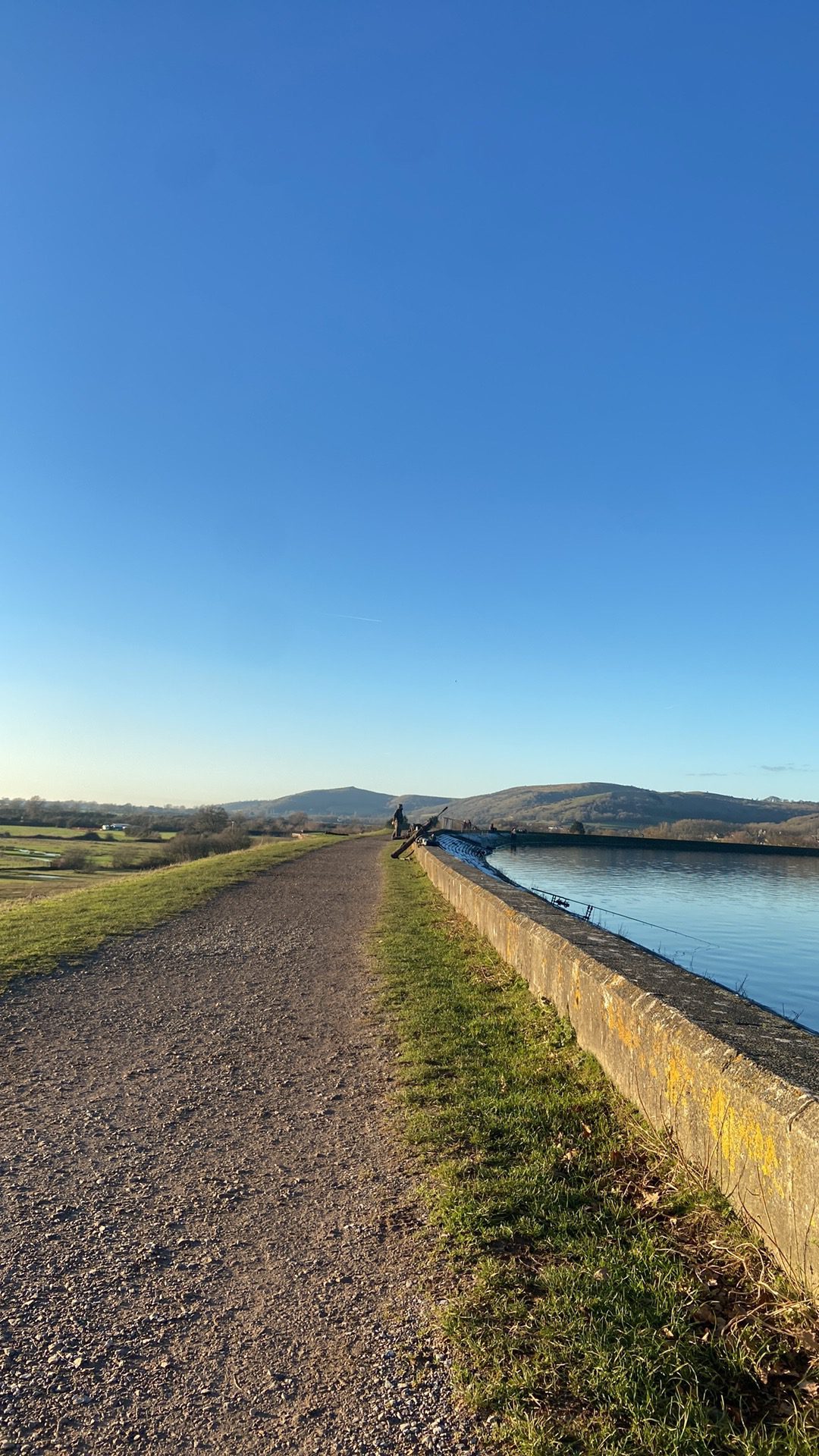
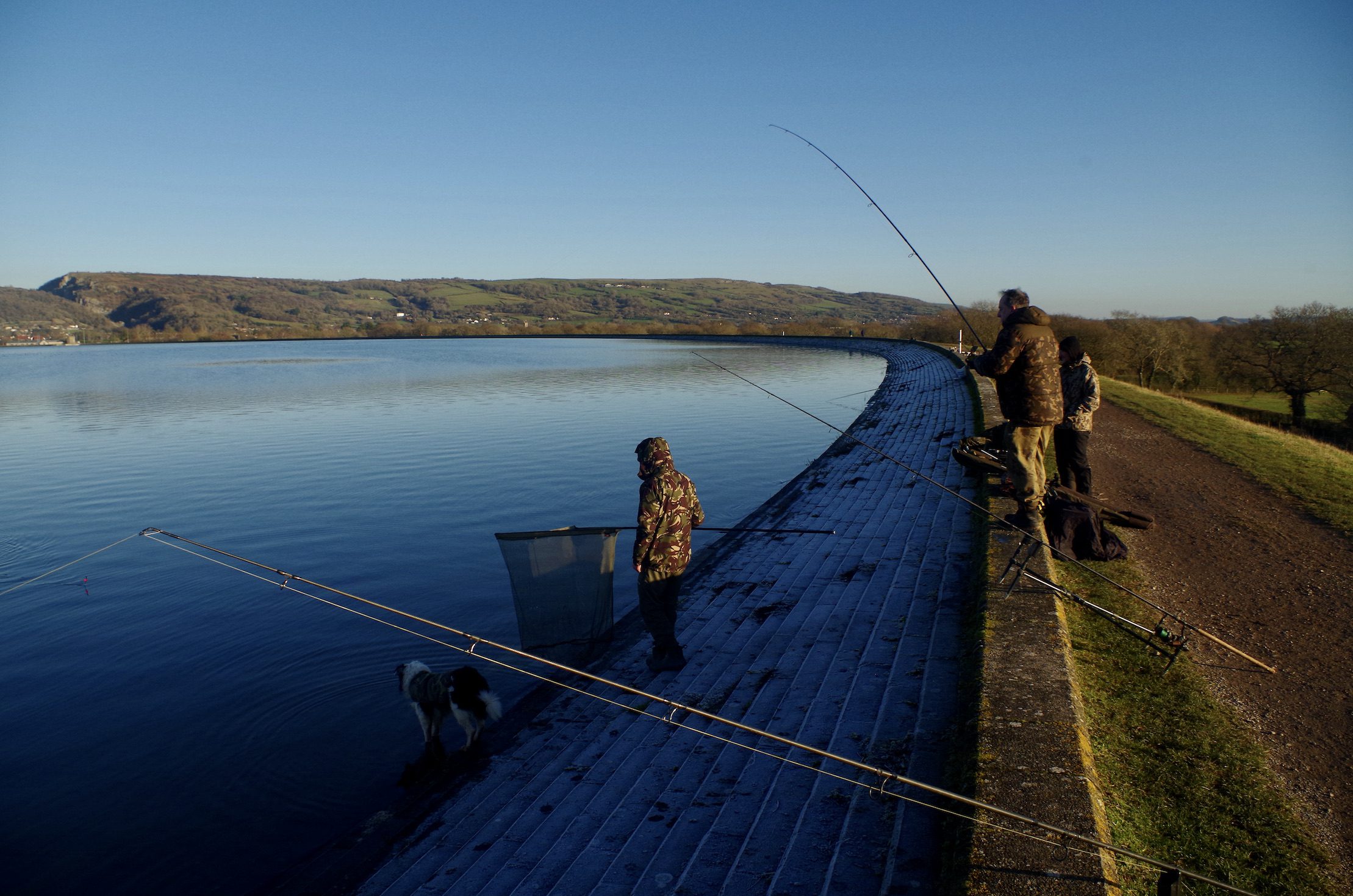
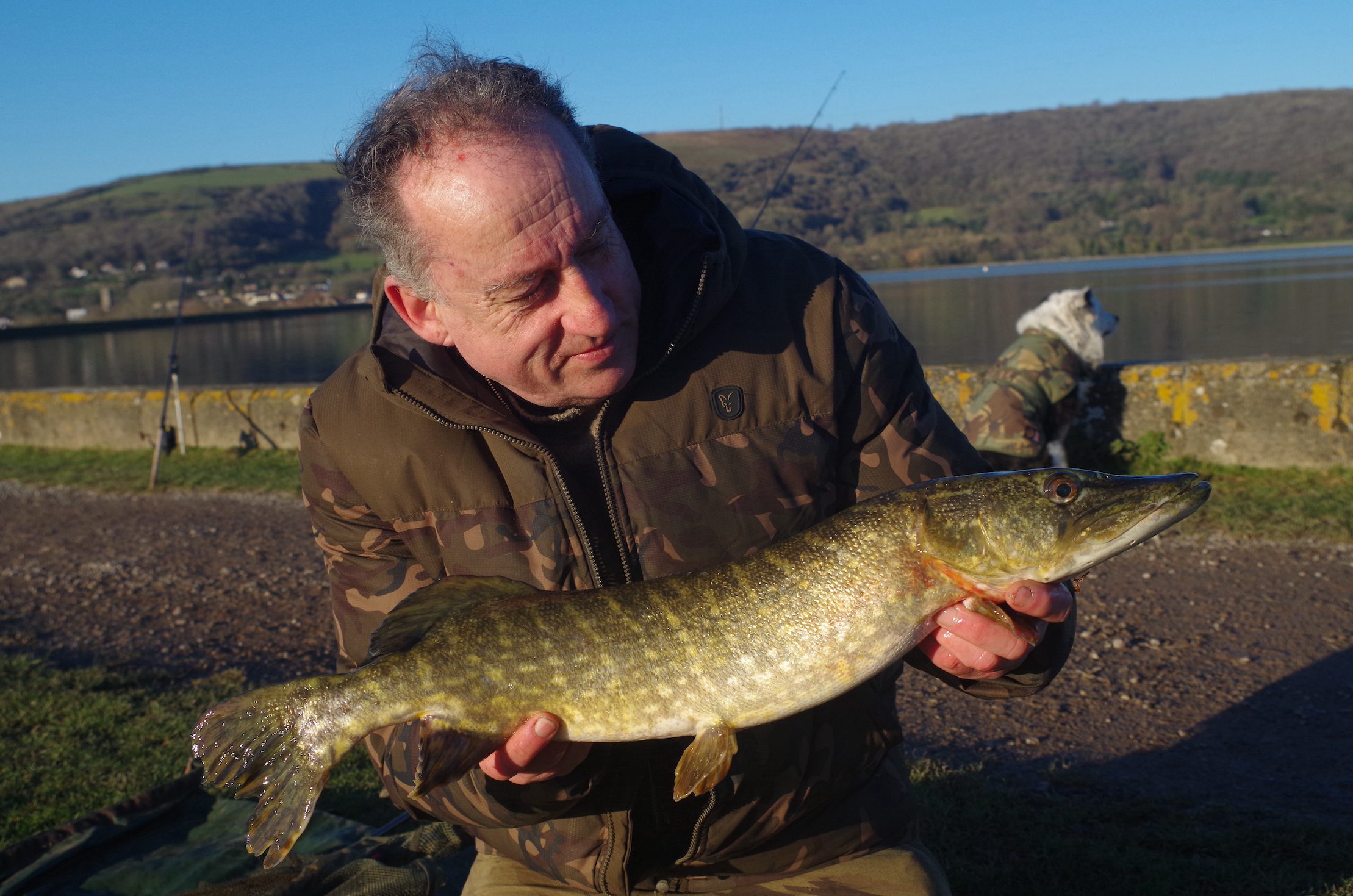
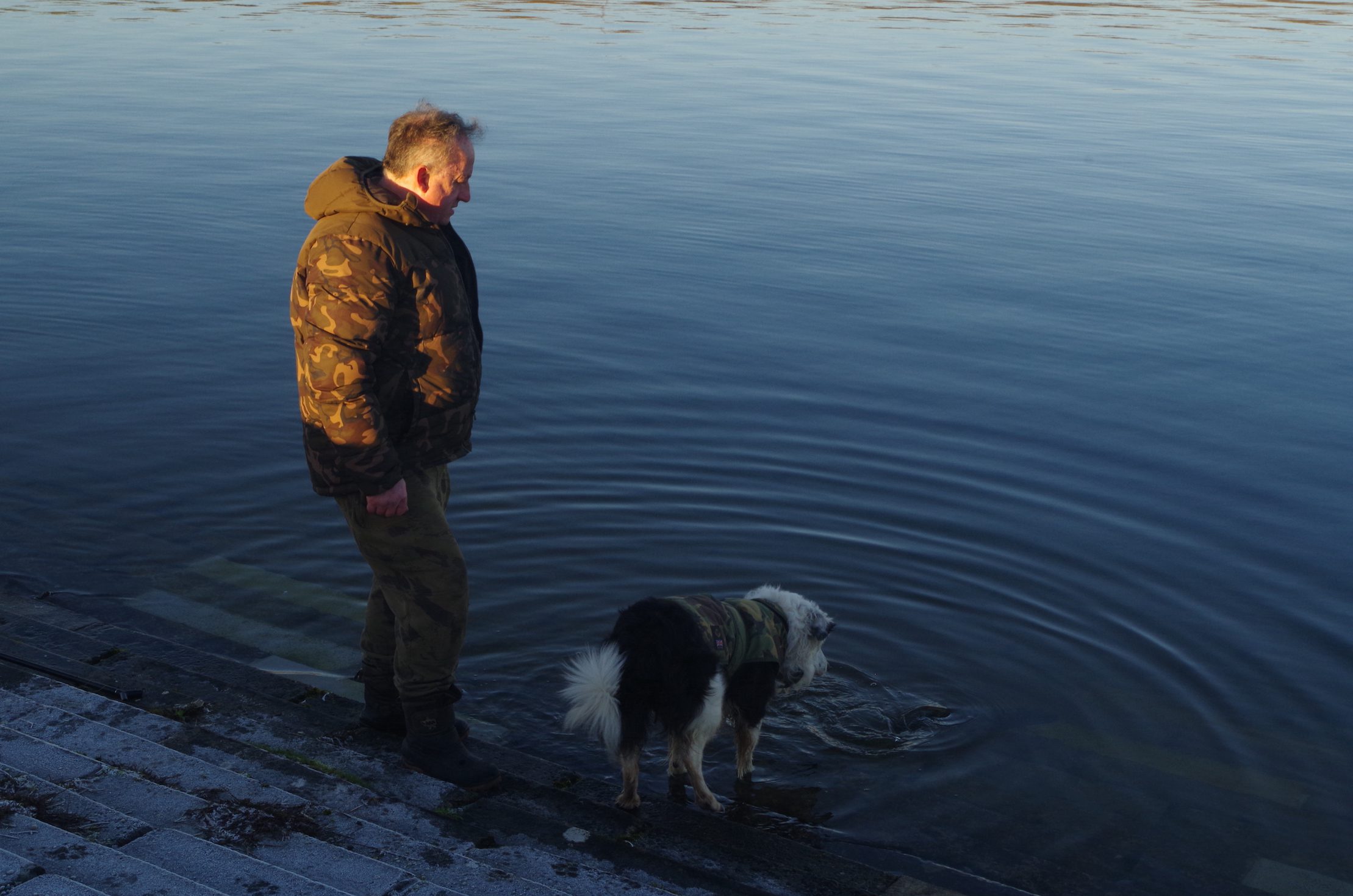
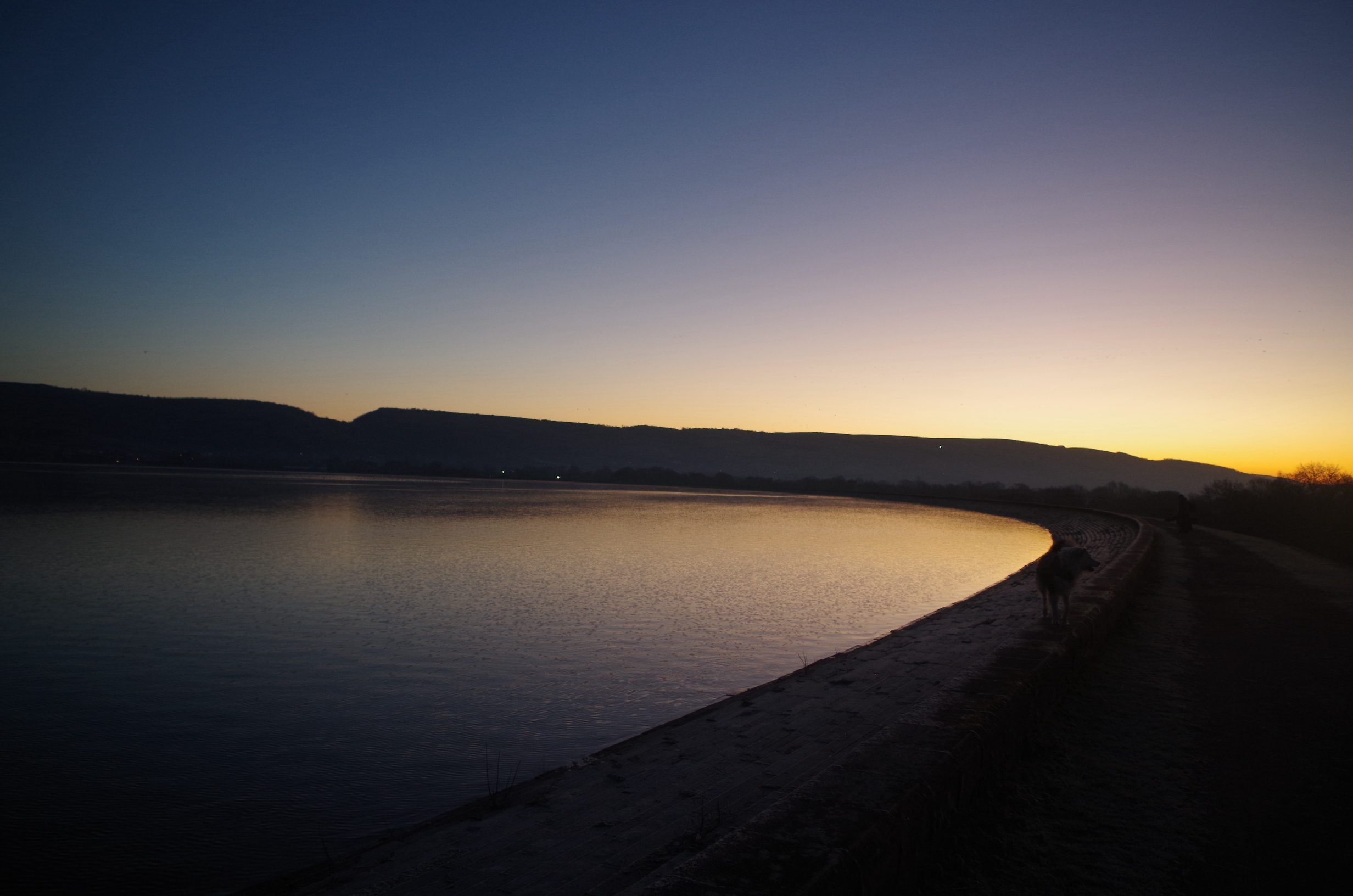
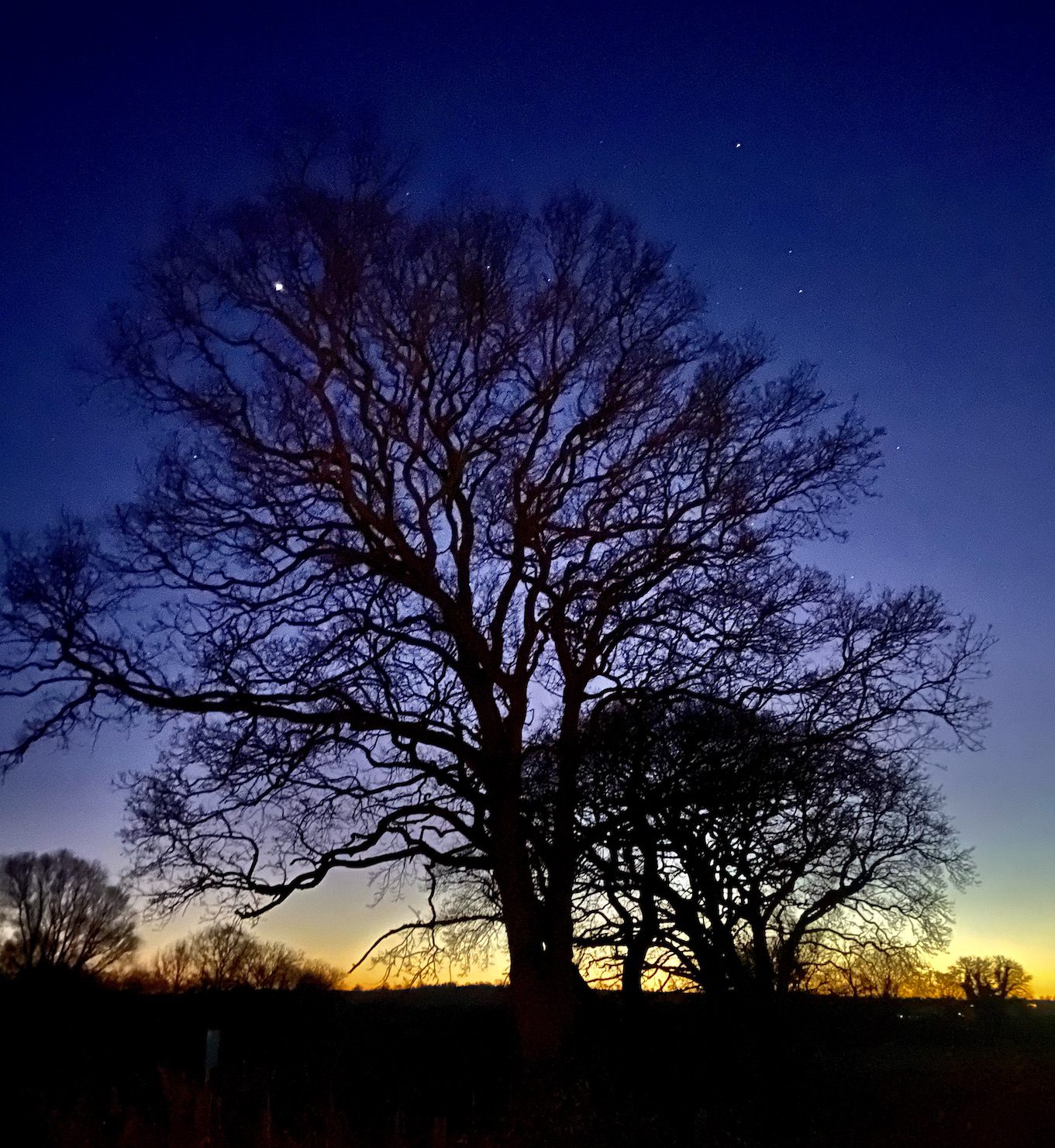

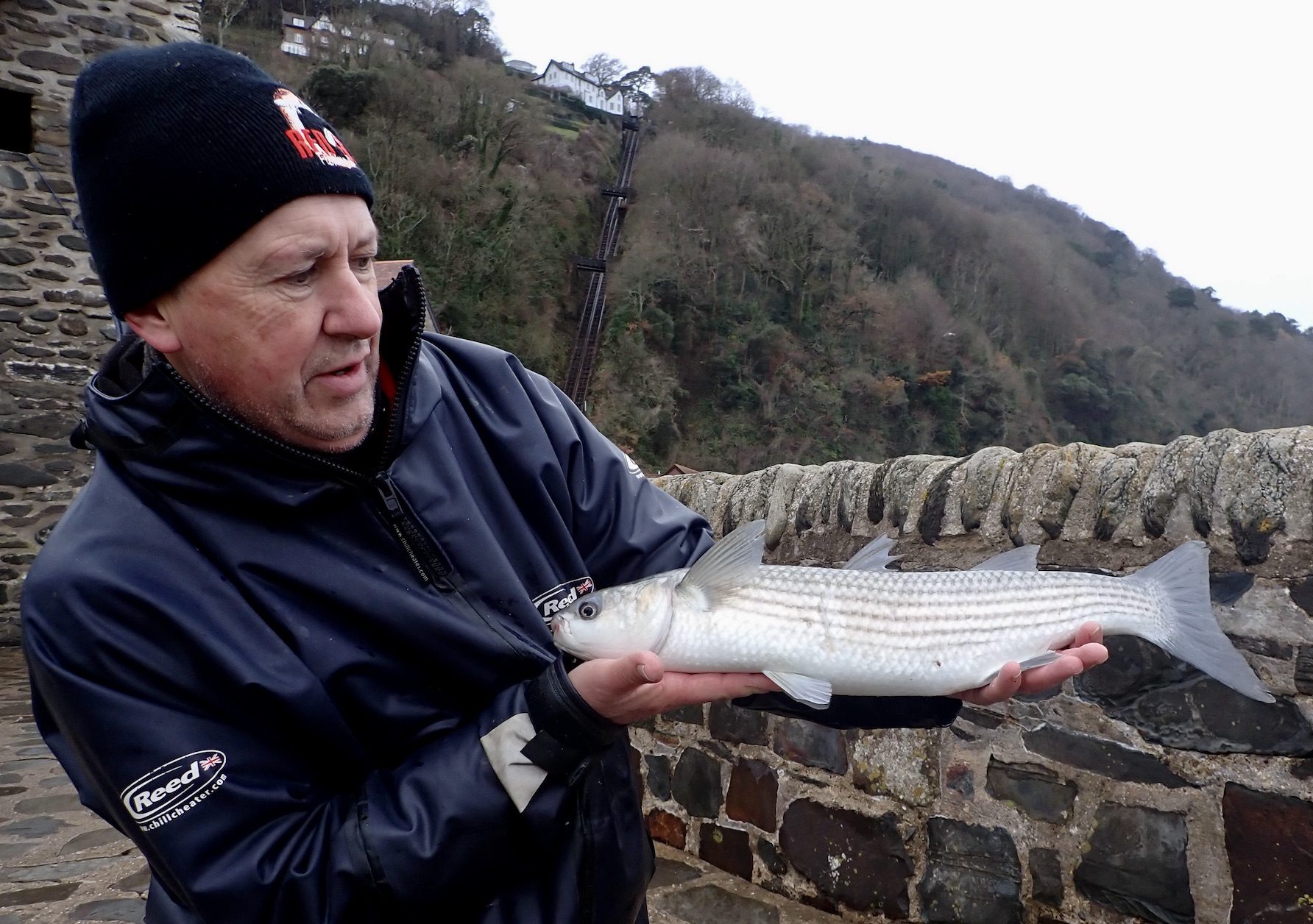
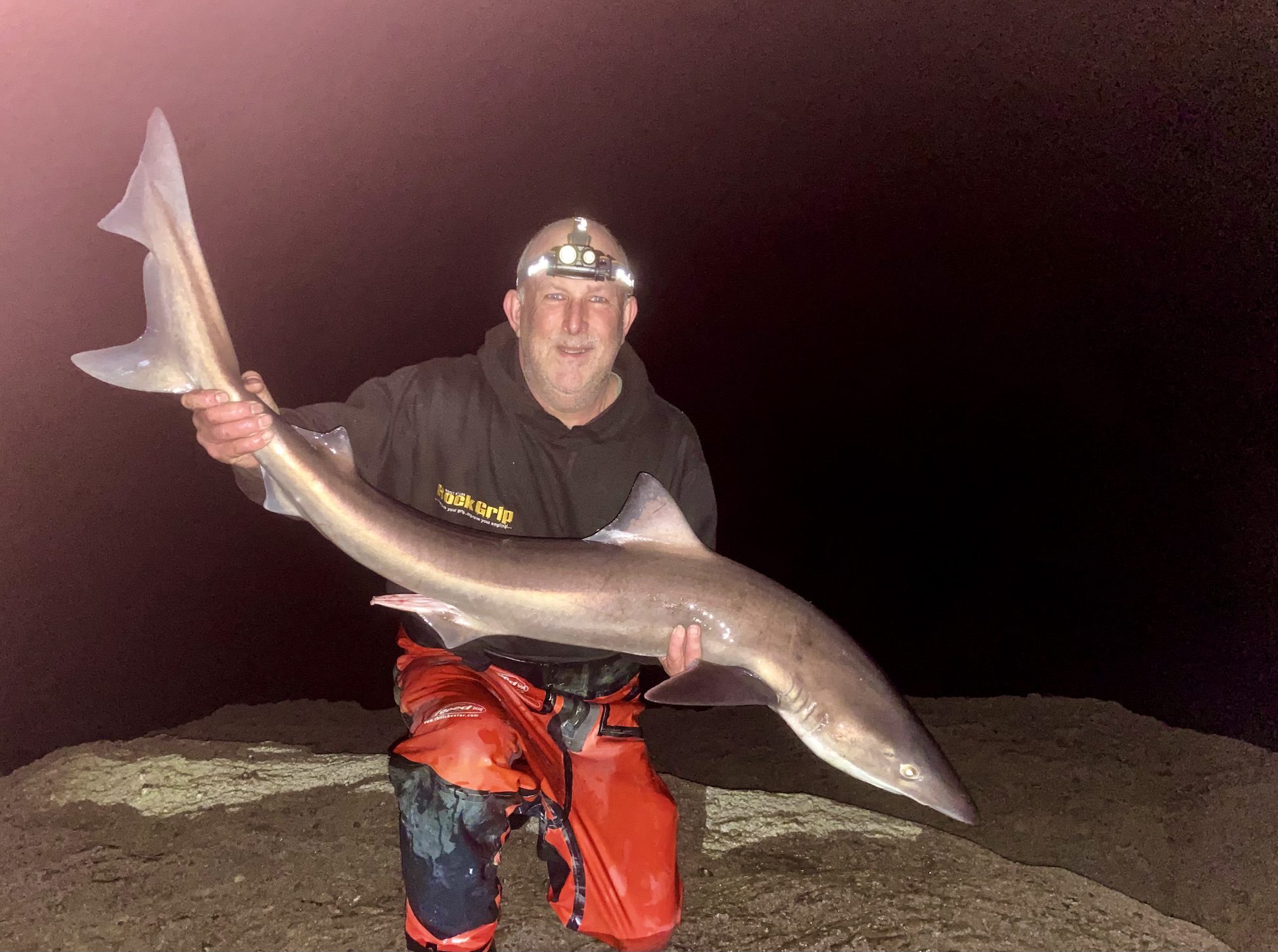
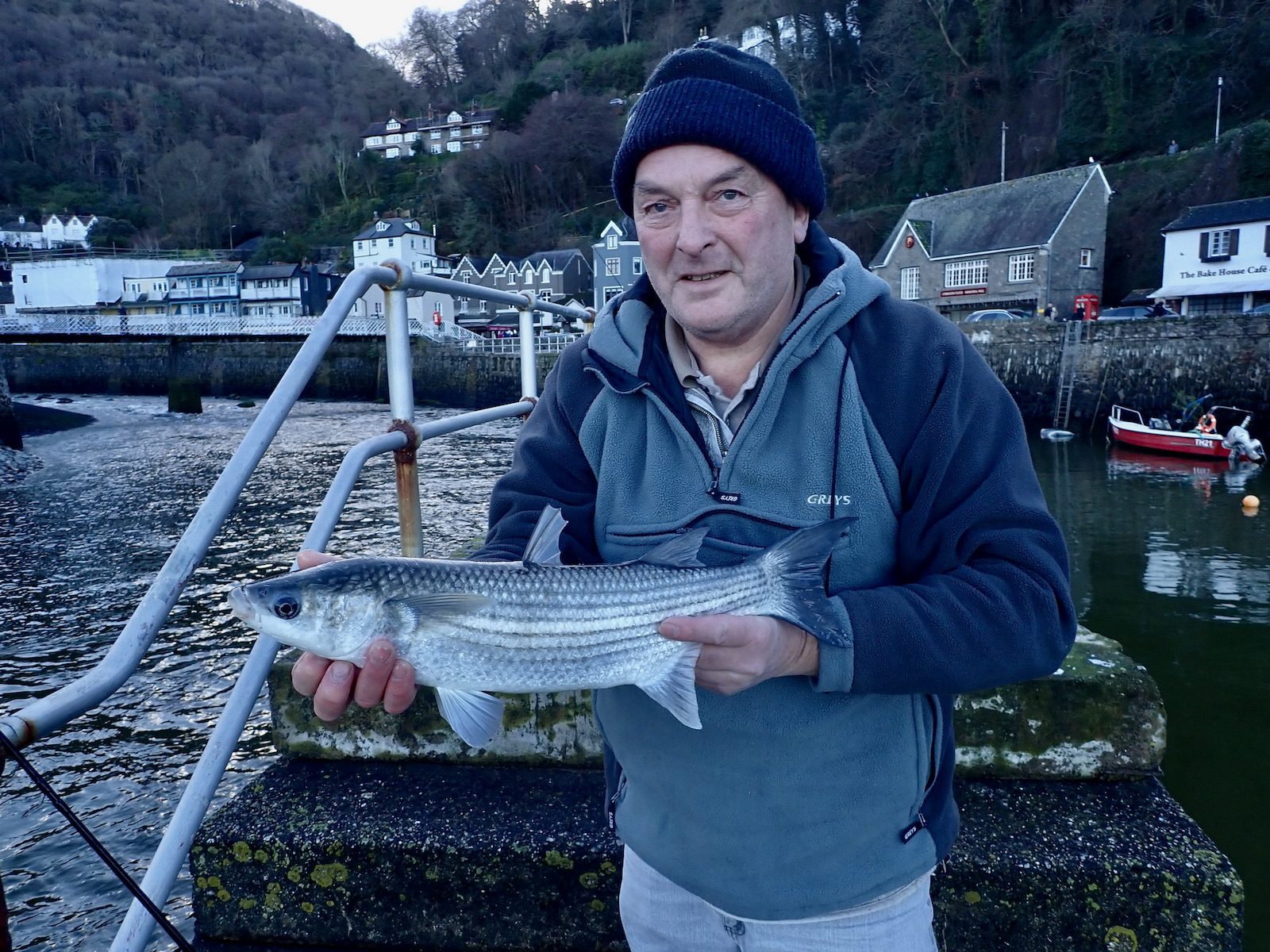
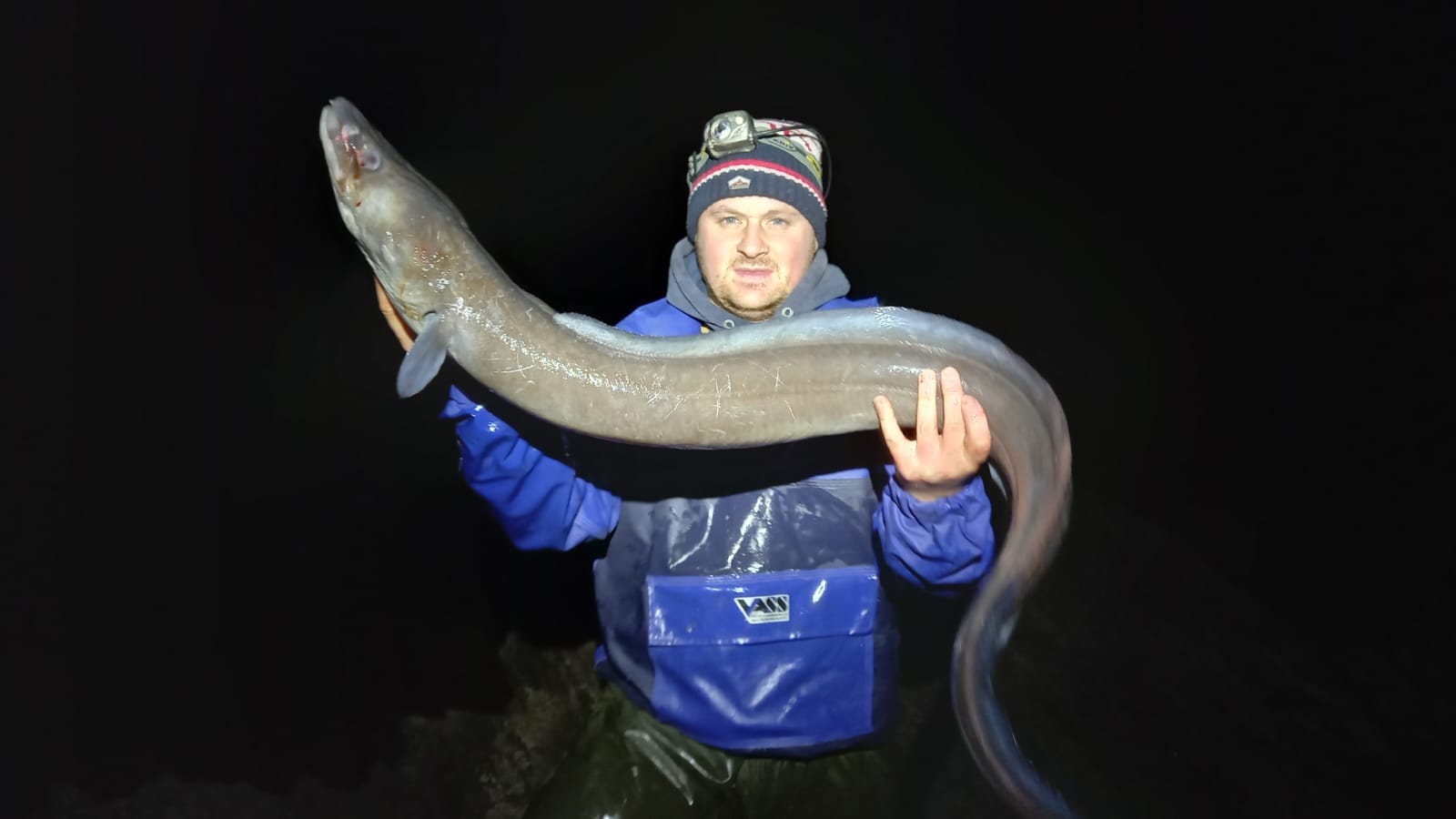

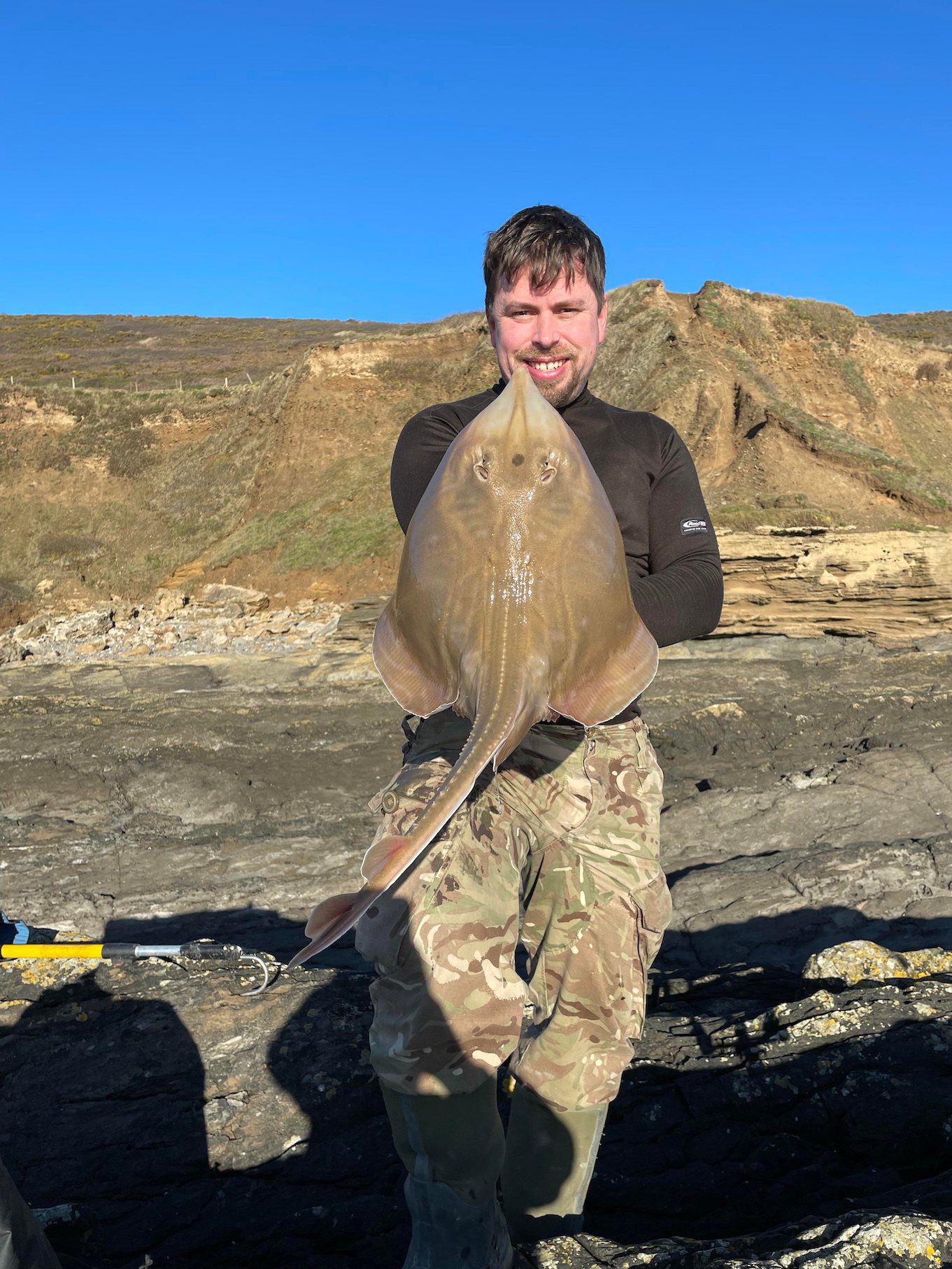
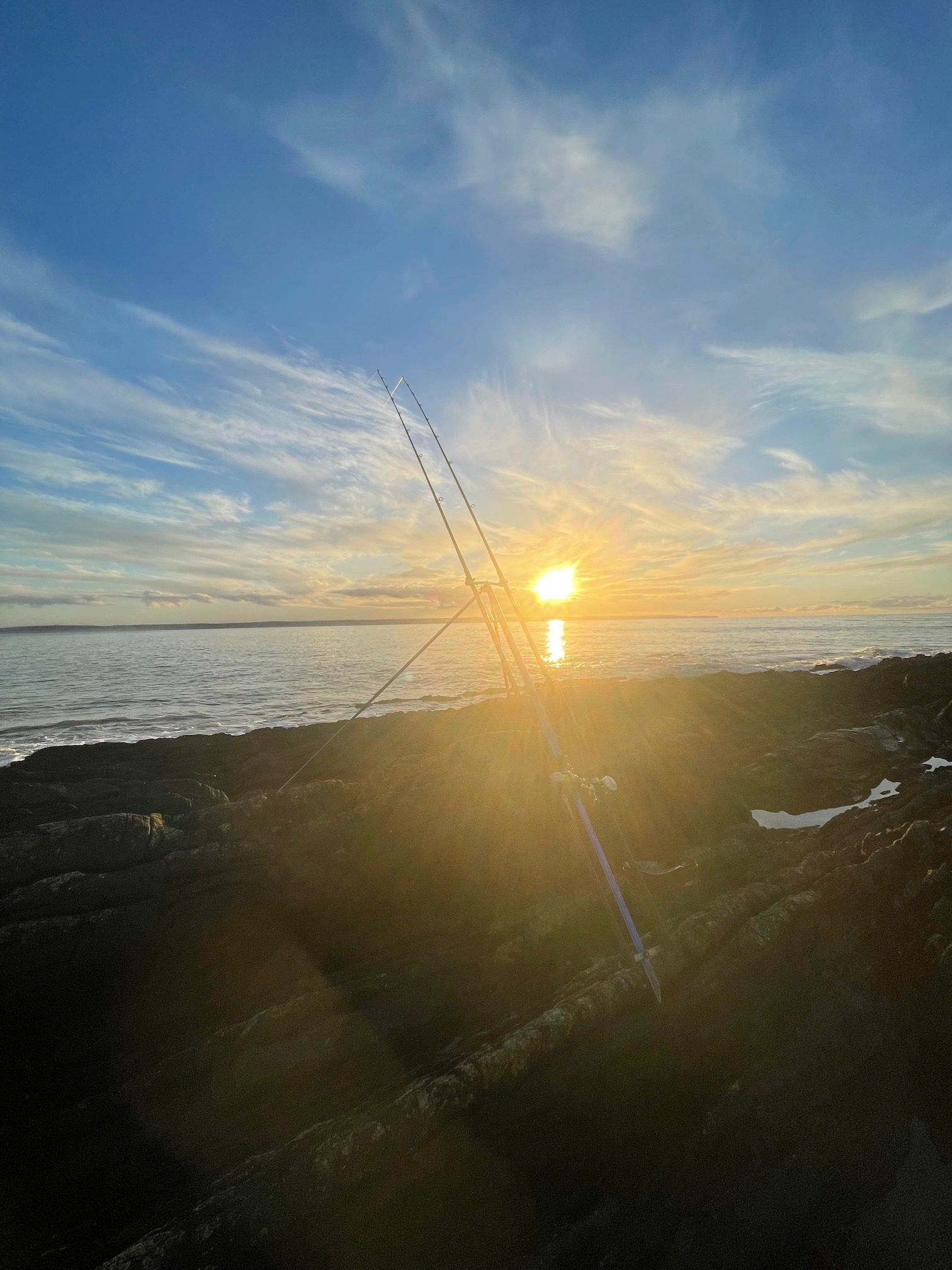
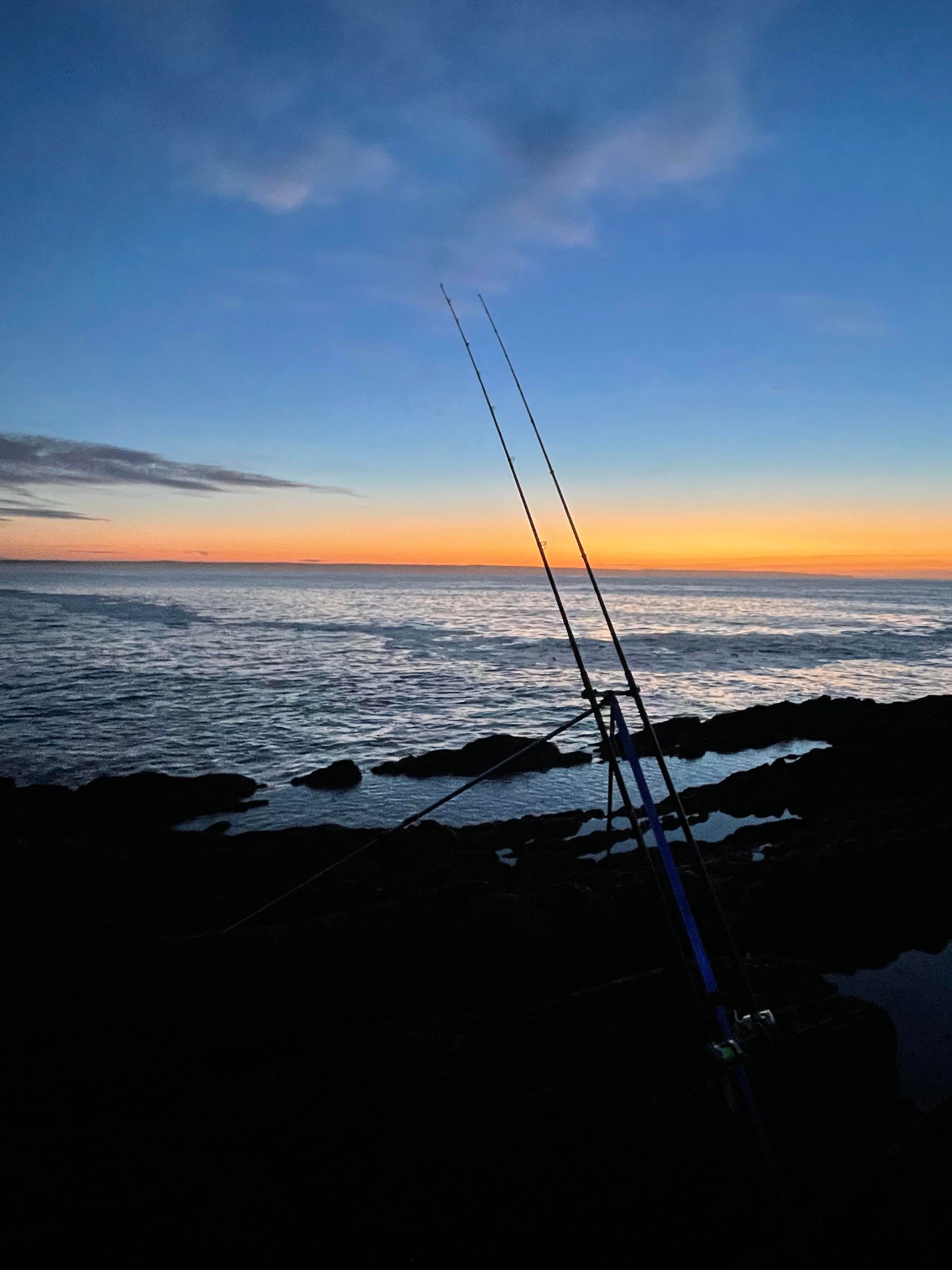
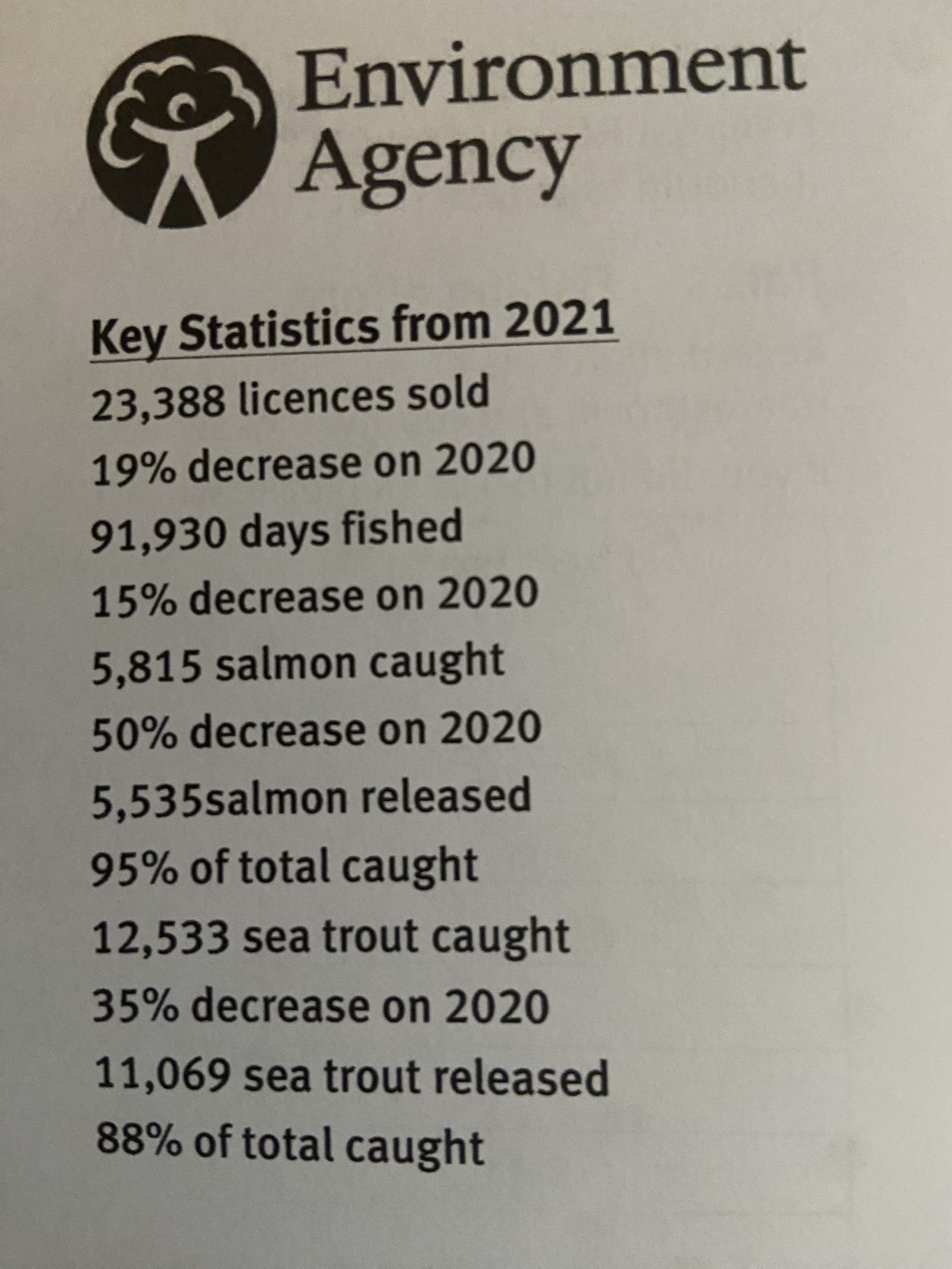
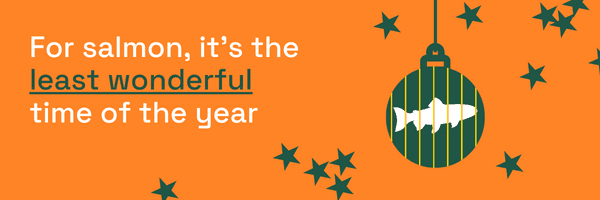
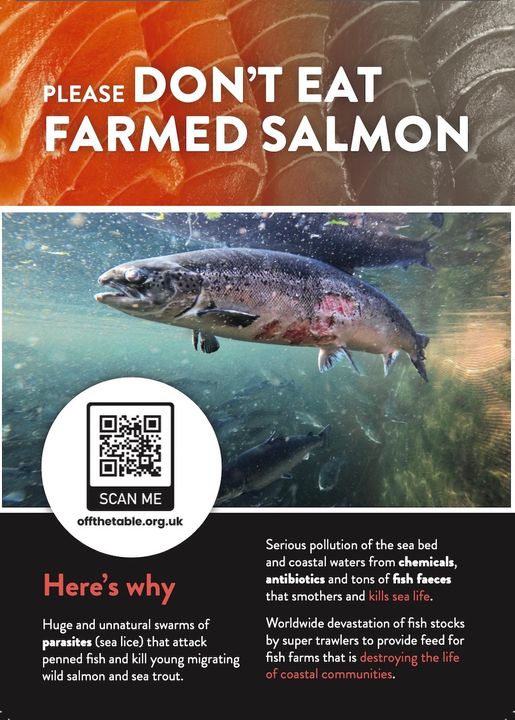
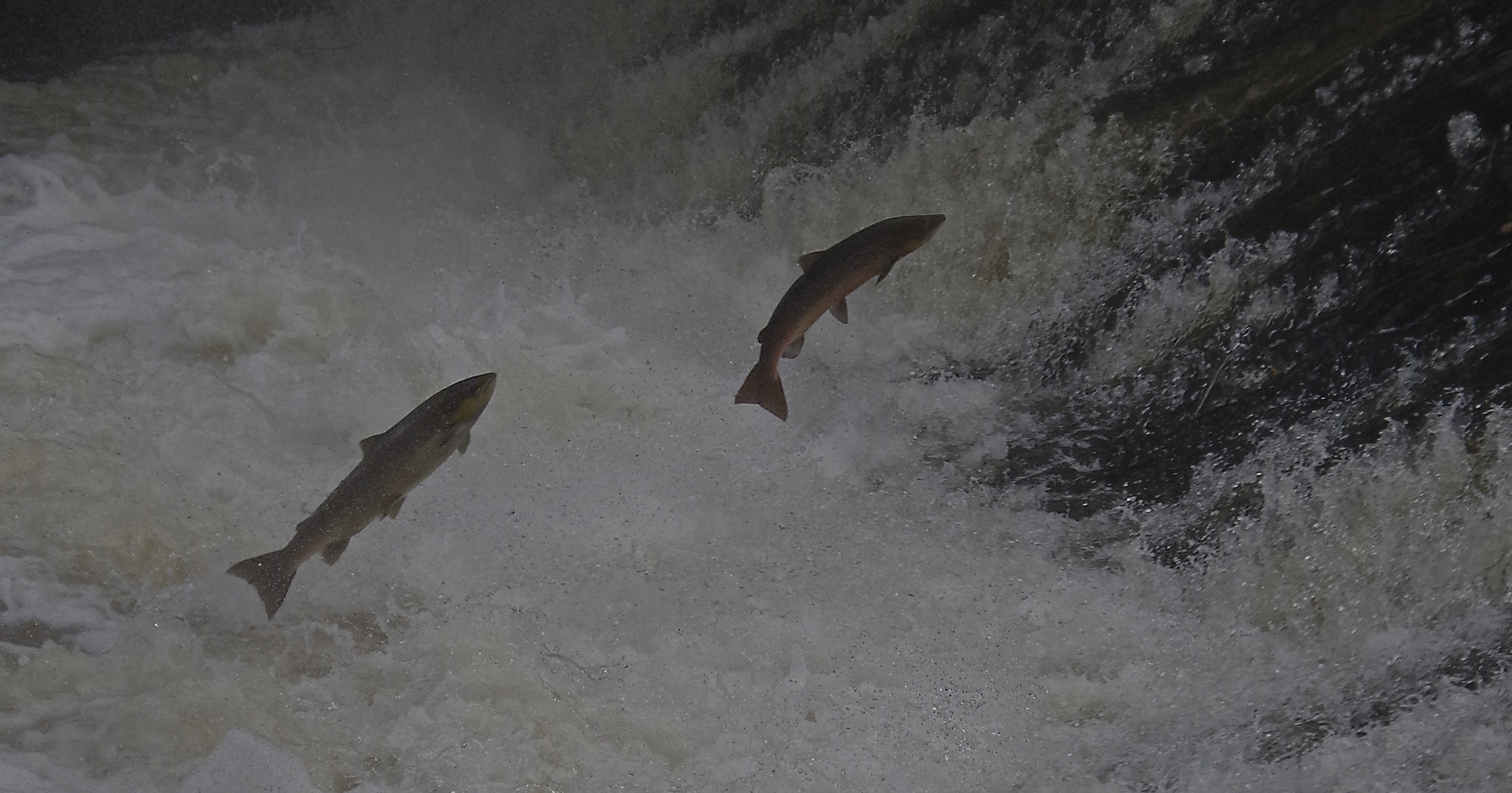

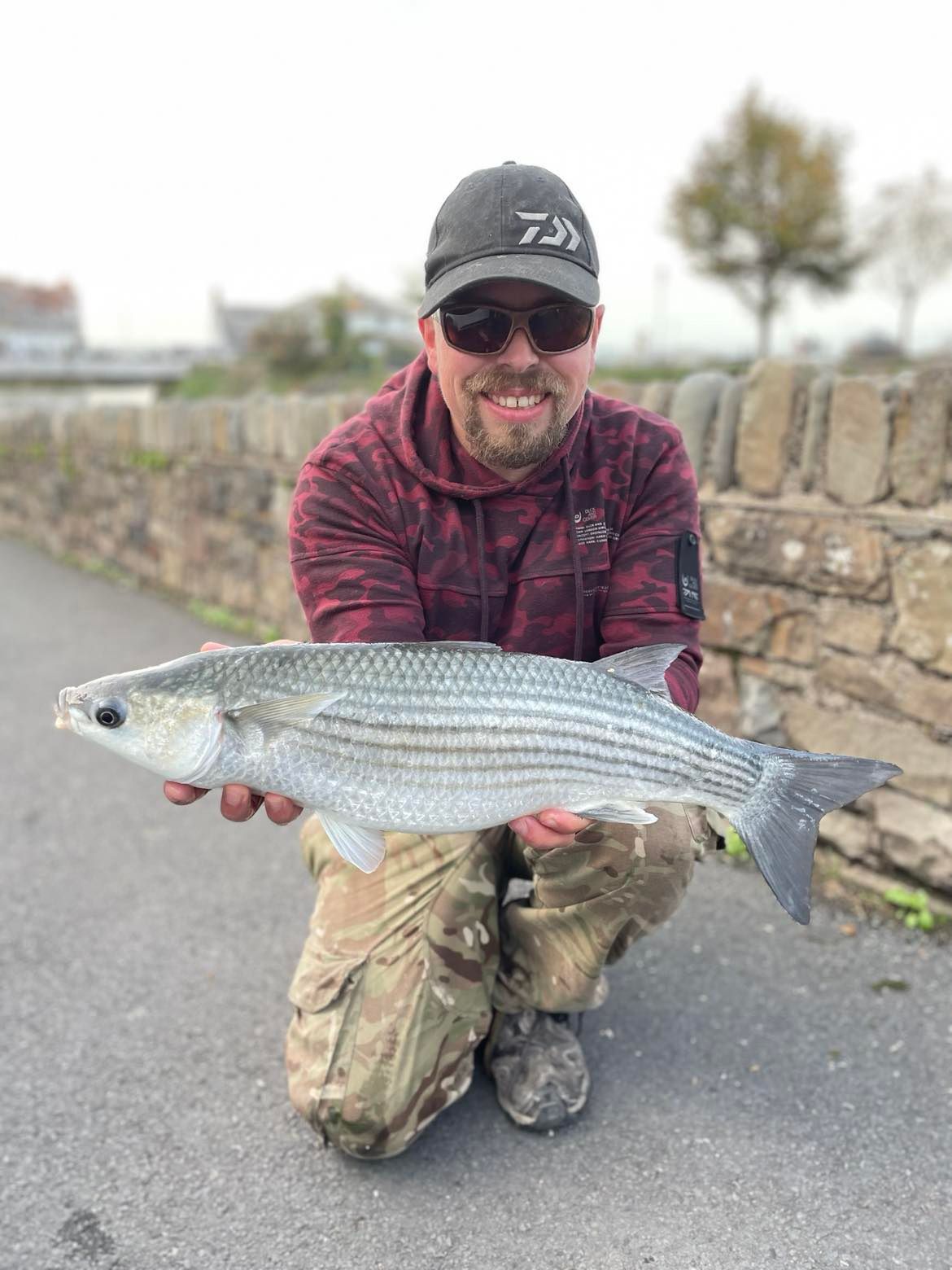
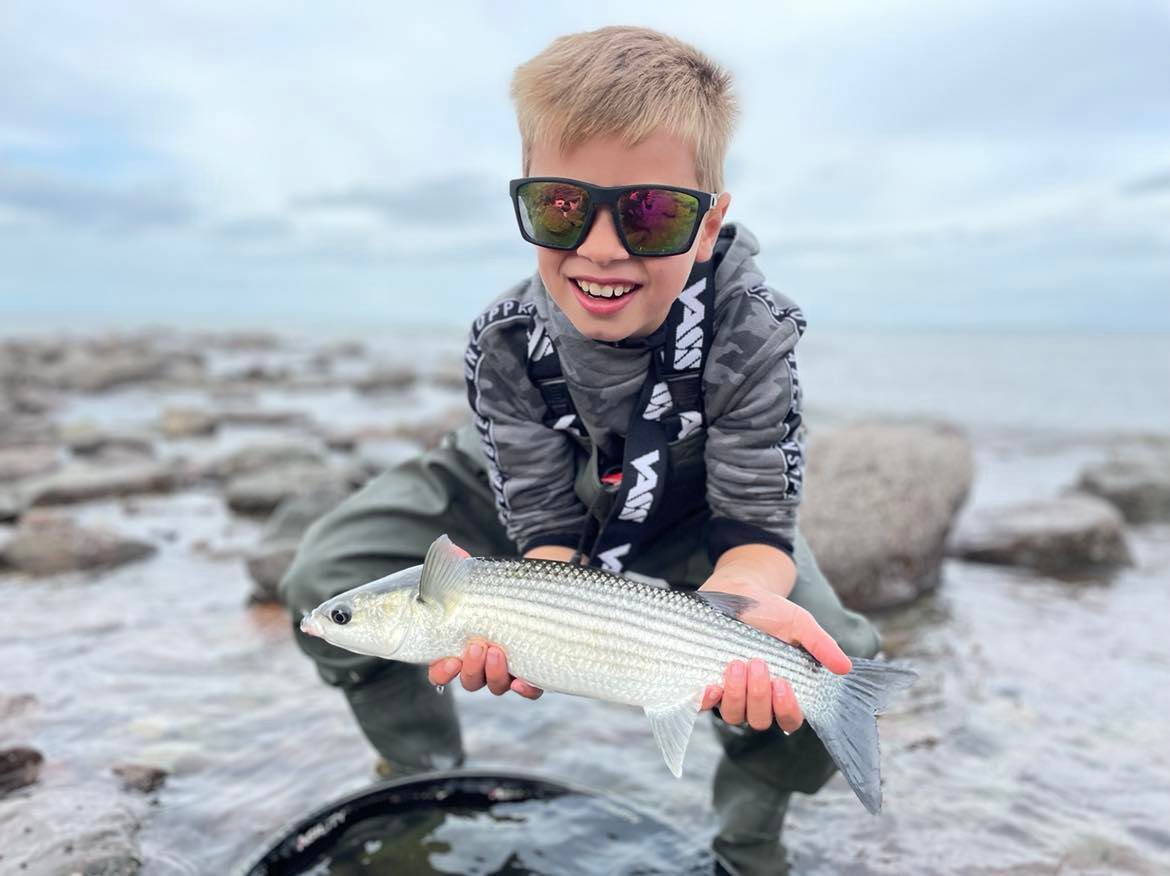
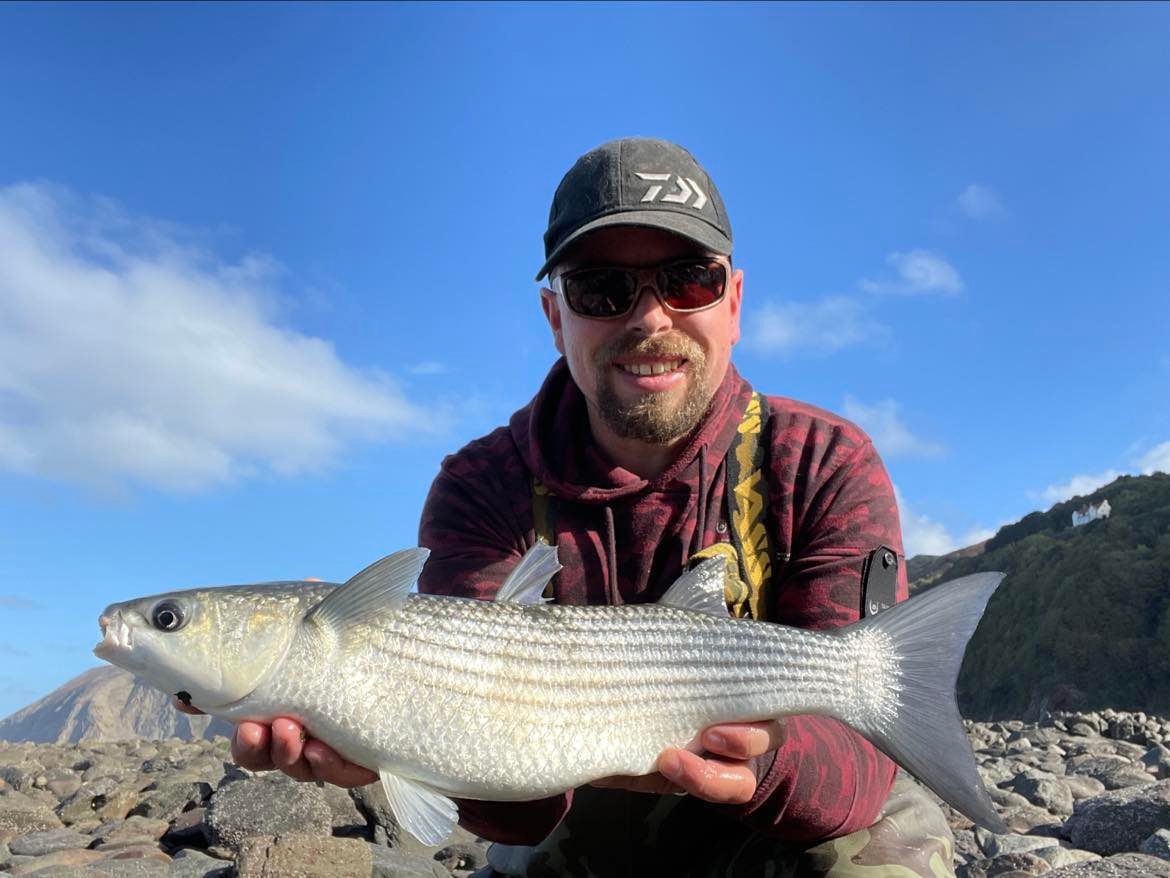
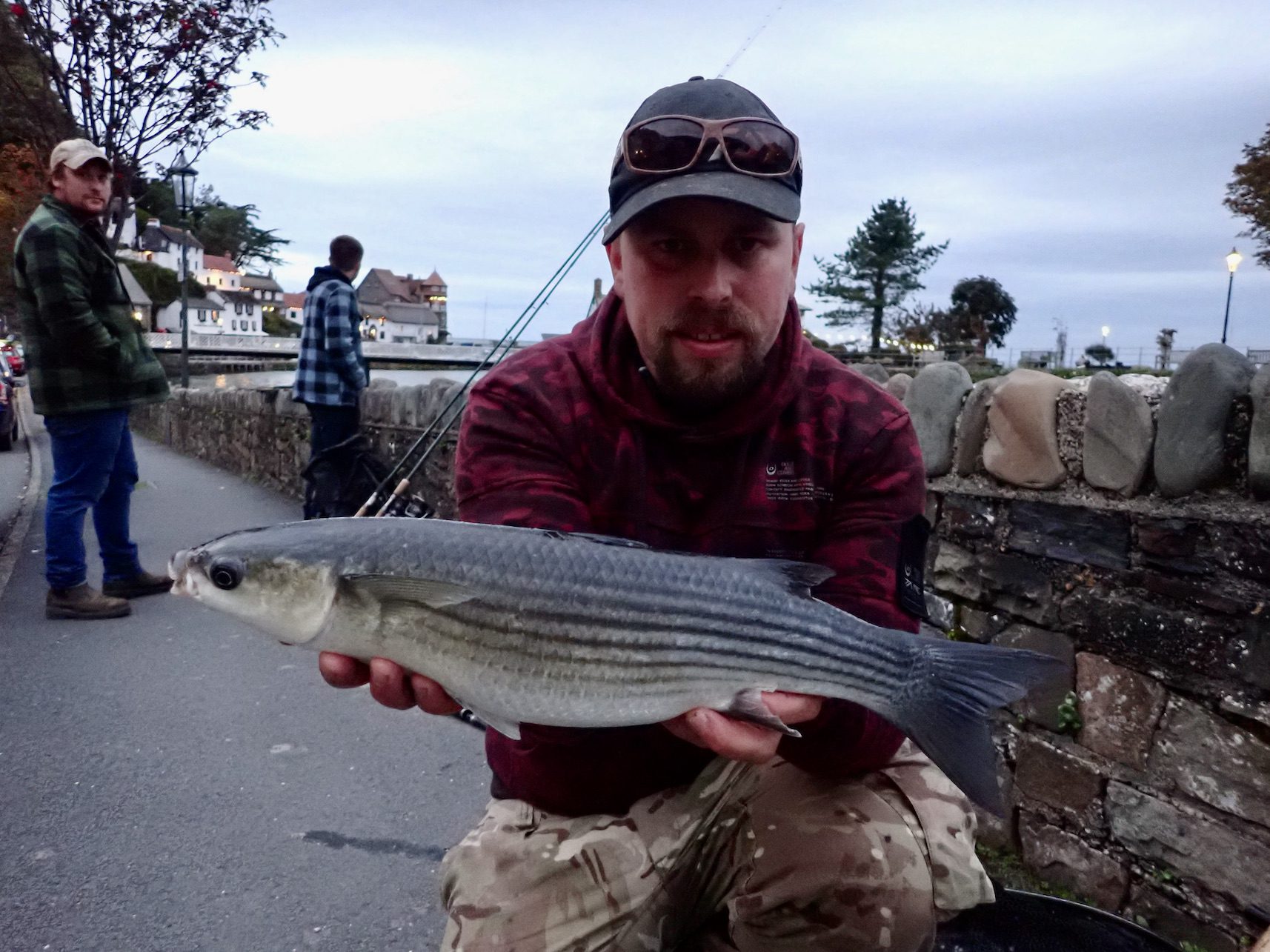
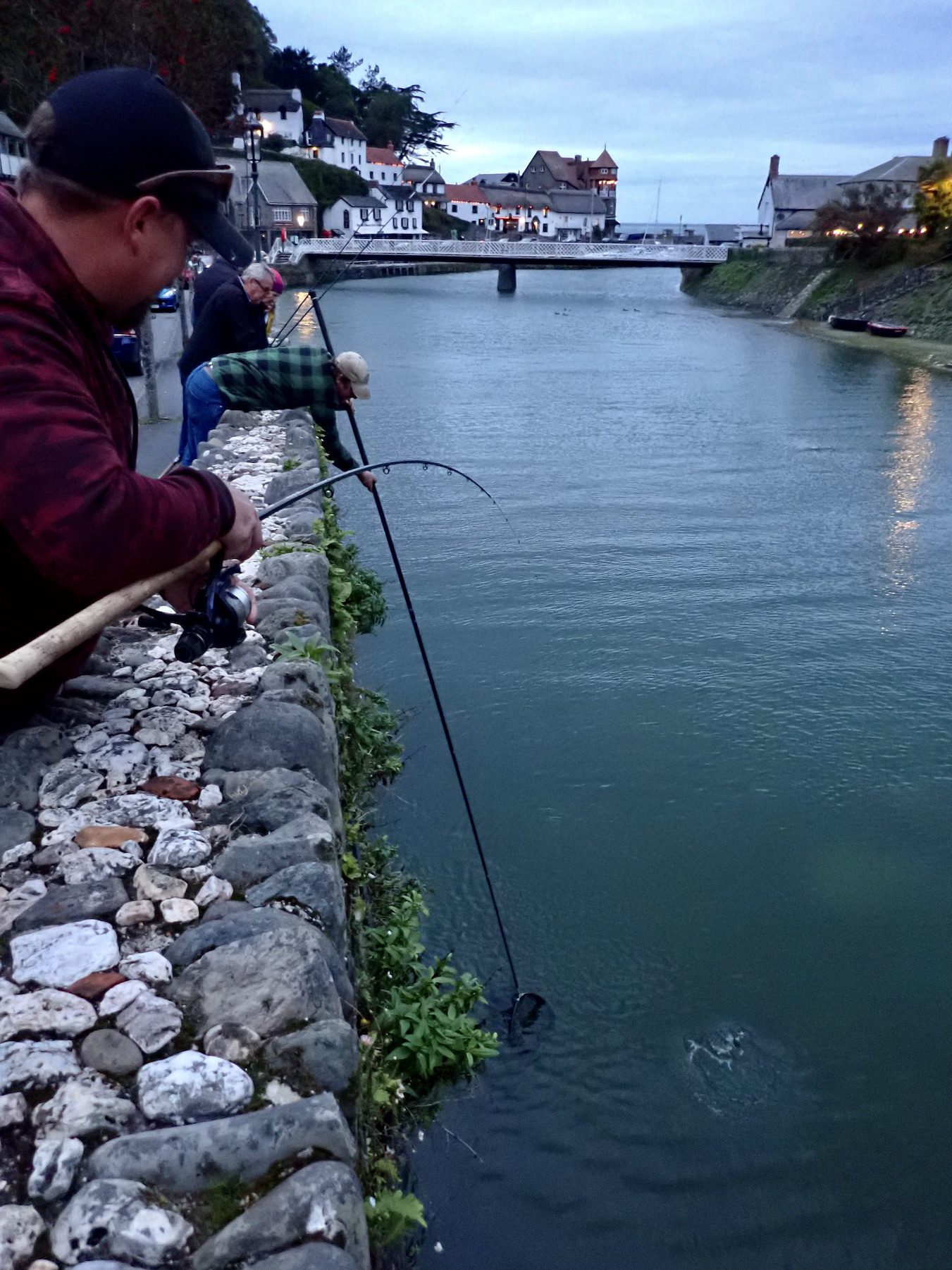
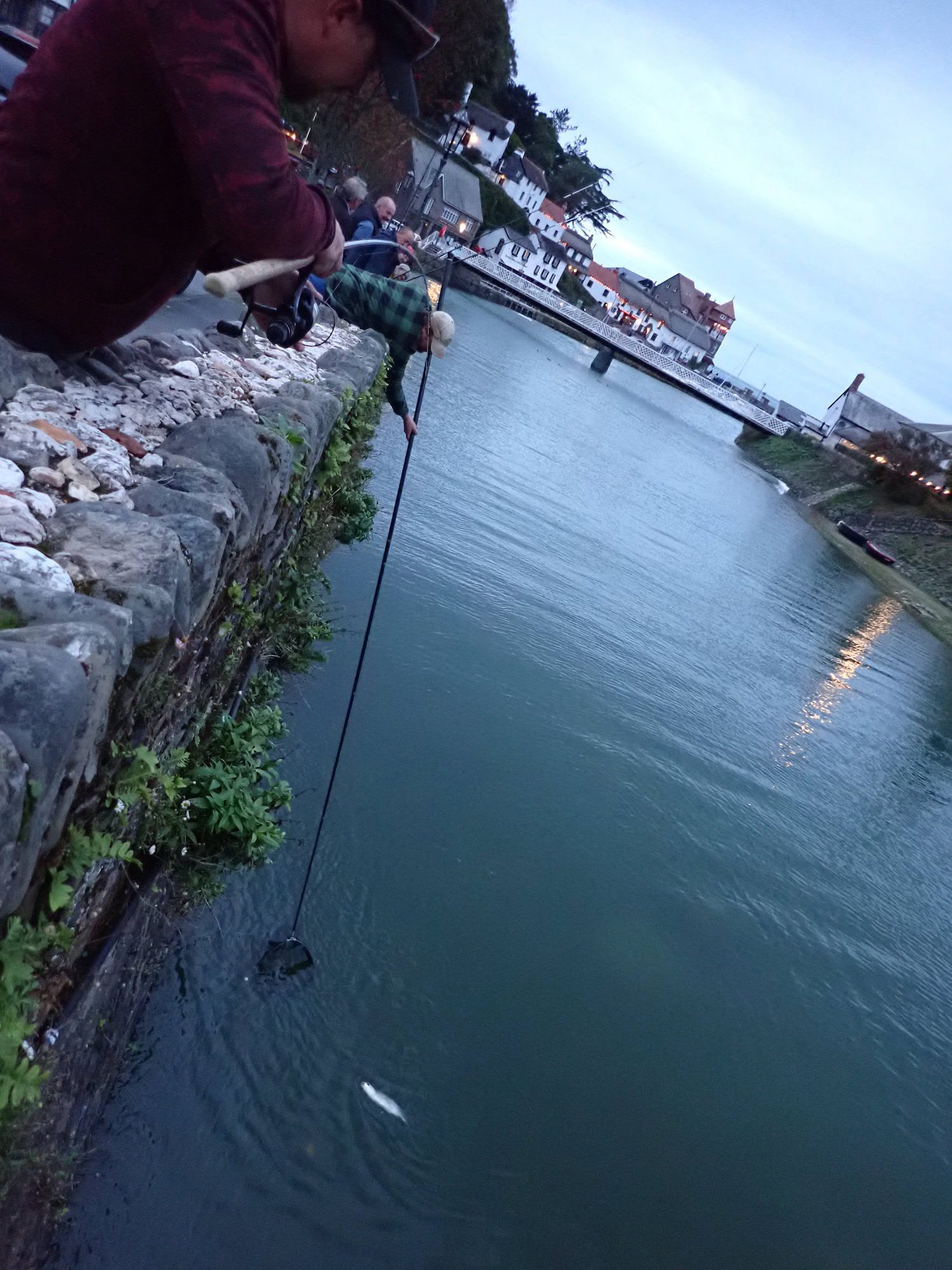
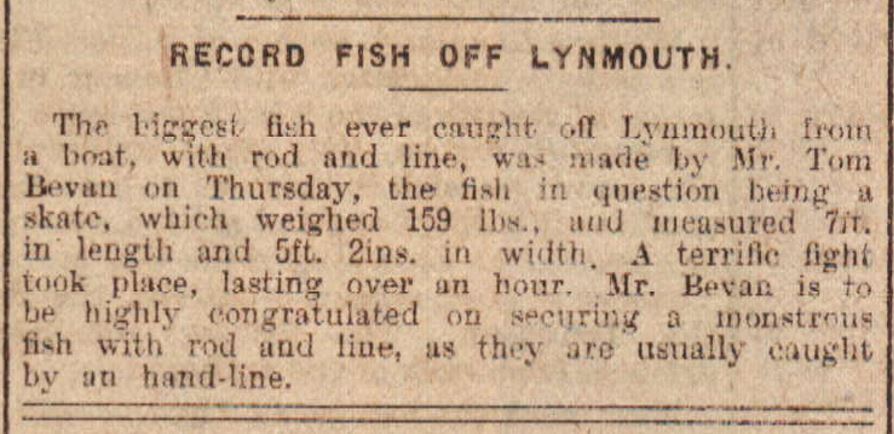
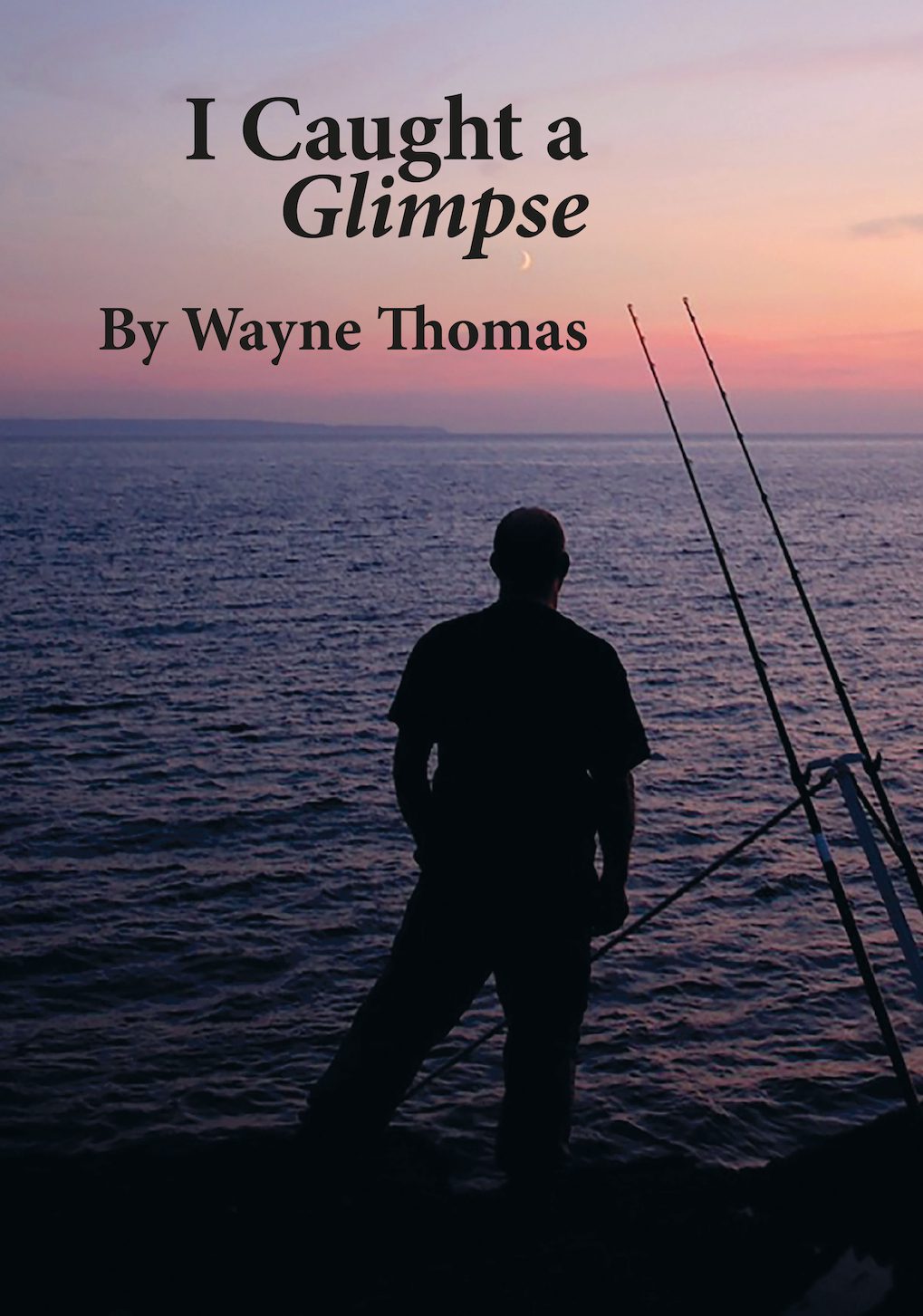

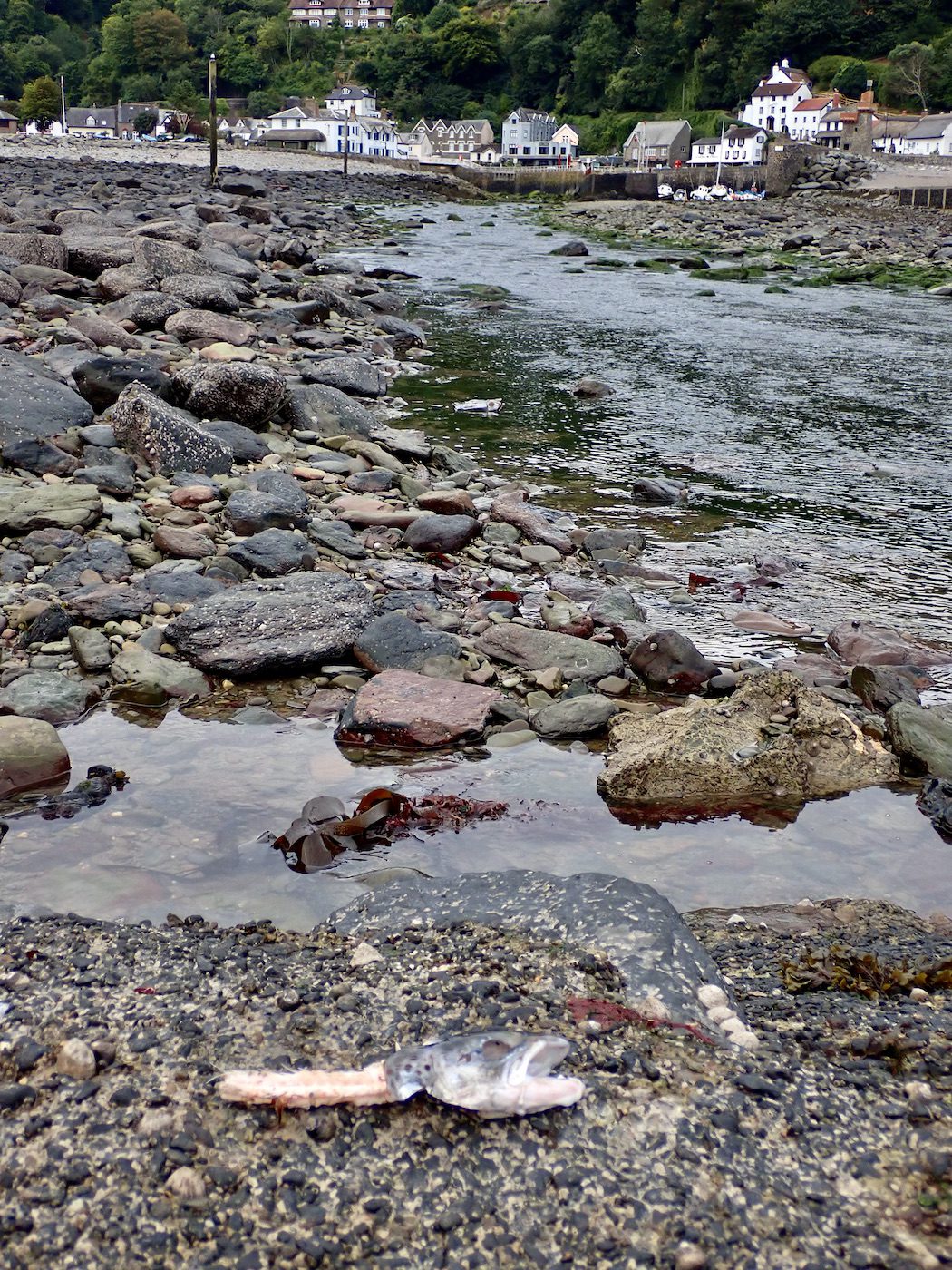
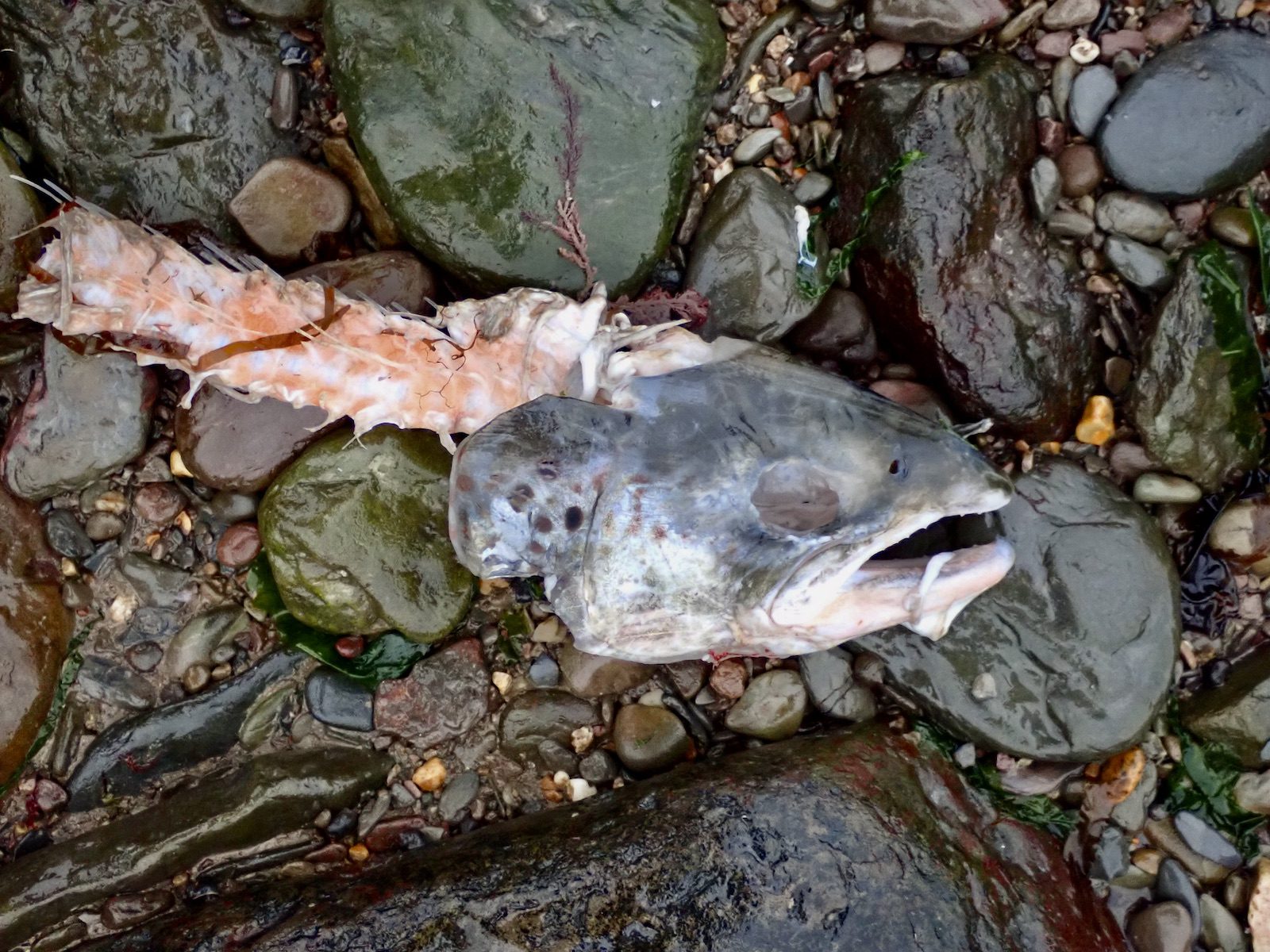
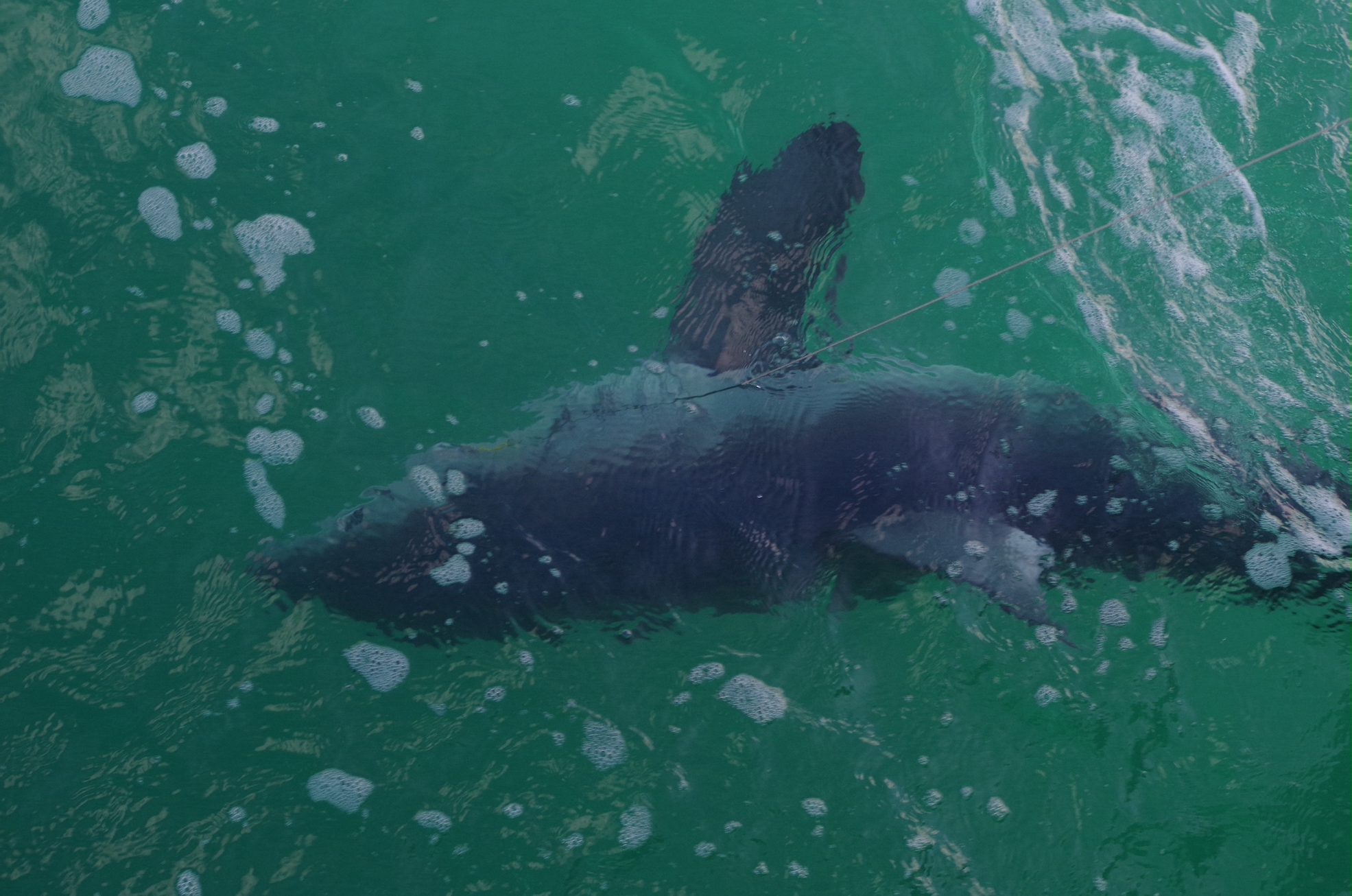

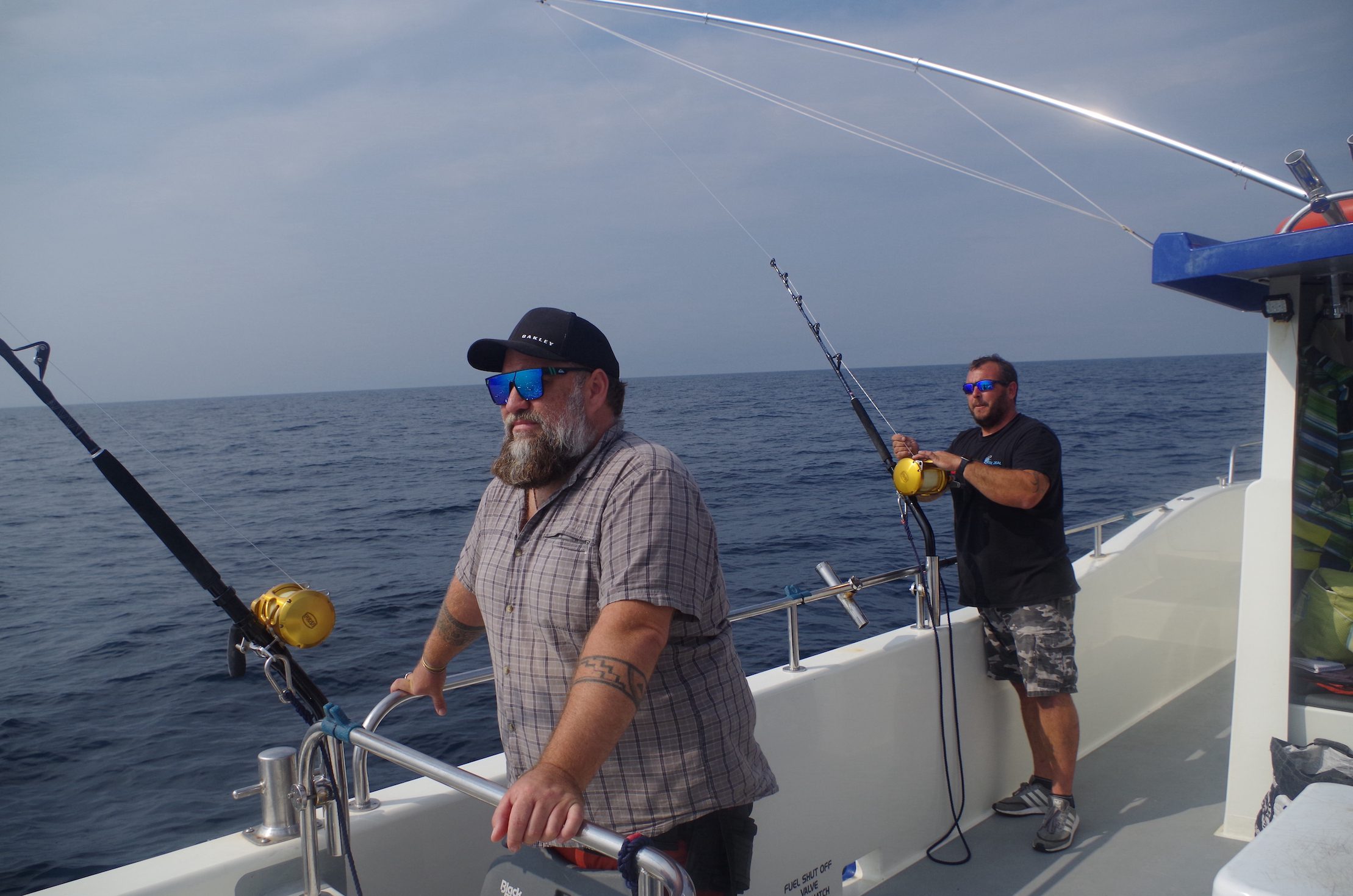
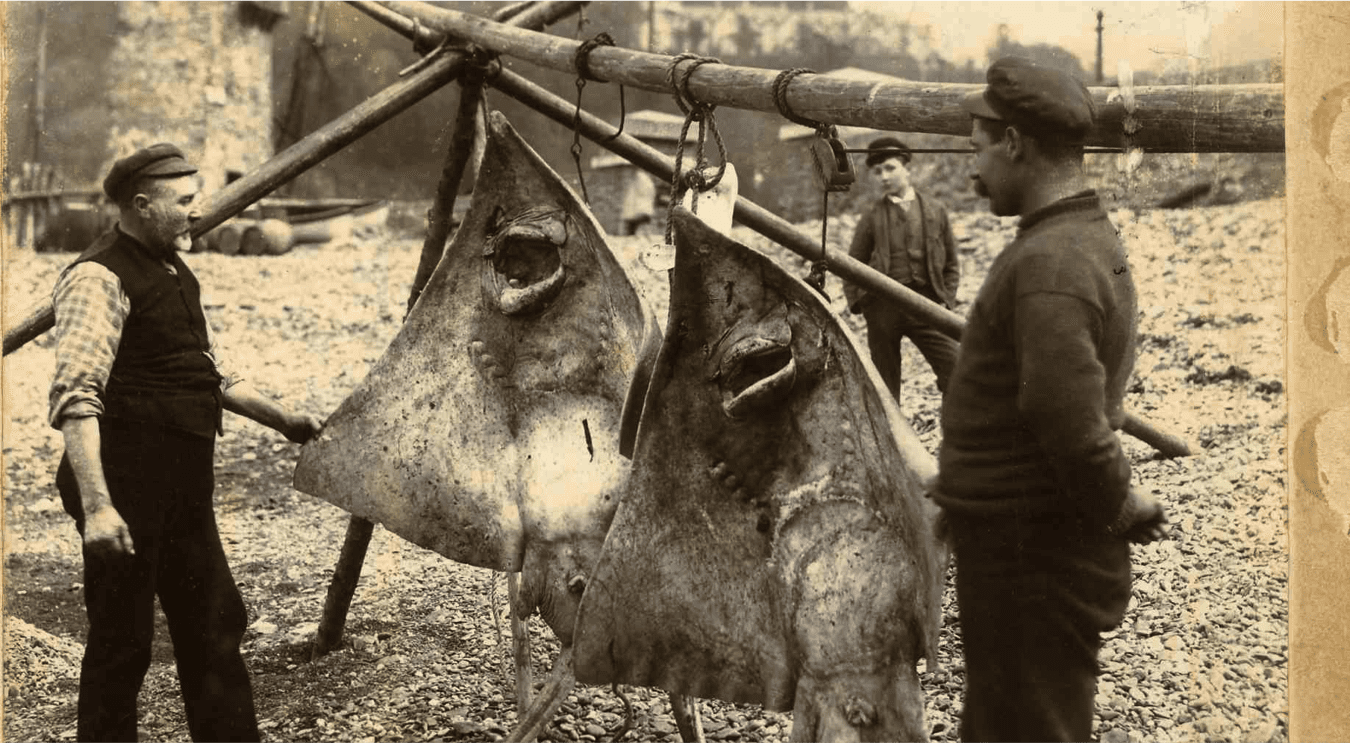
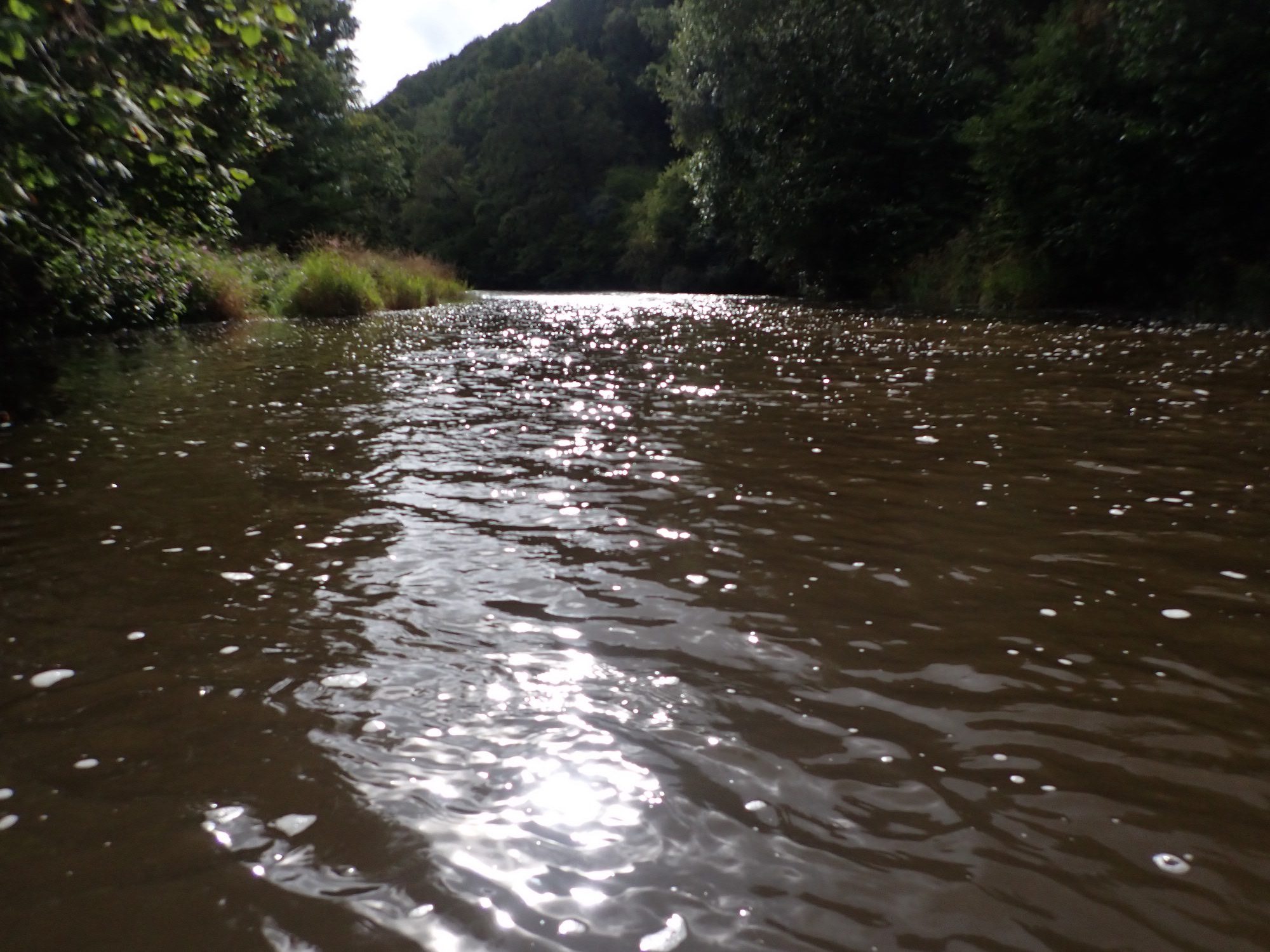 Small rises in the Taw and Torridge brought some hope of salmon with a few reported following the weekend. A twelve pound cock fish was caught by Barry Mills at Little Warham fishery on the River Torridge and two salmon were tempted on the Taw by Simon Hillcox.. It is likely that foul water following these small spates has deterred some fish from entering the rivers. A deluge of rain is required before the seasons end if good numbers of salmon are to be tempted from the rivers. There have been reports of fish leaping in the estuaries.
Small rises in the Taw and Torridge brought some hope of salmon with a few reported following the weekend. A twelve pound cock fish was caught by Barry Mills at Little Warham fishery on the River Torridge and two salmon were tempted on the Taw by Simon Hillcox.. It is likely that foul water following these small spates has deterred some fish from entering the rivers. A deluge of rain is required before the seasons end if good numbers of salmon are to be tempted from the rivers. There have been reports of fish leaping in the estuaries.